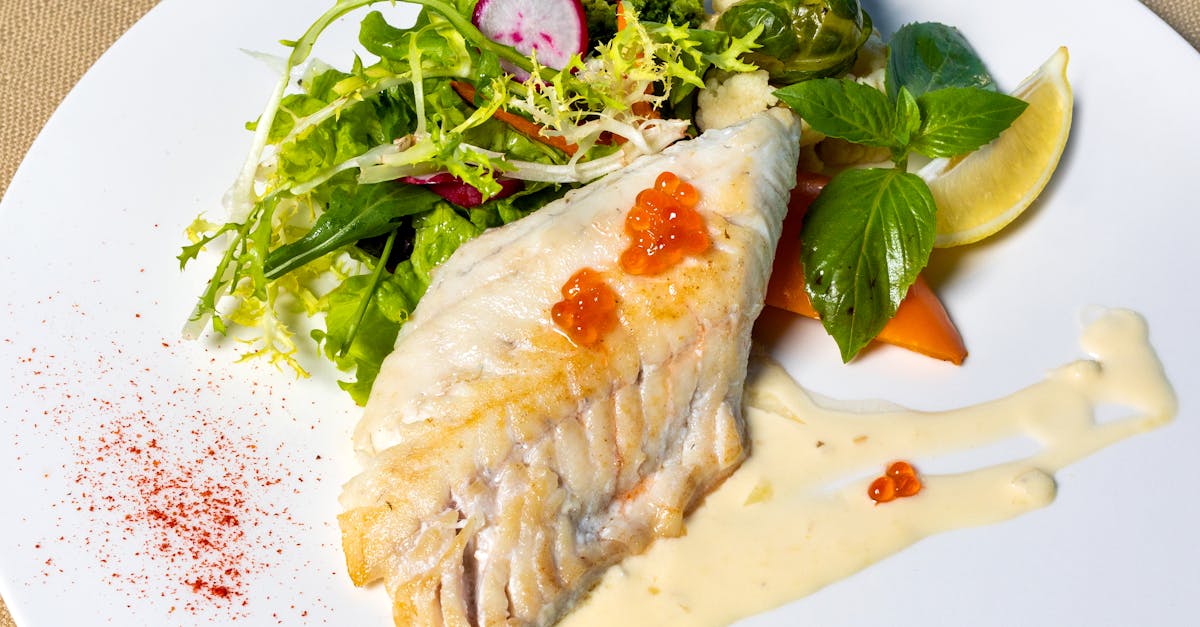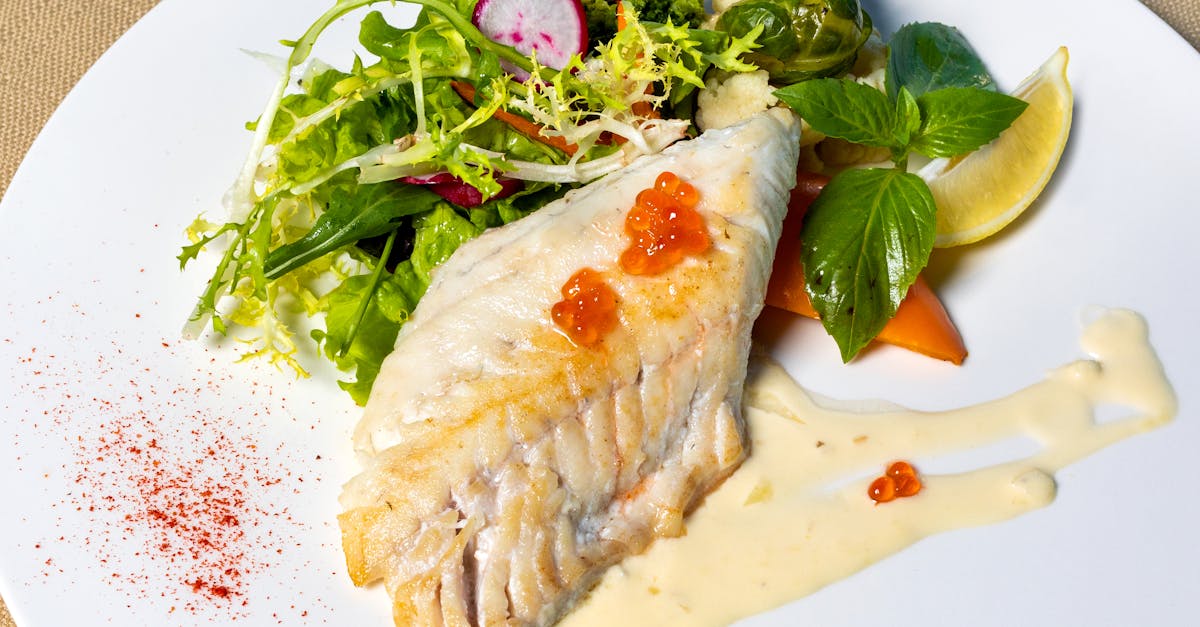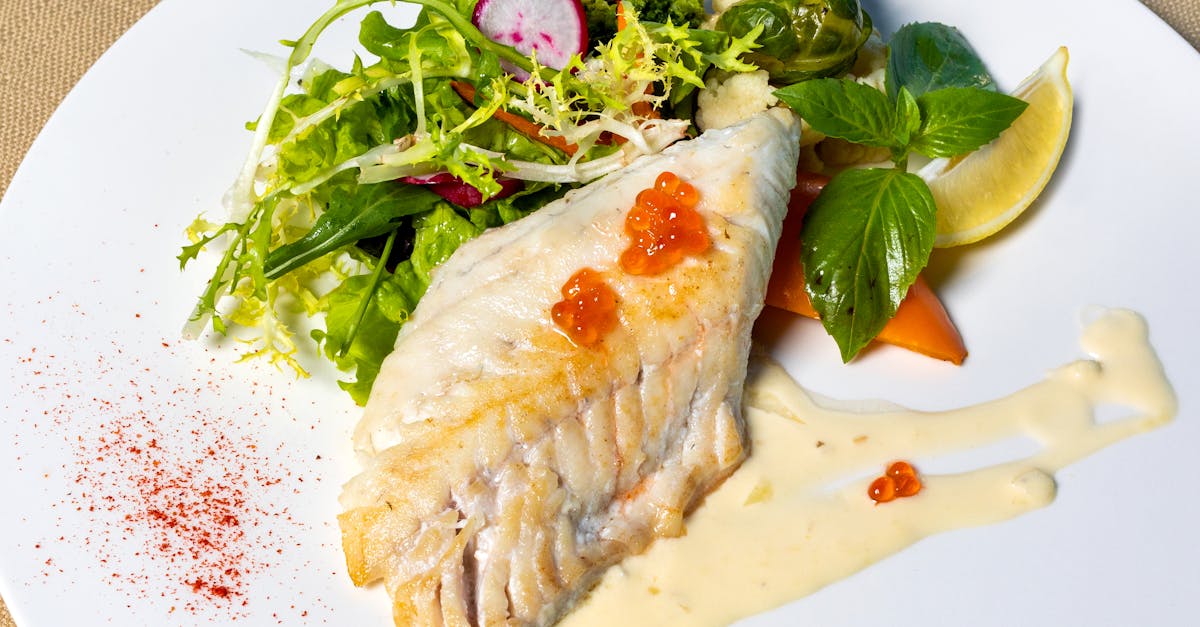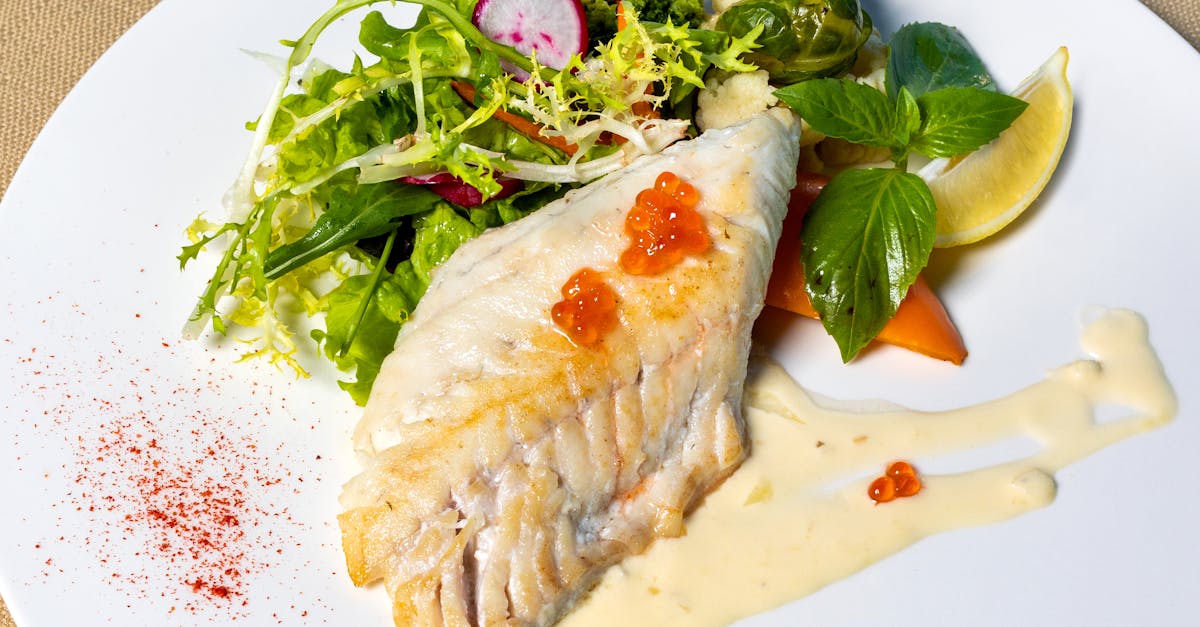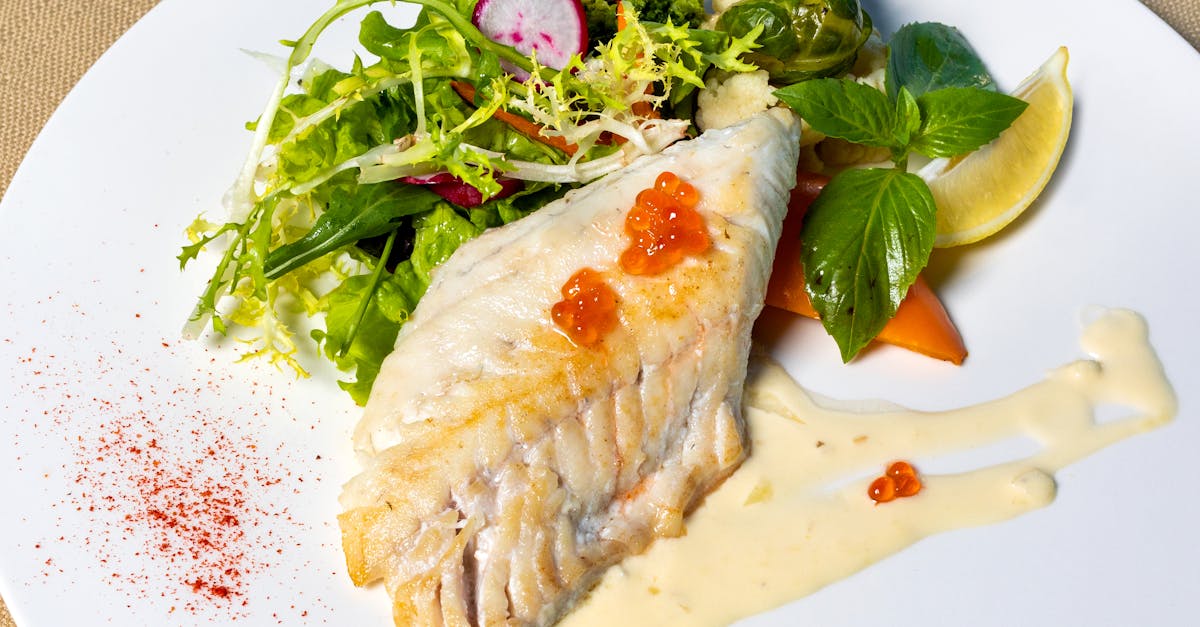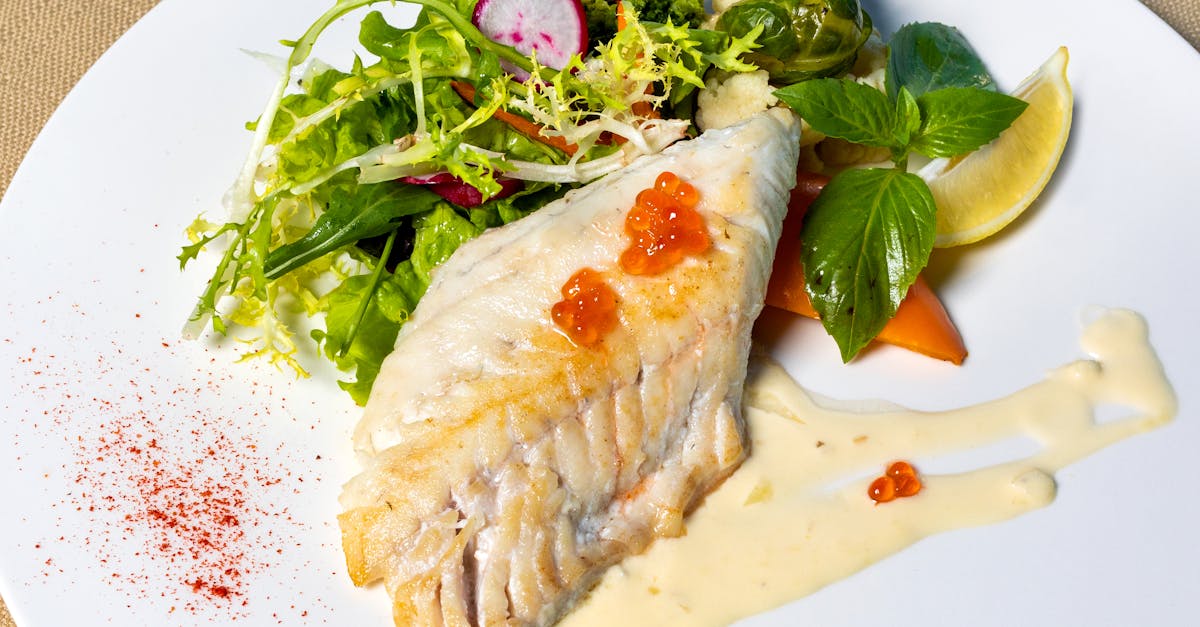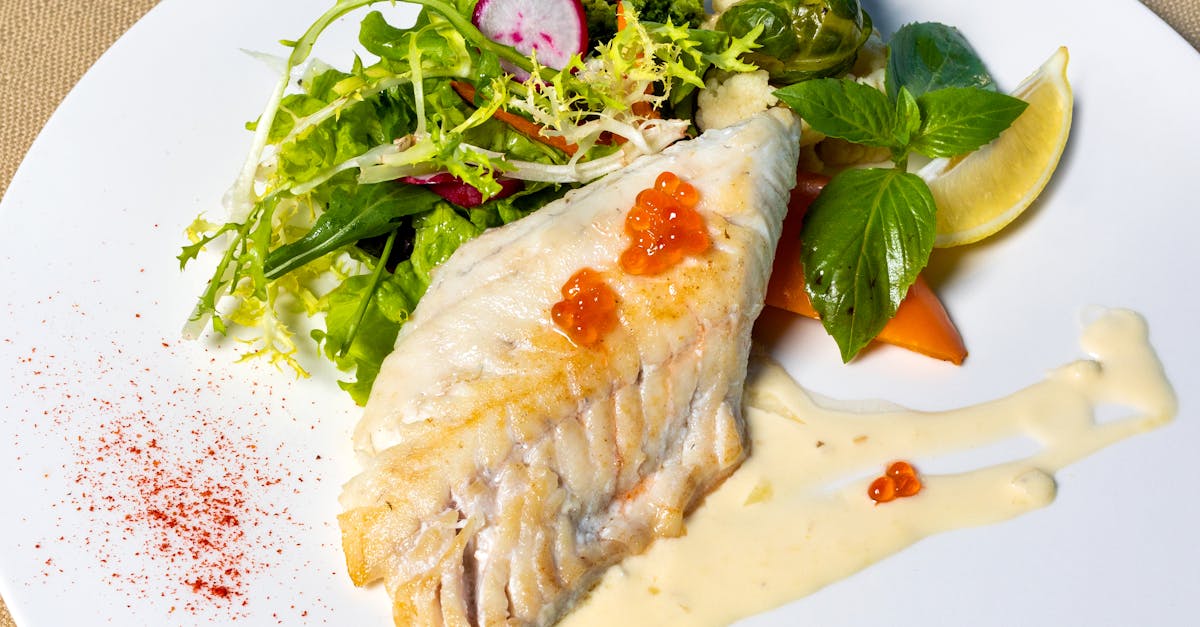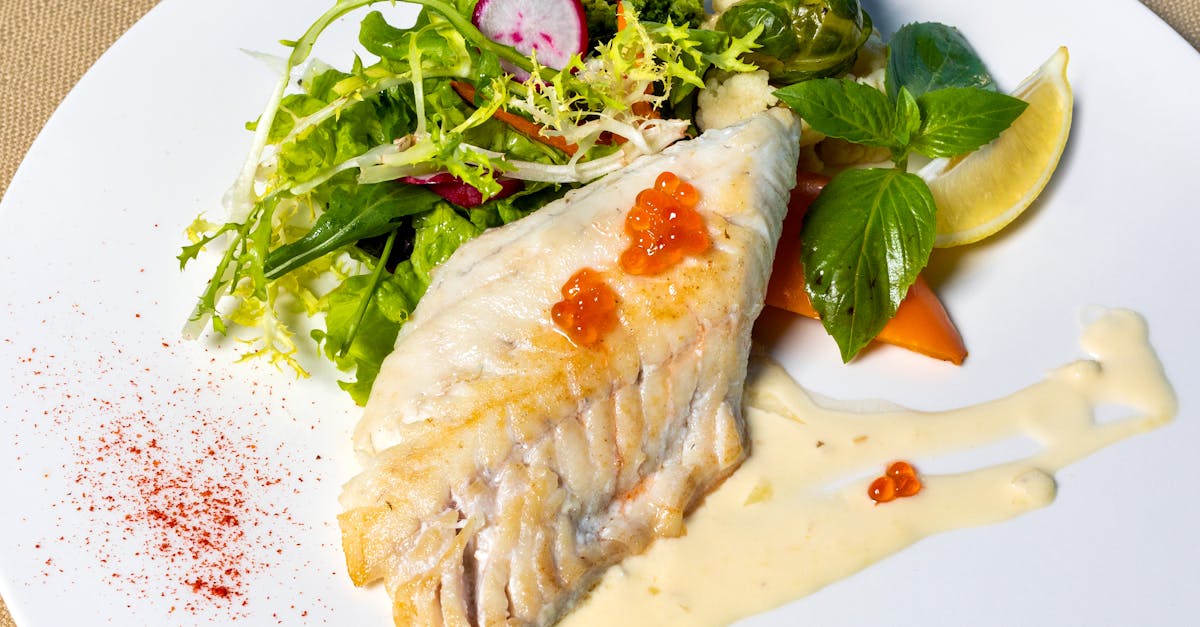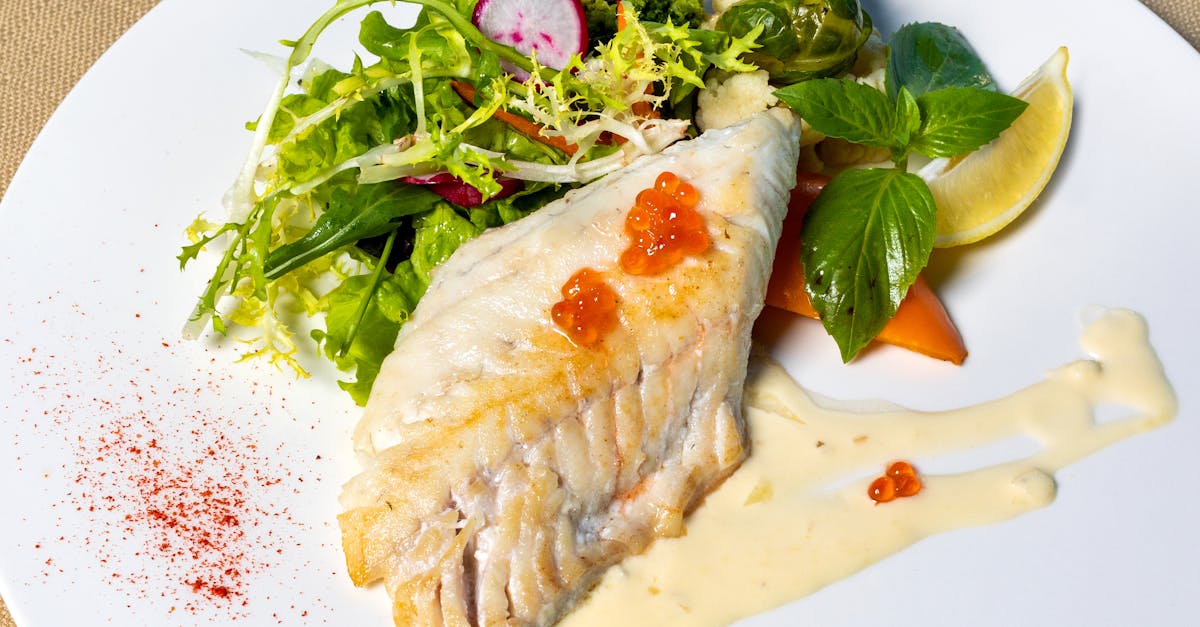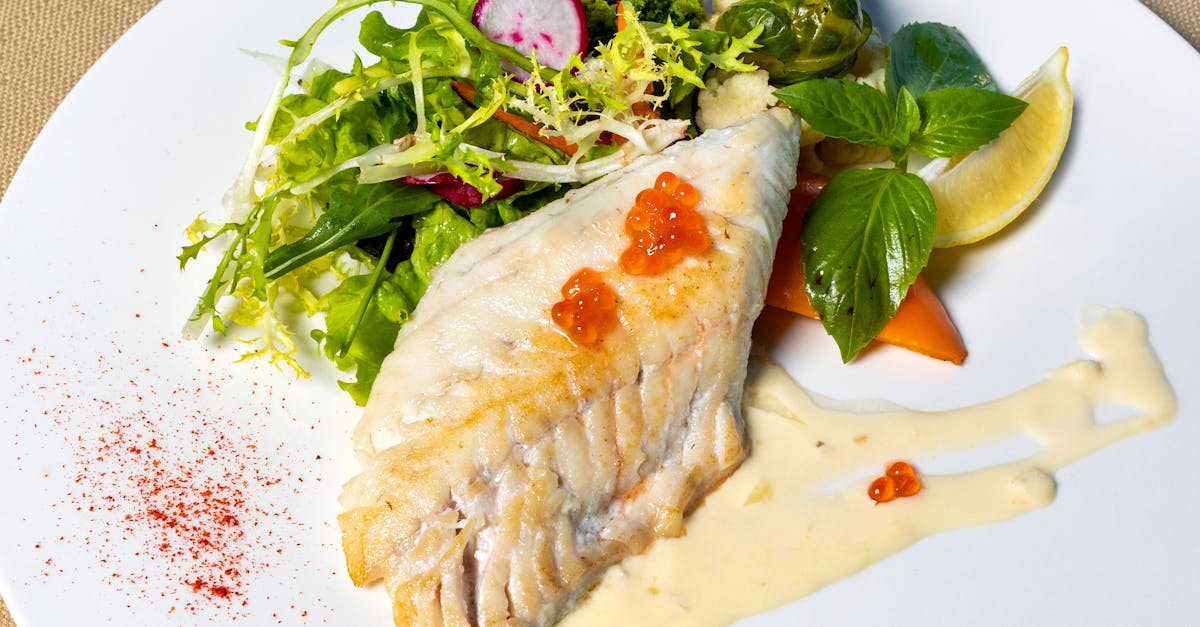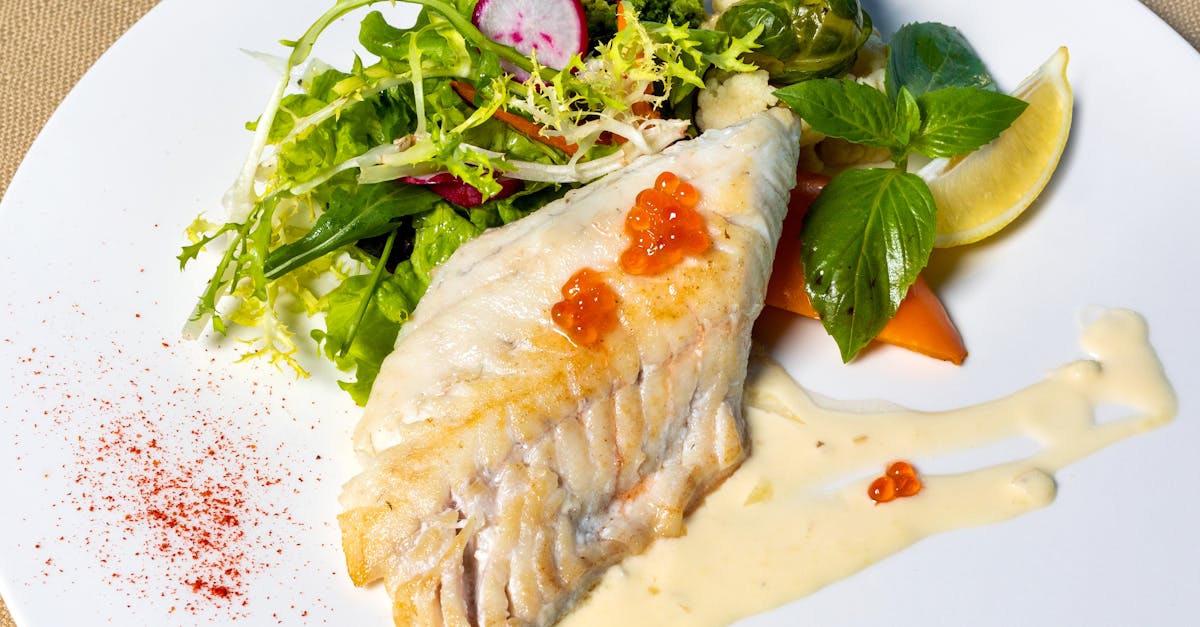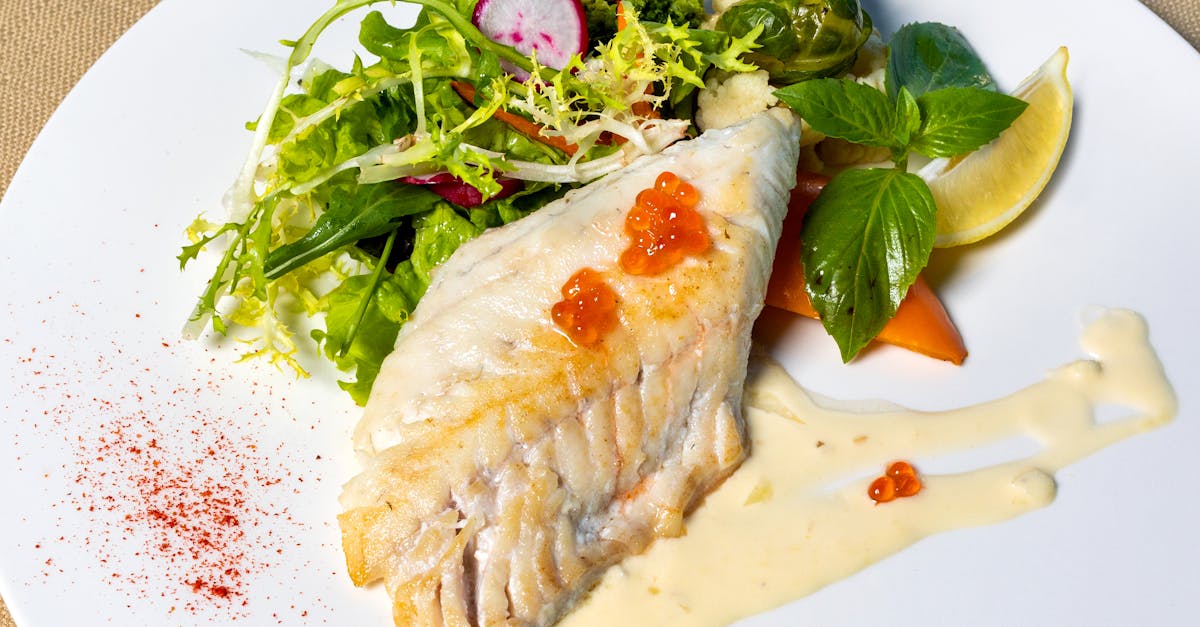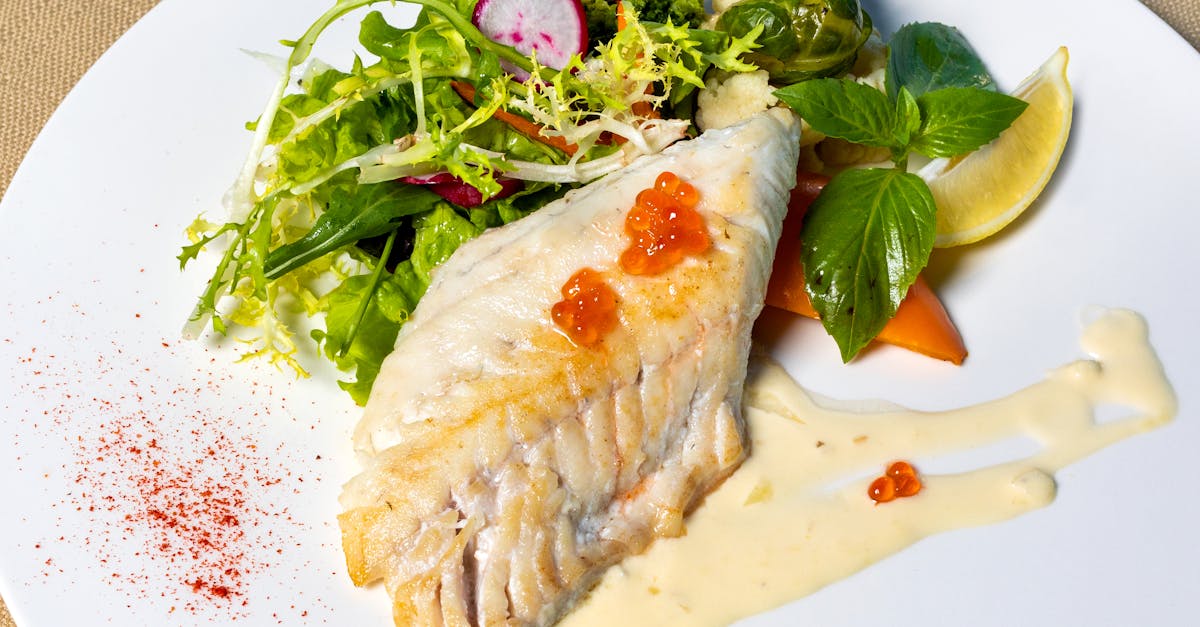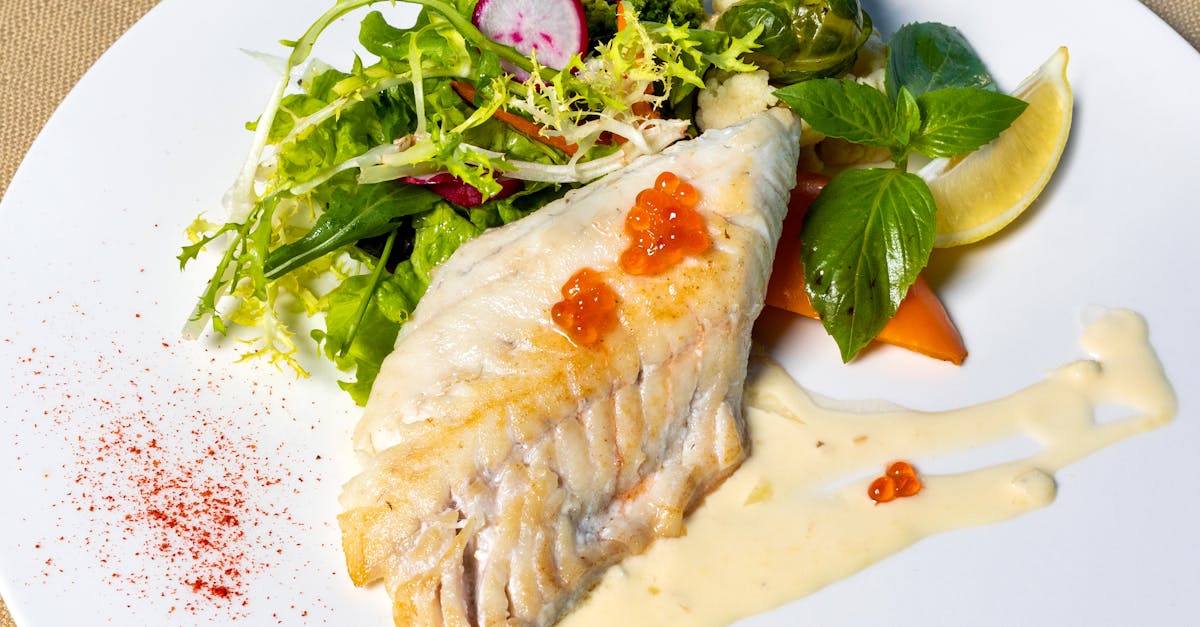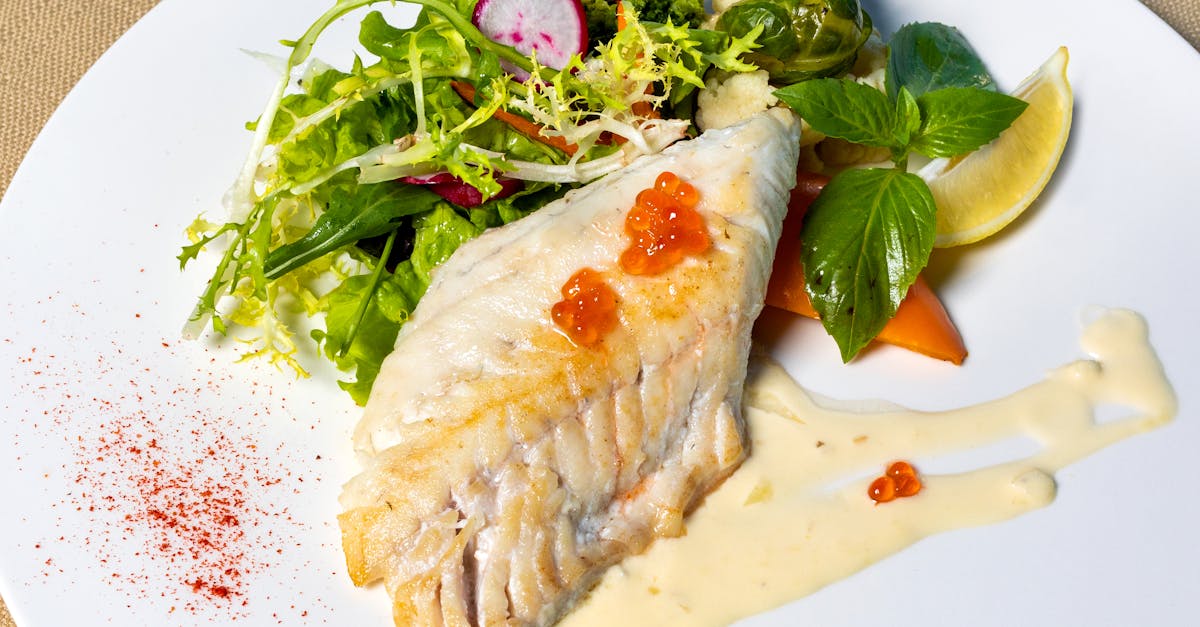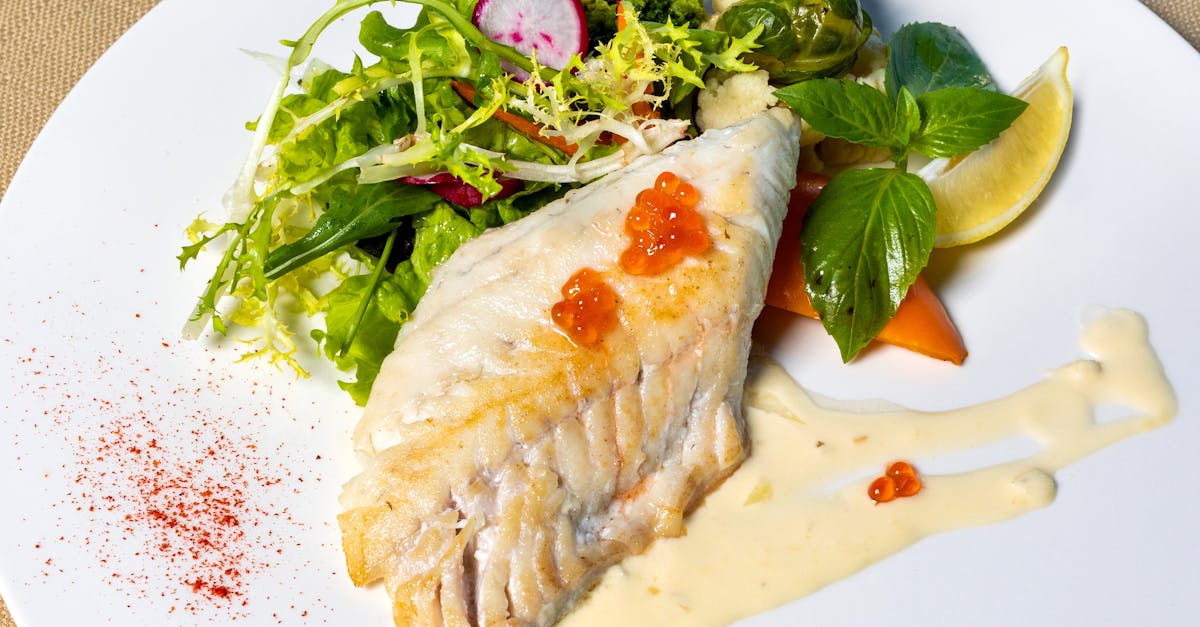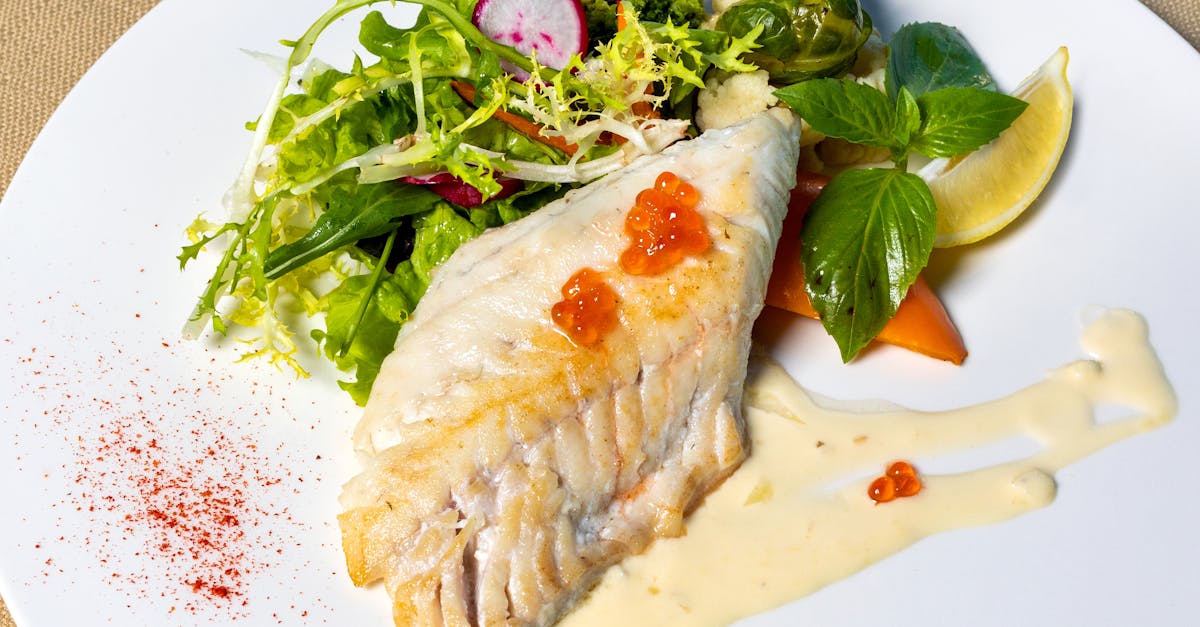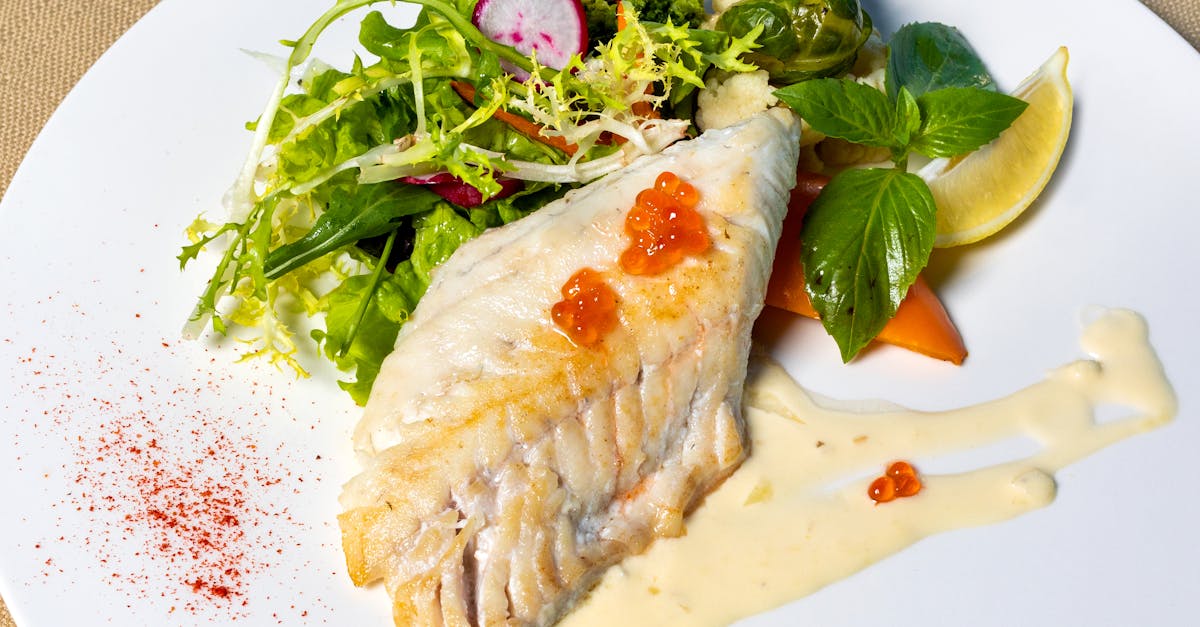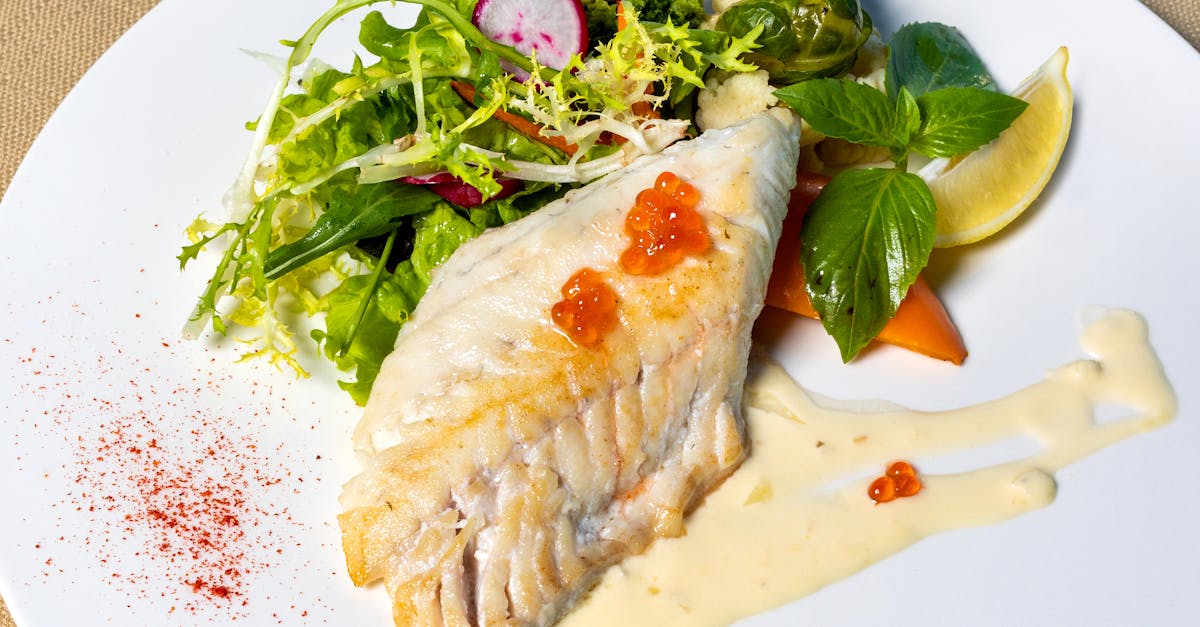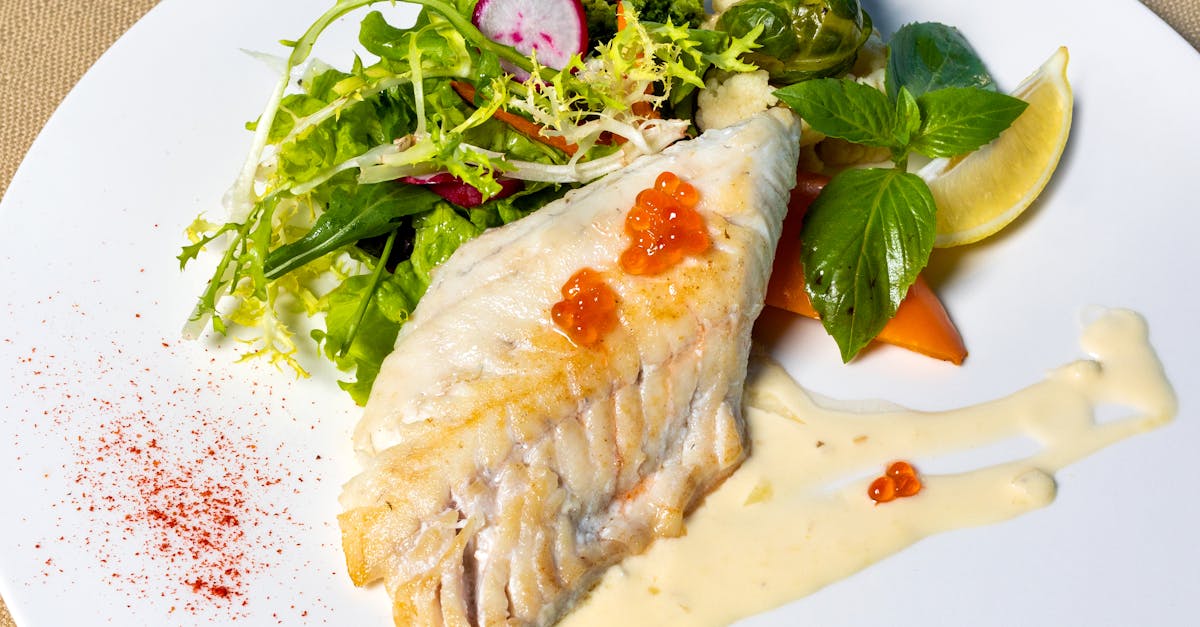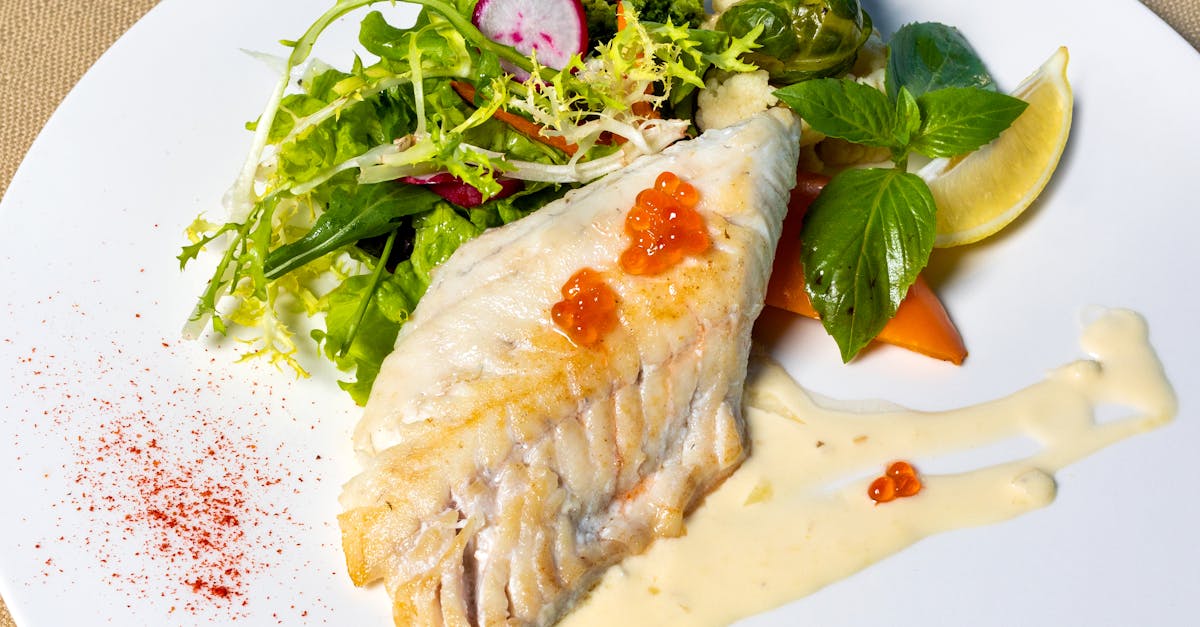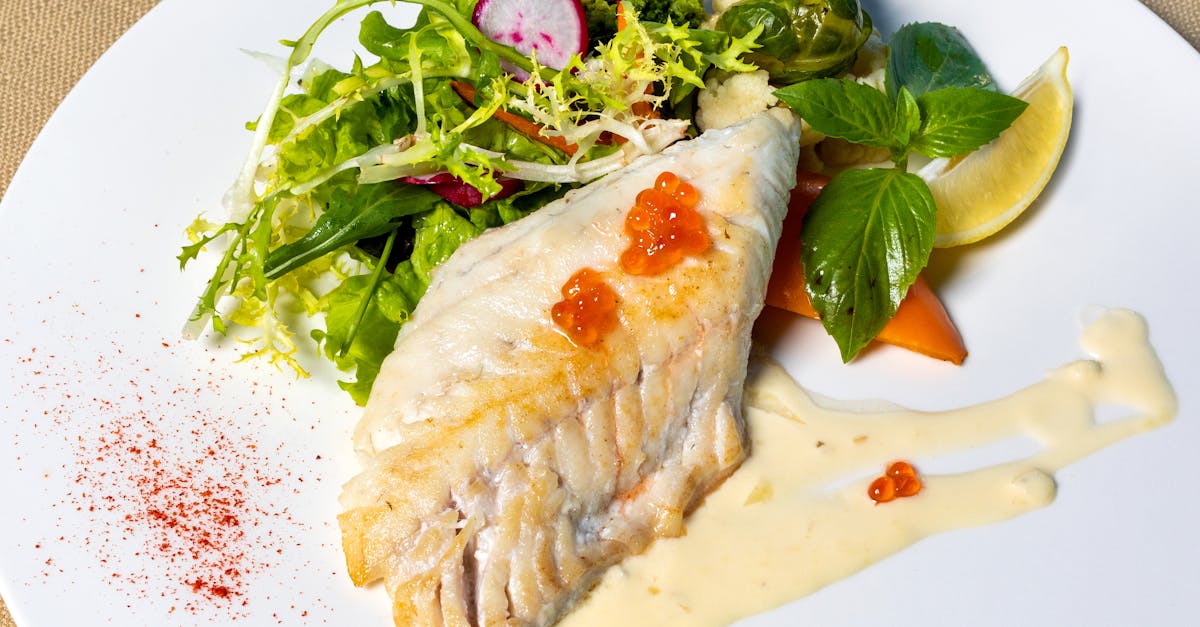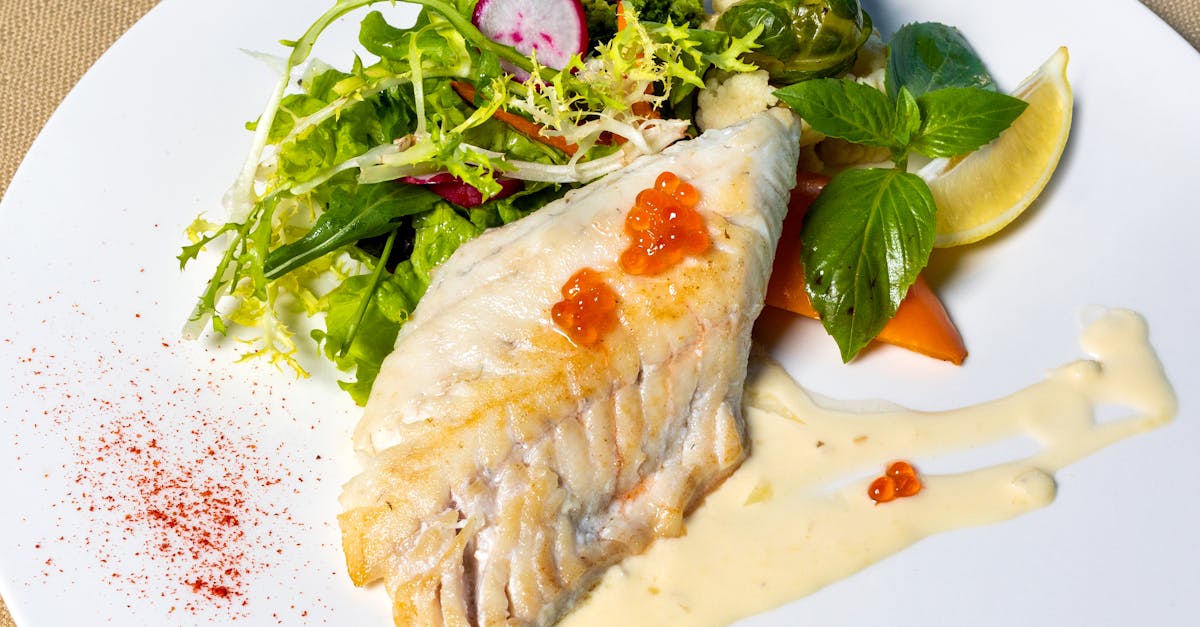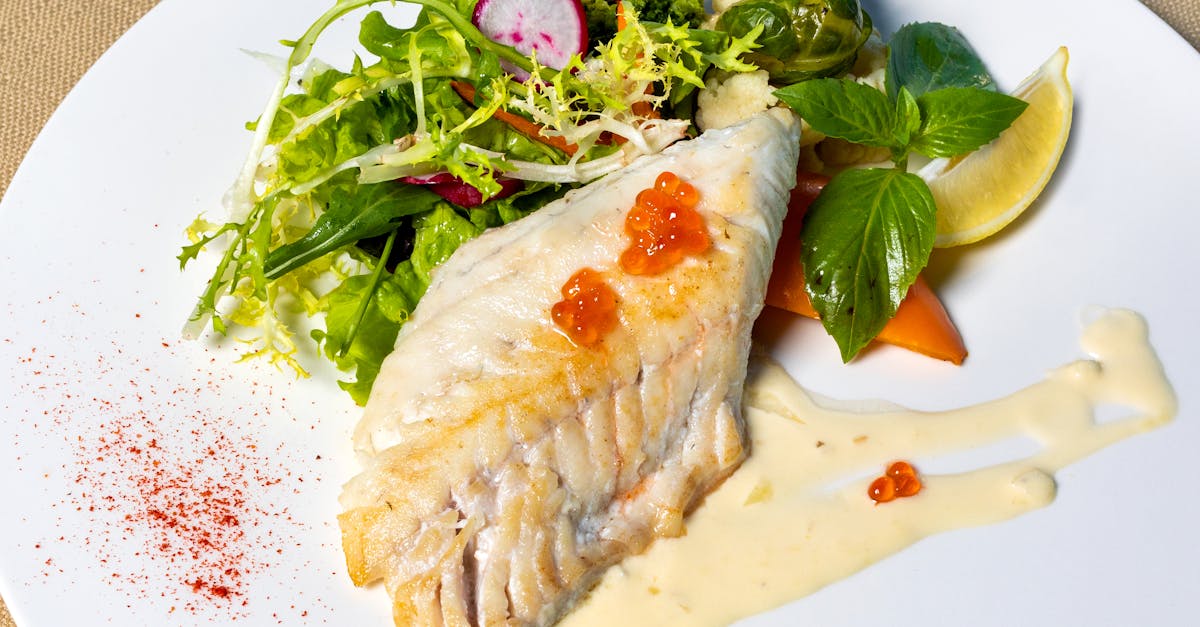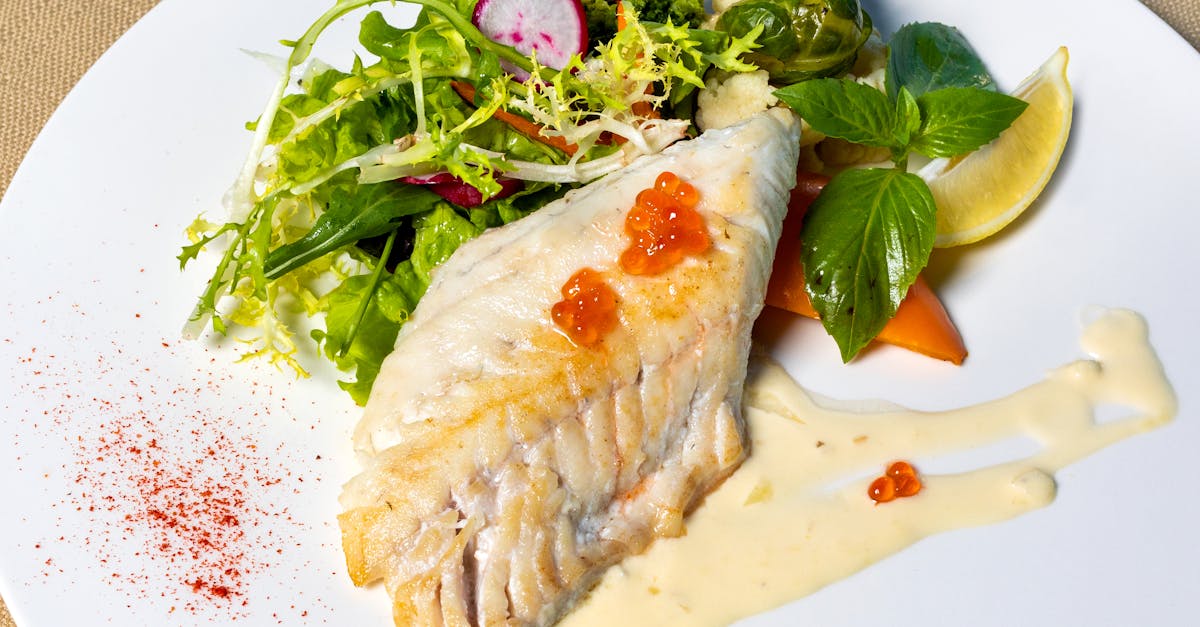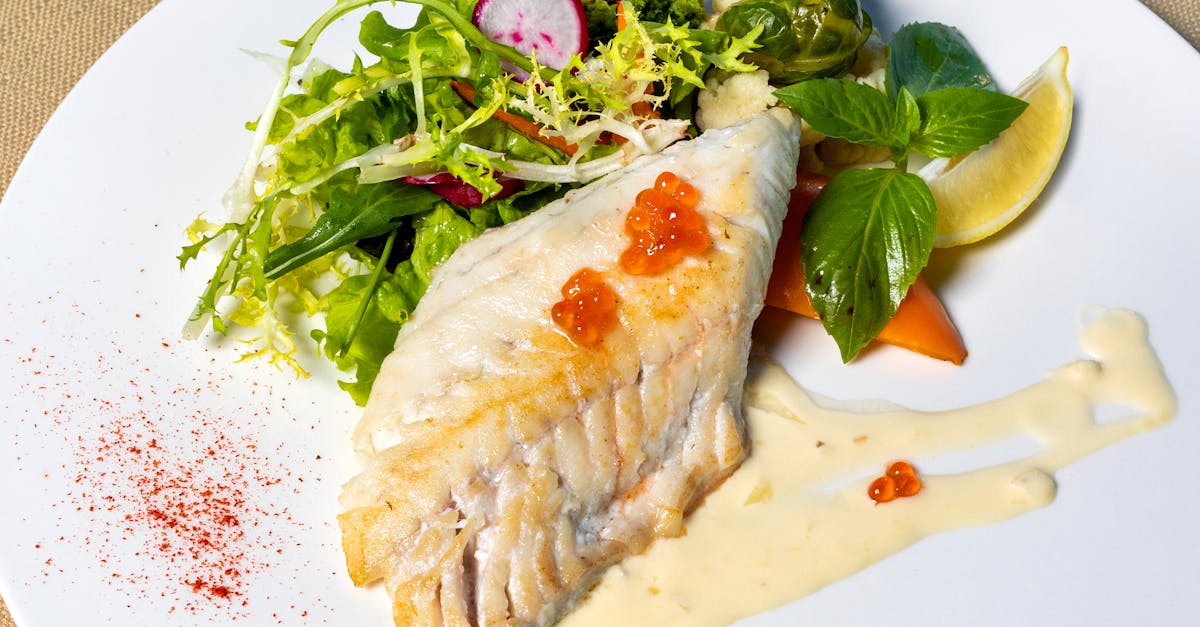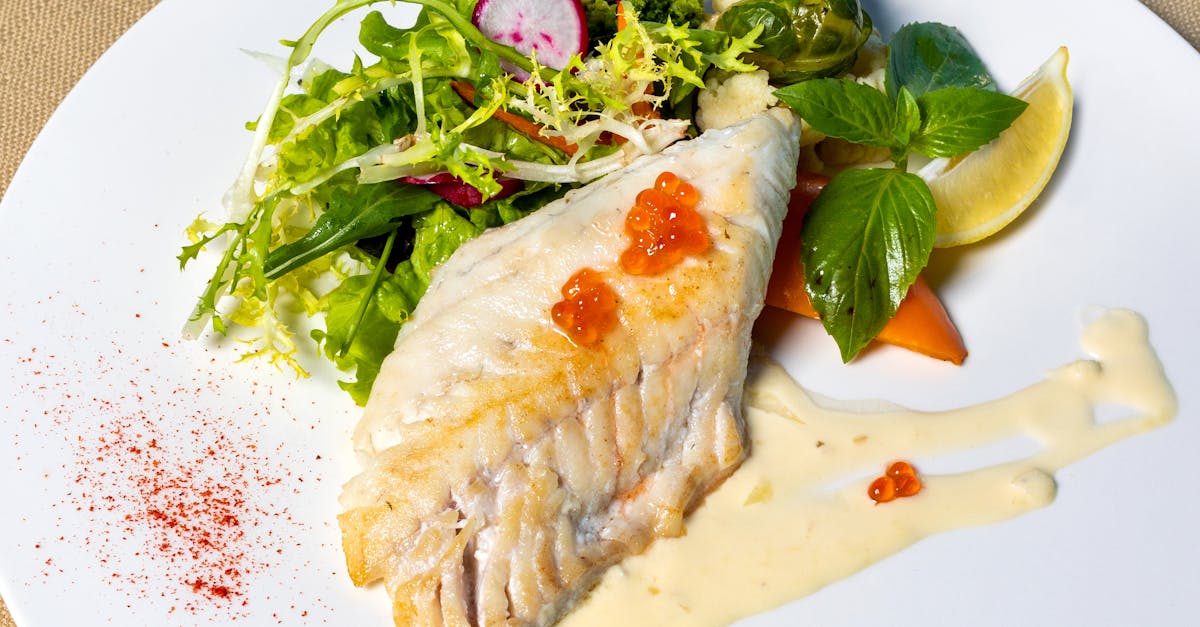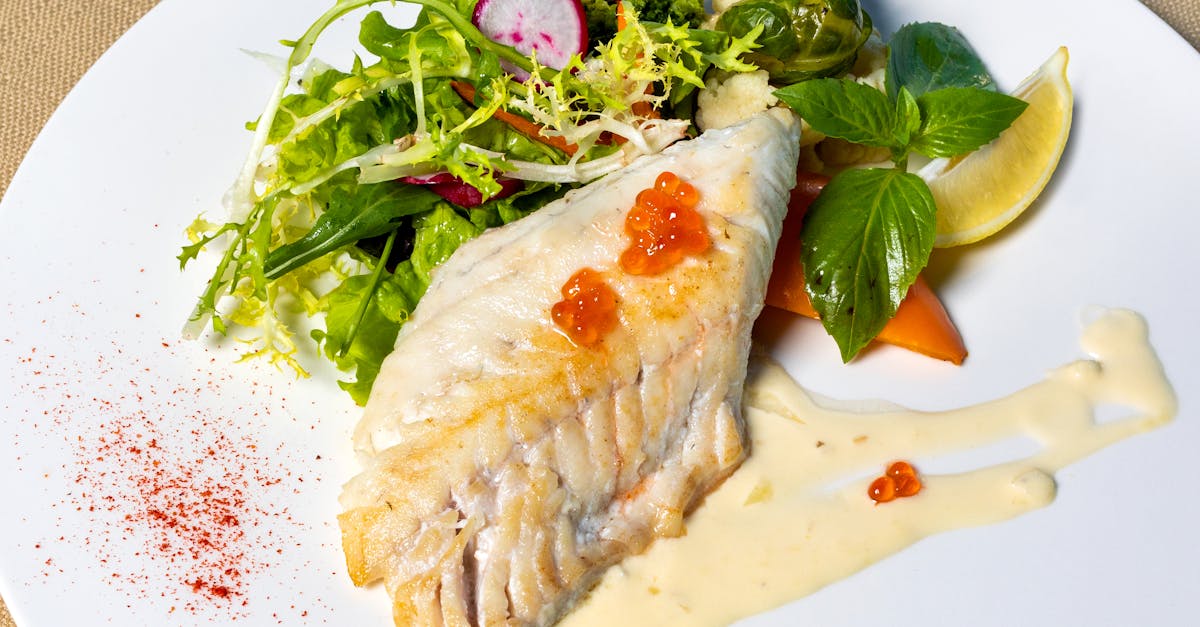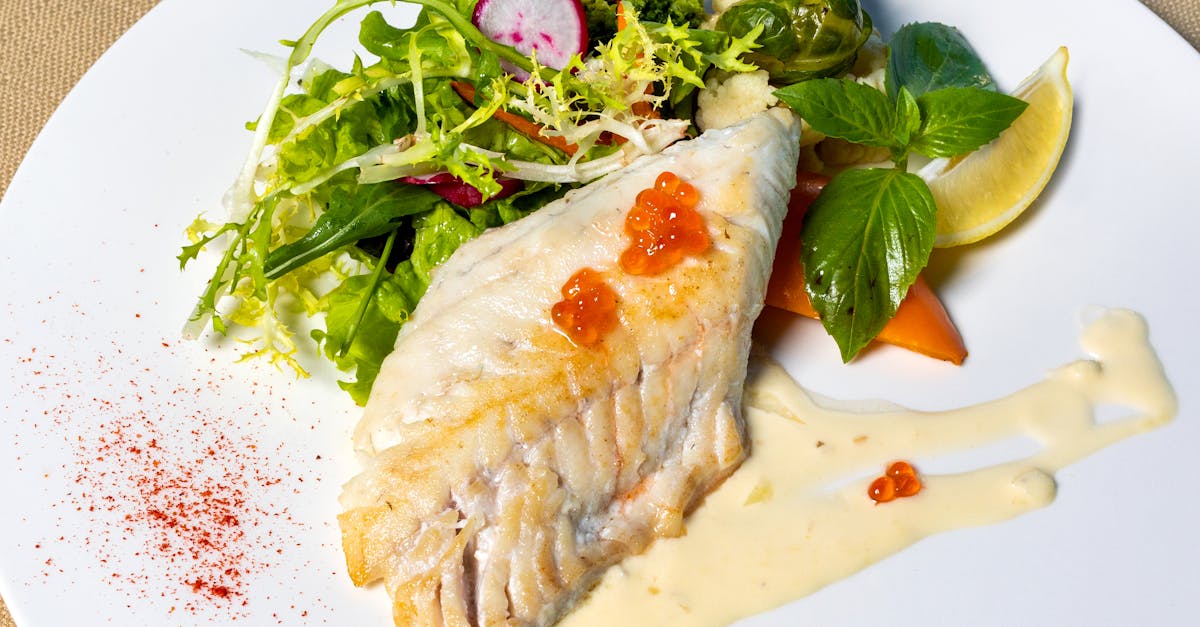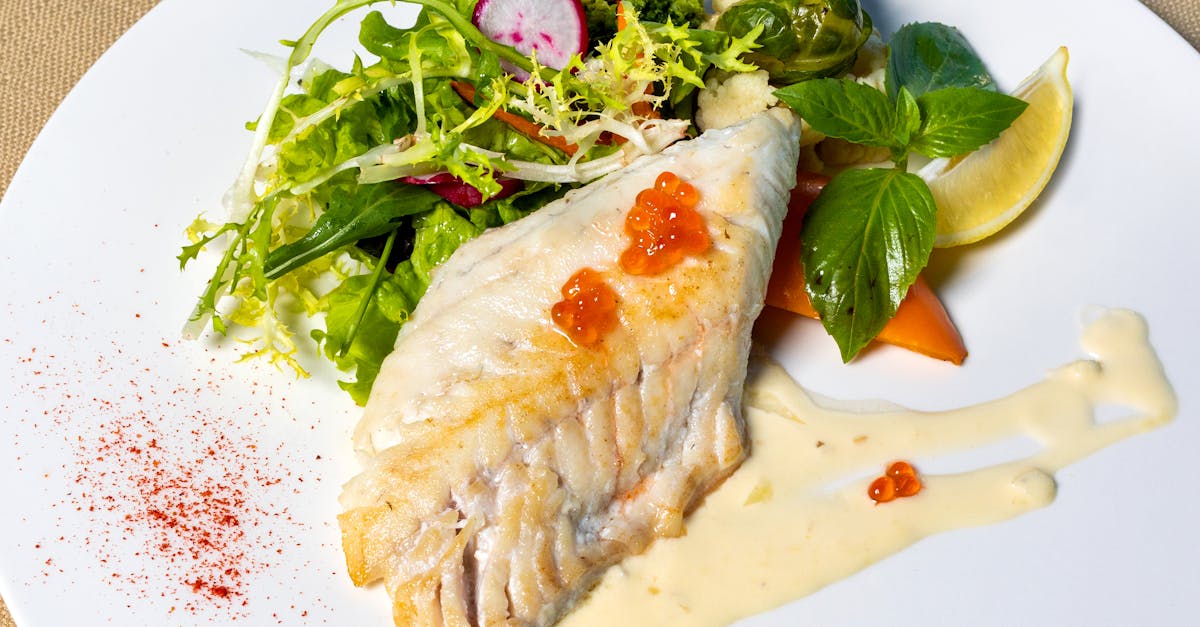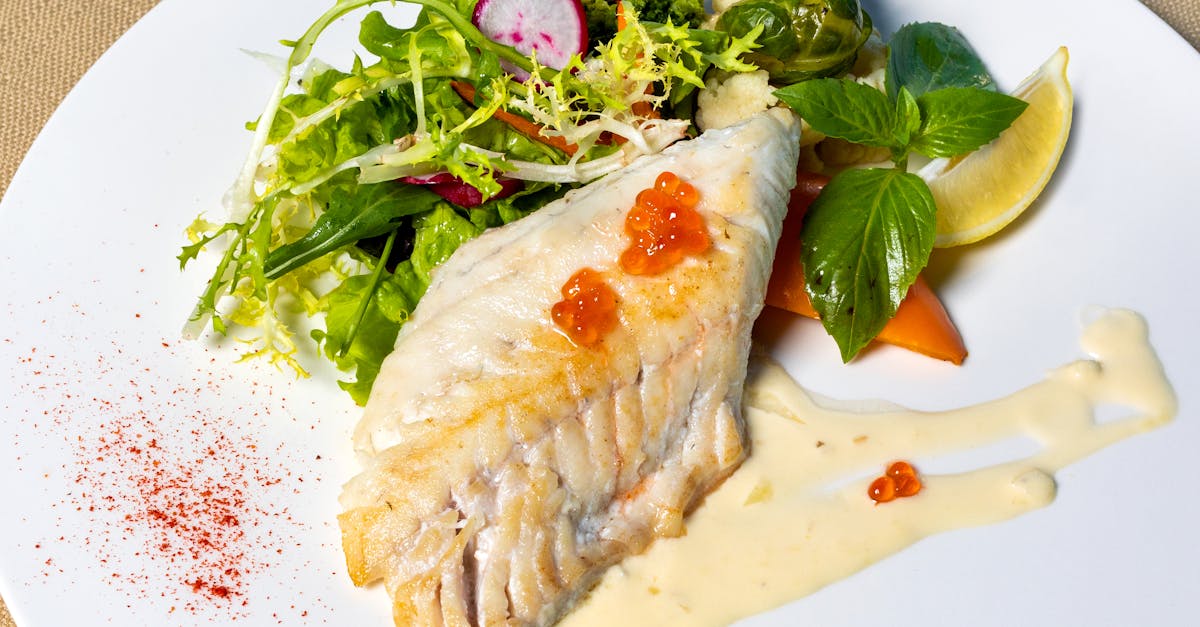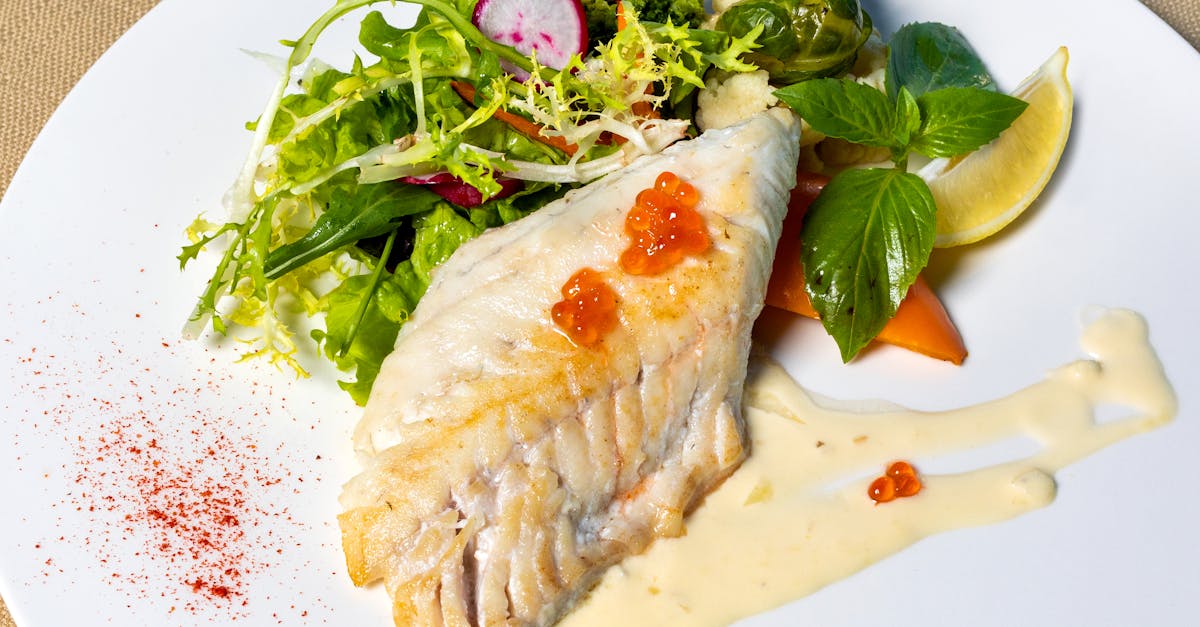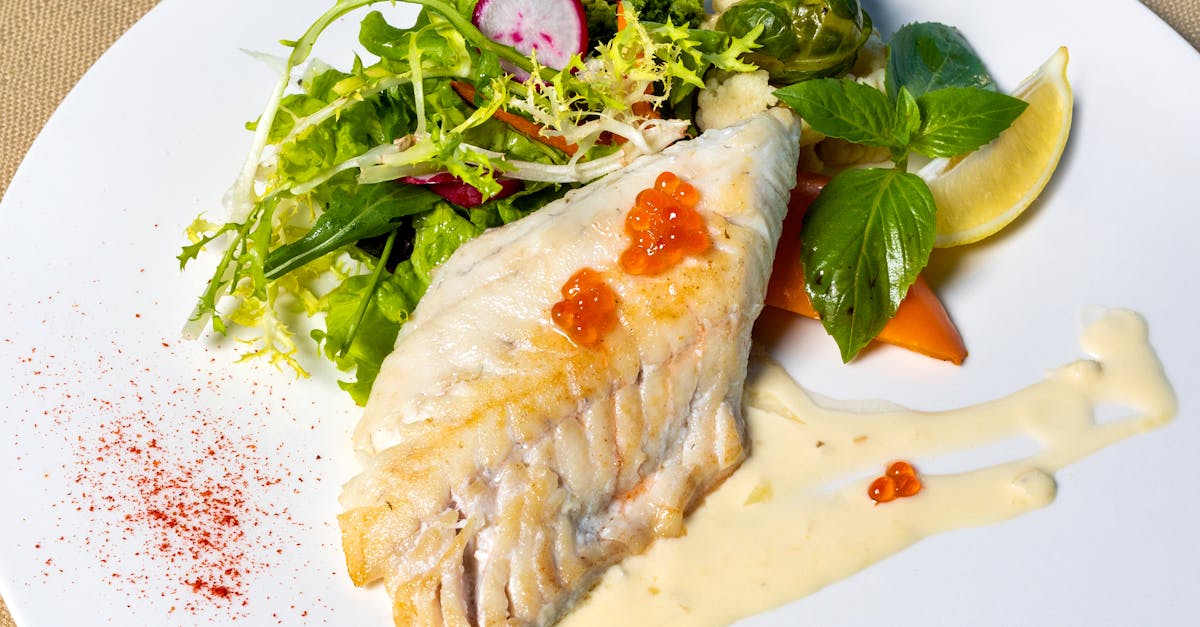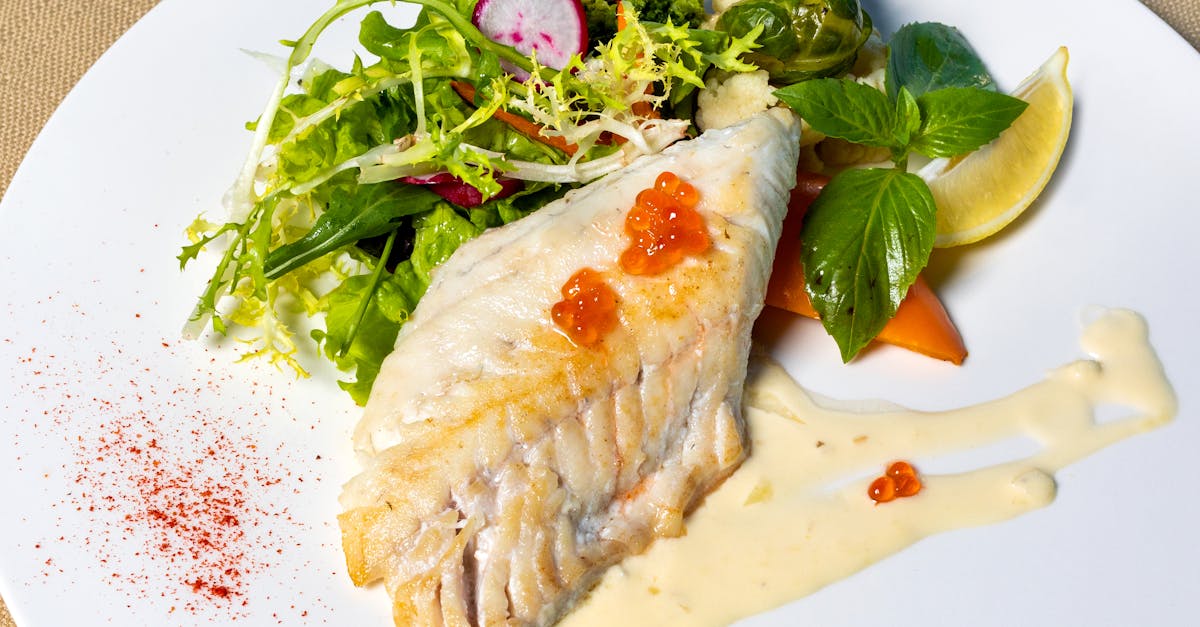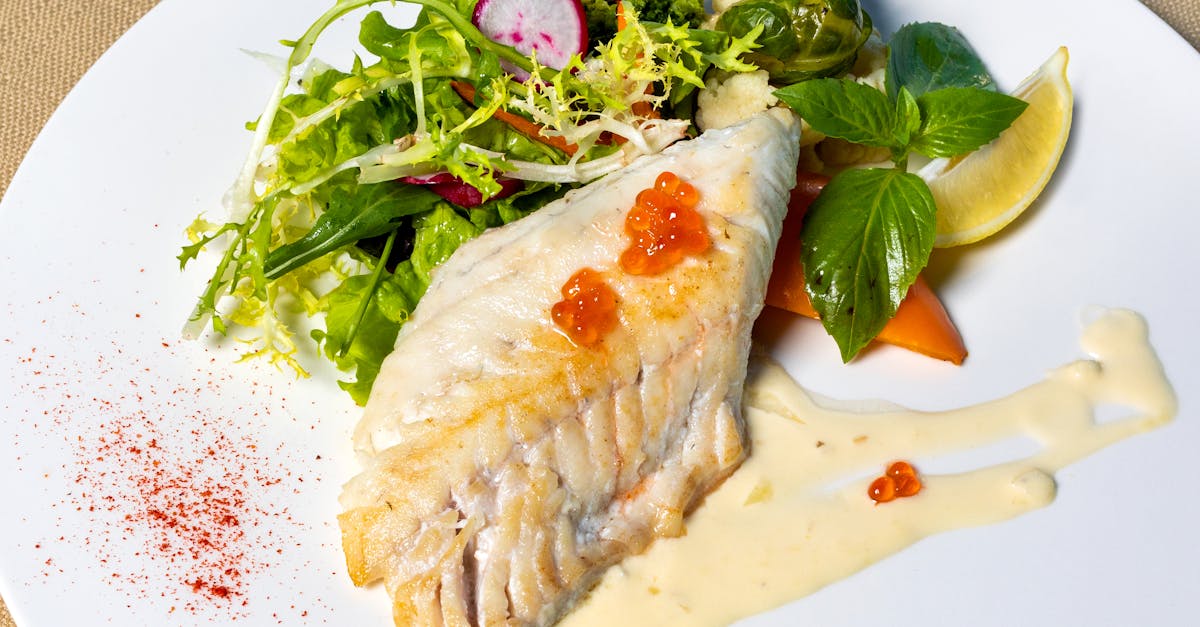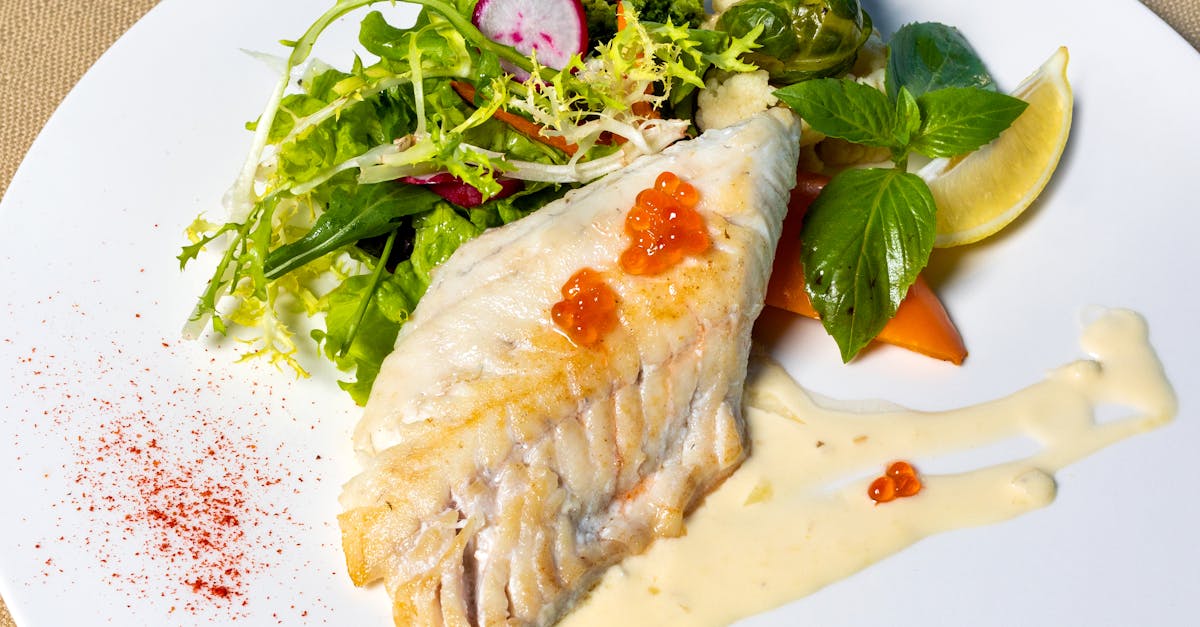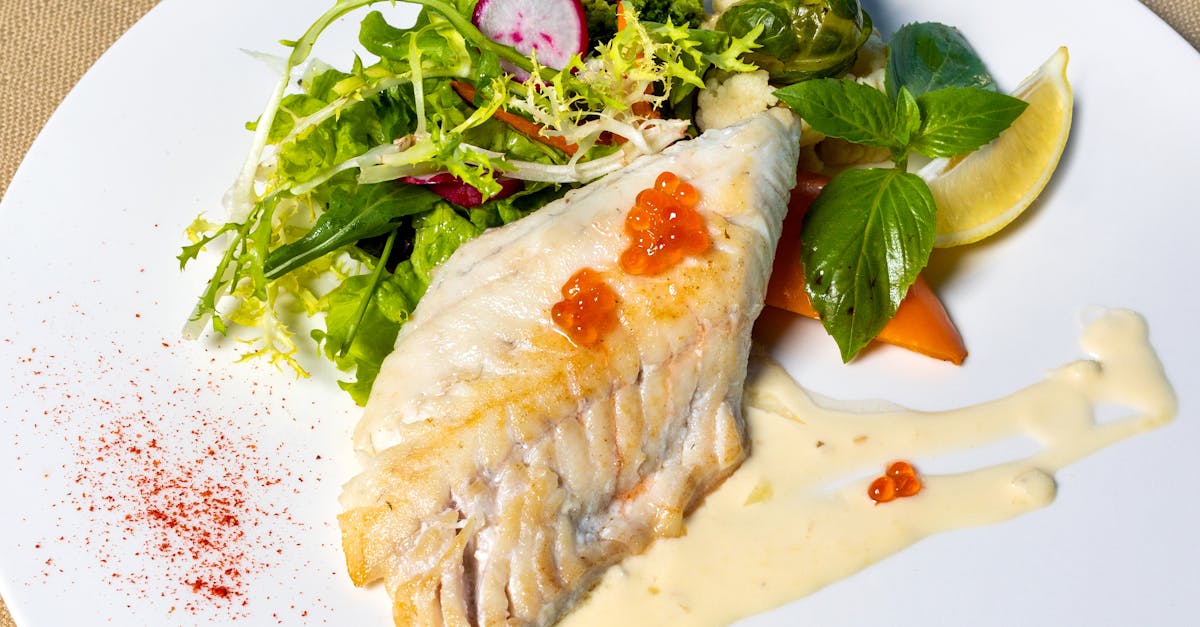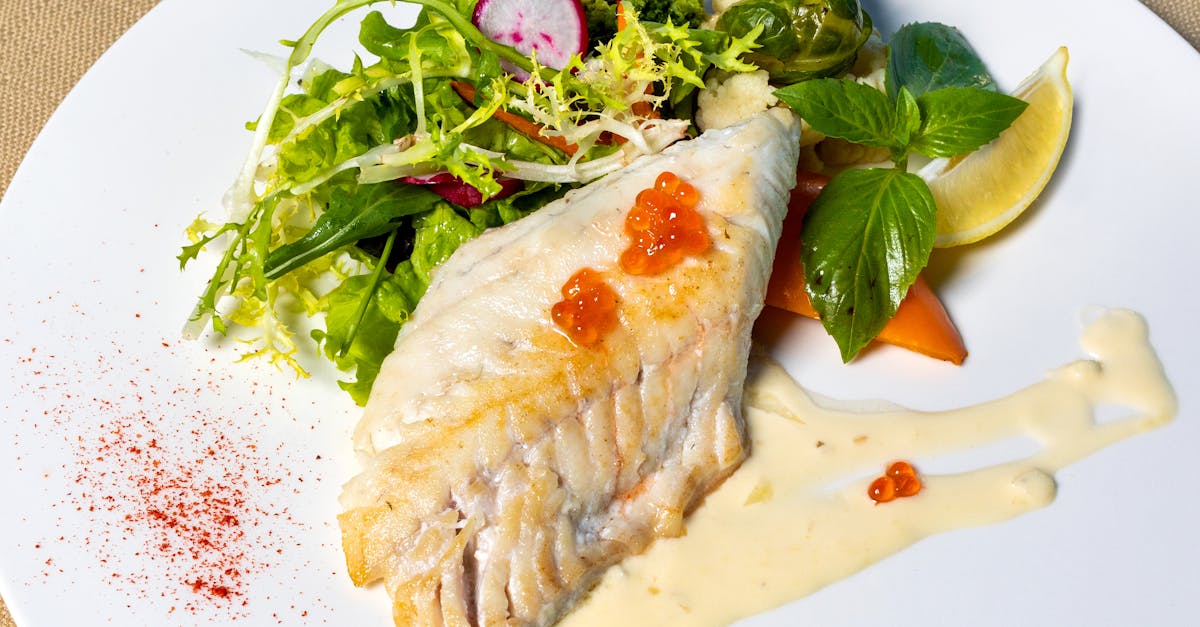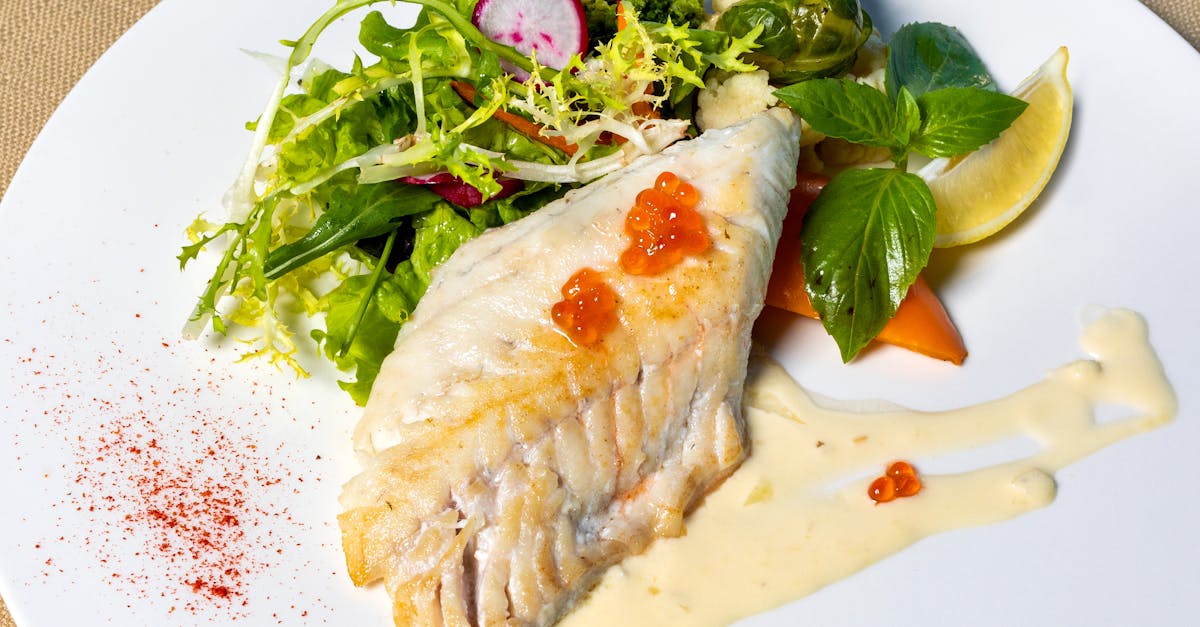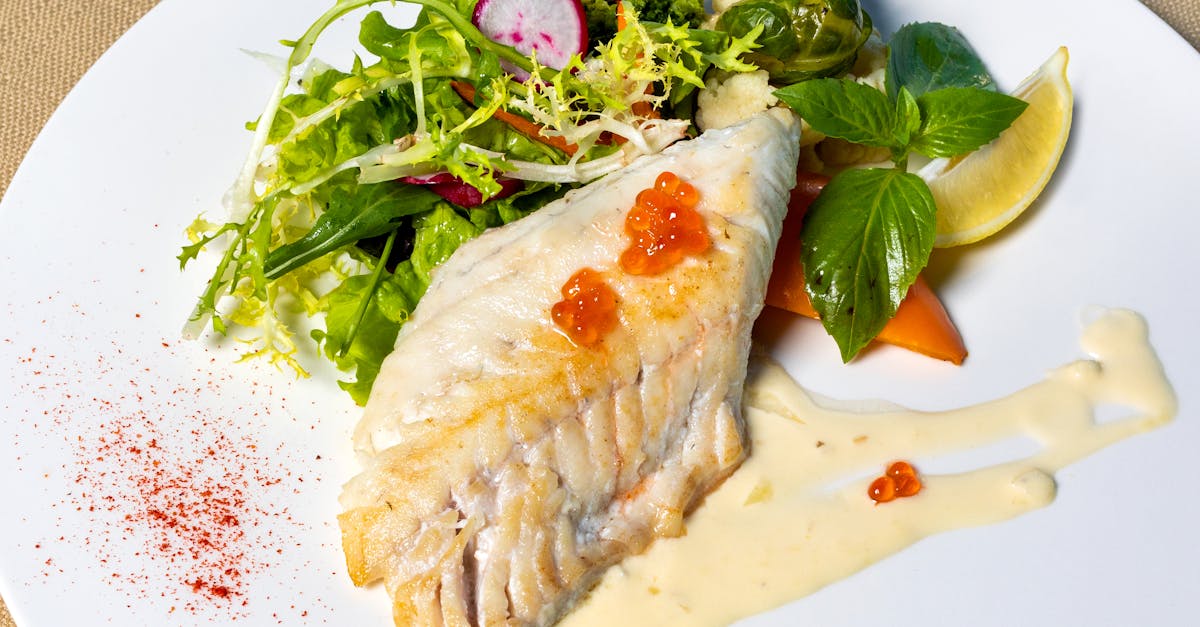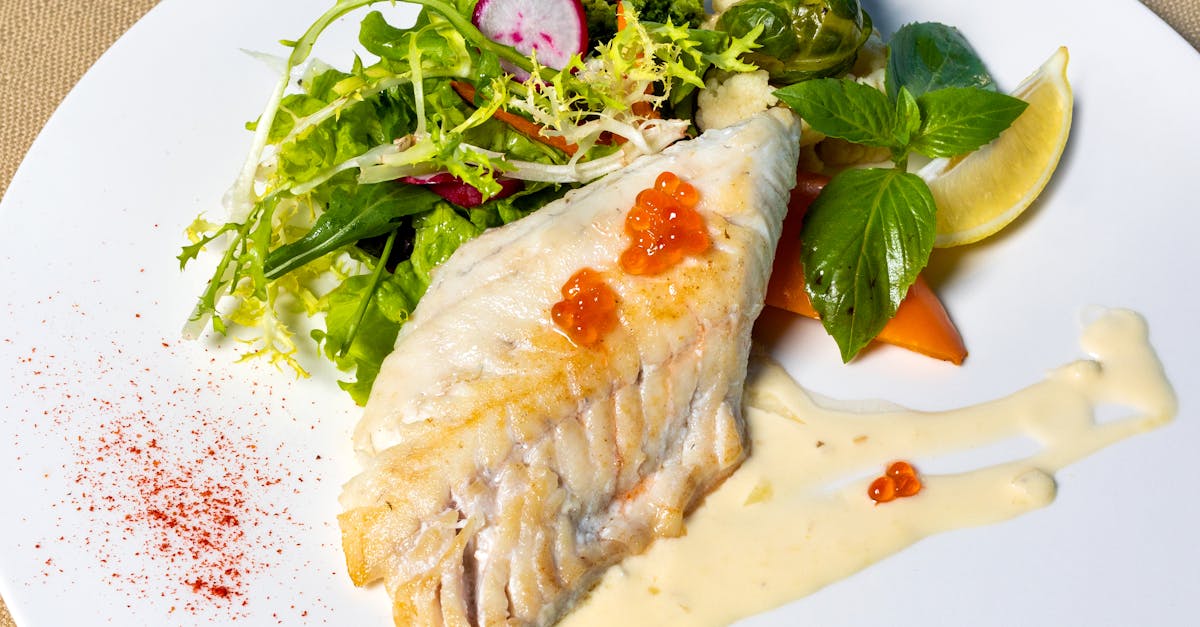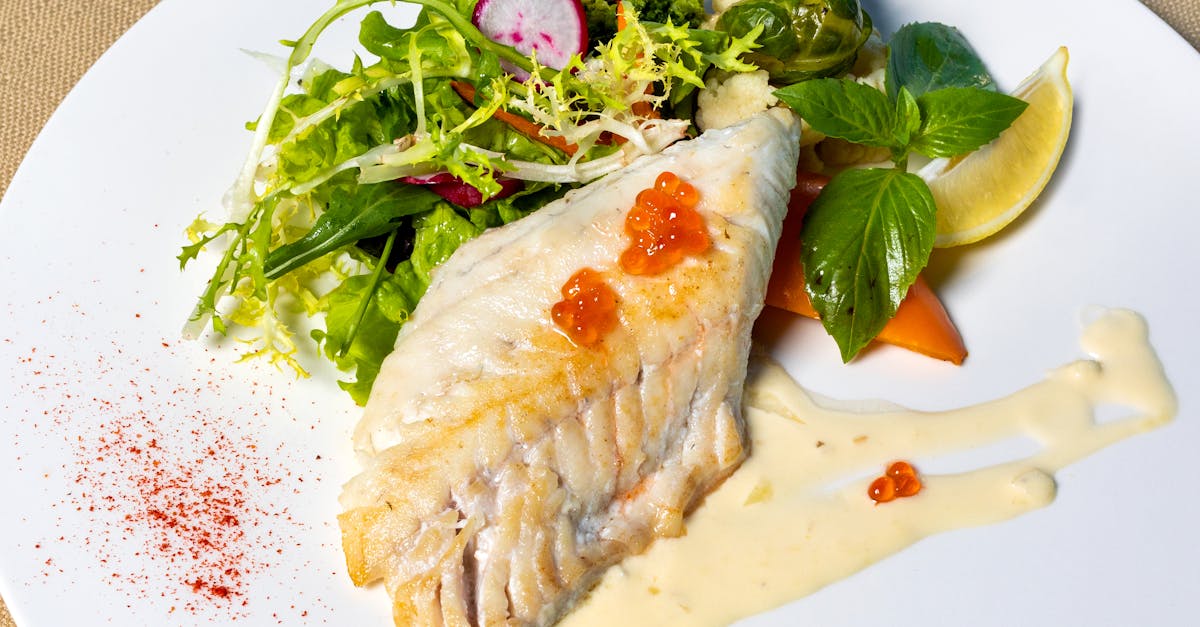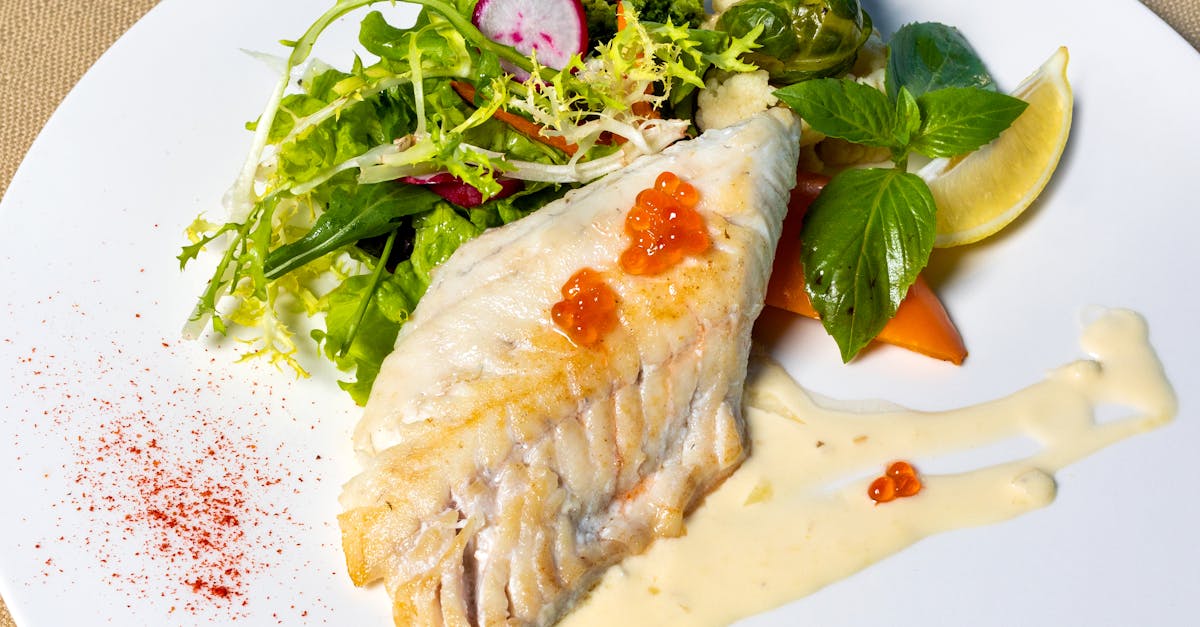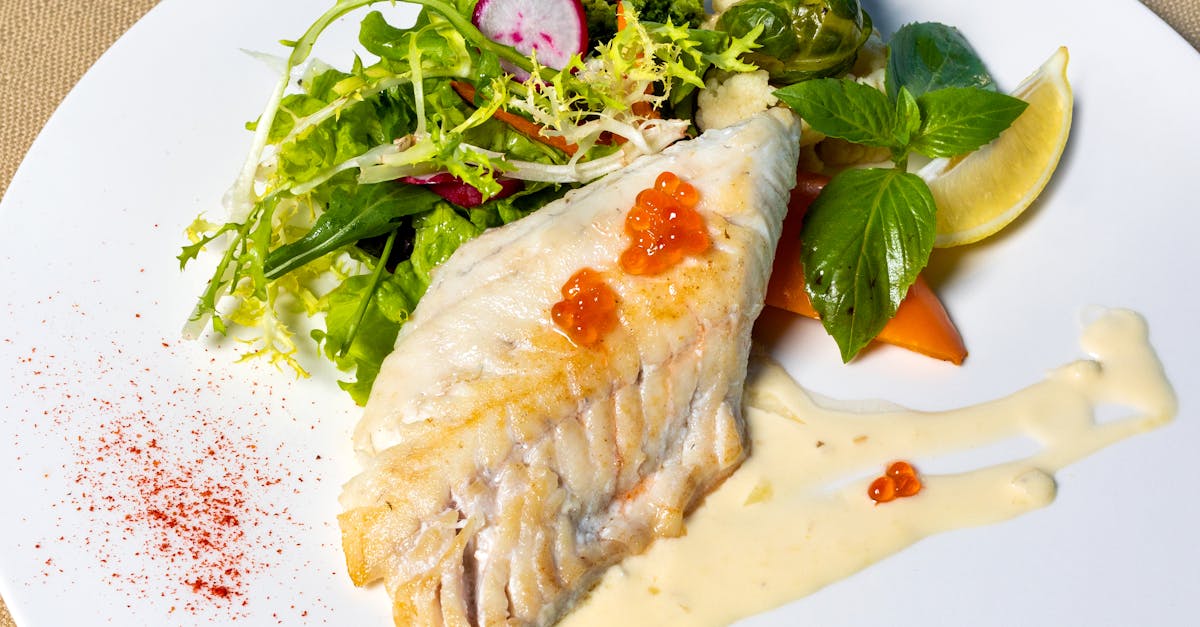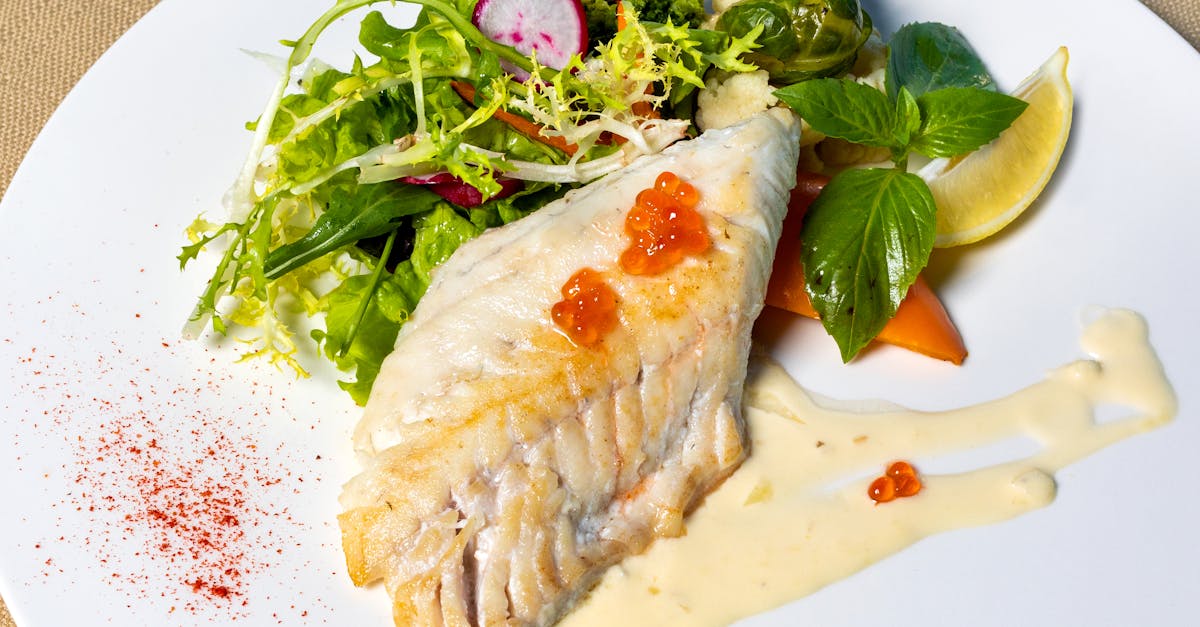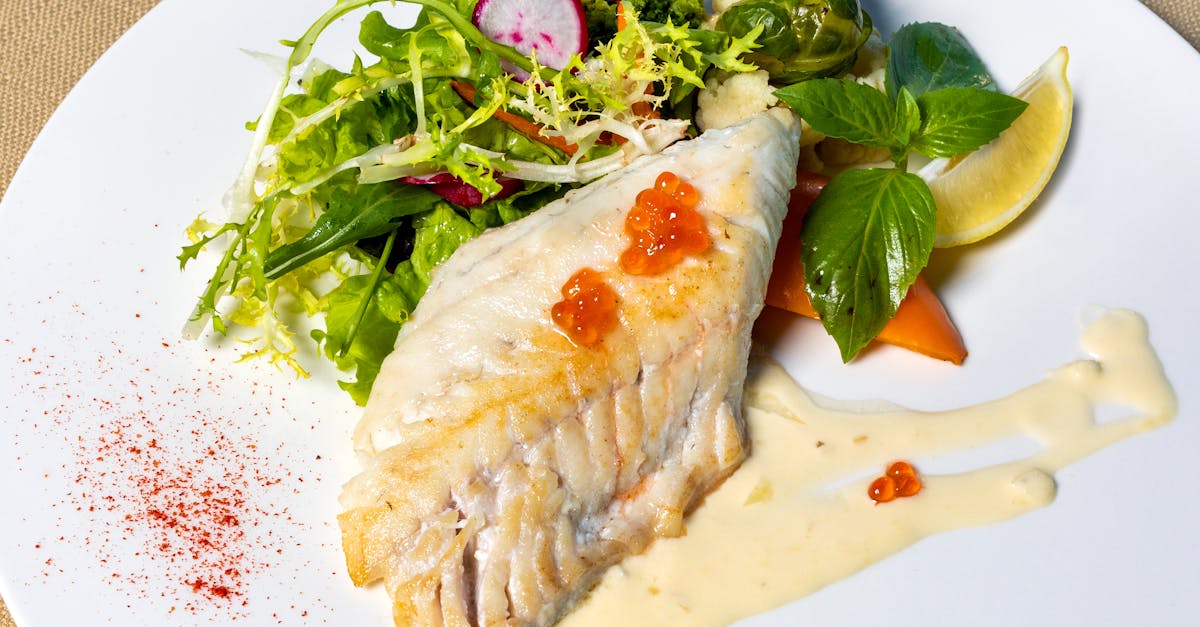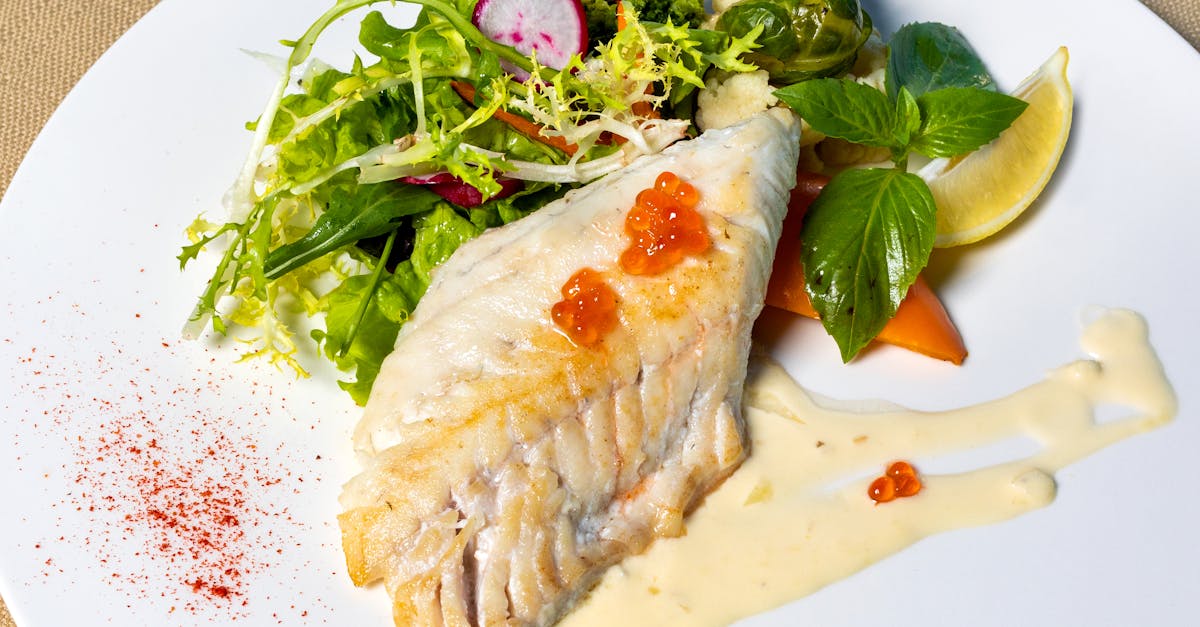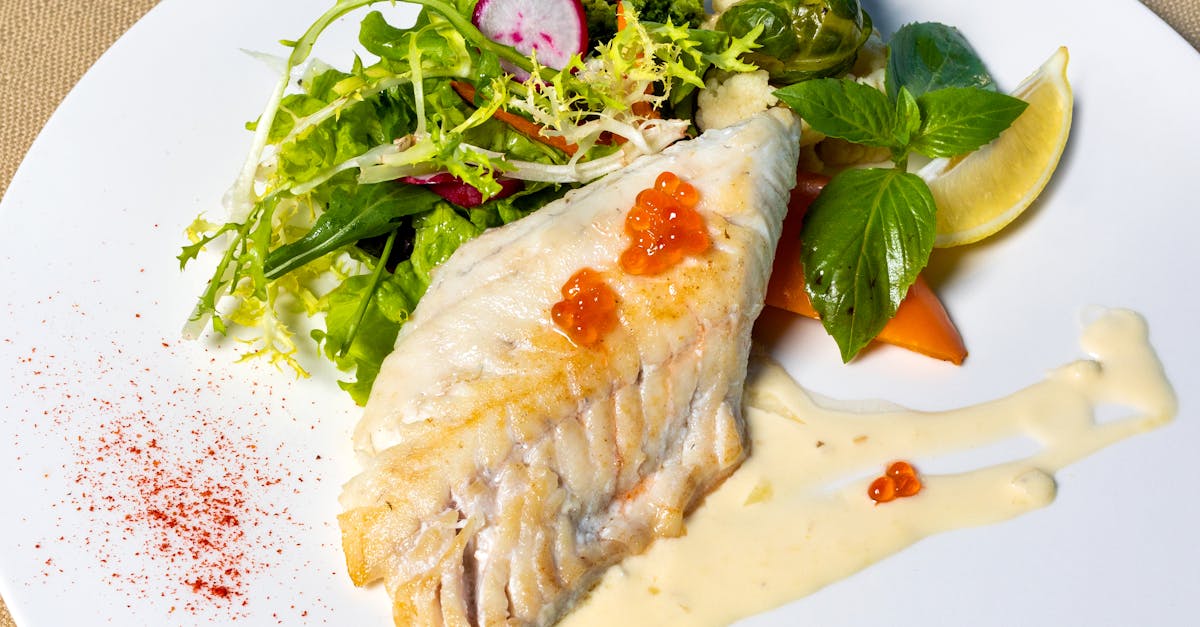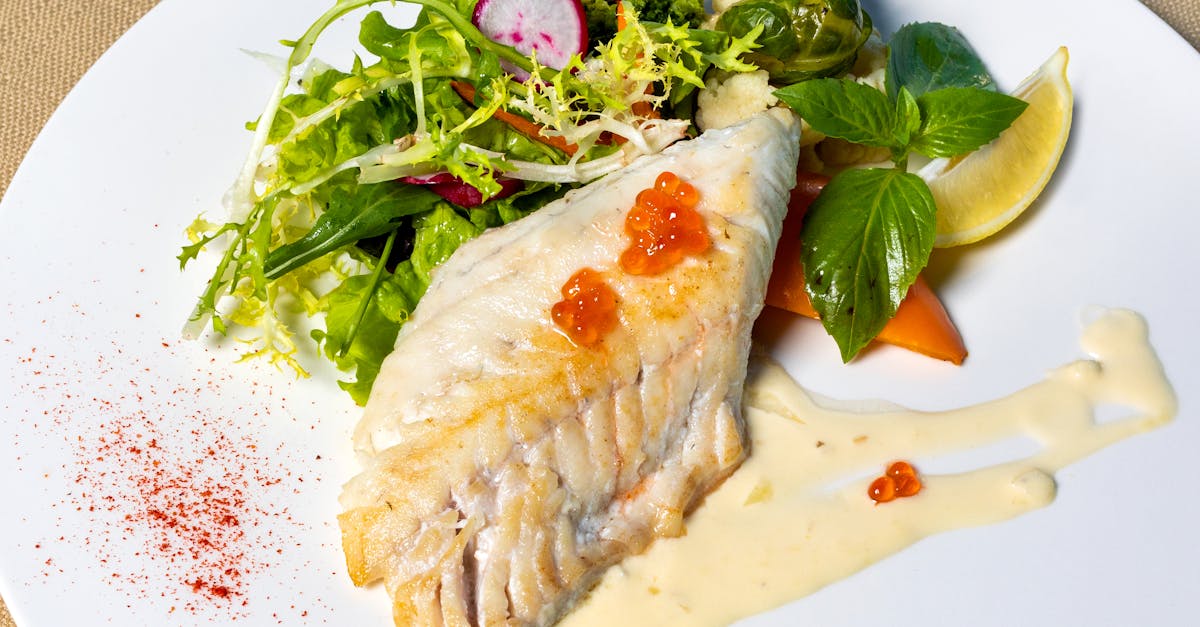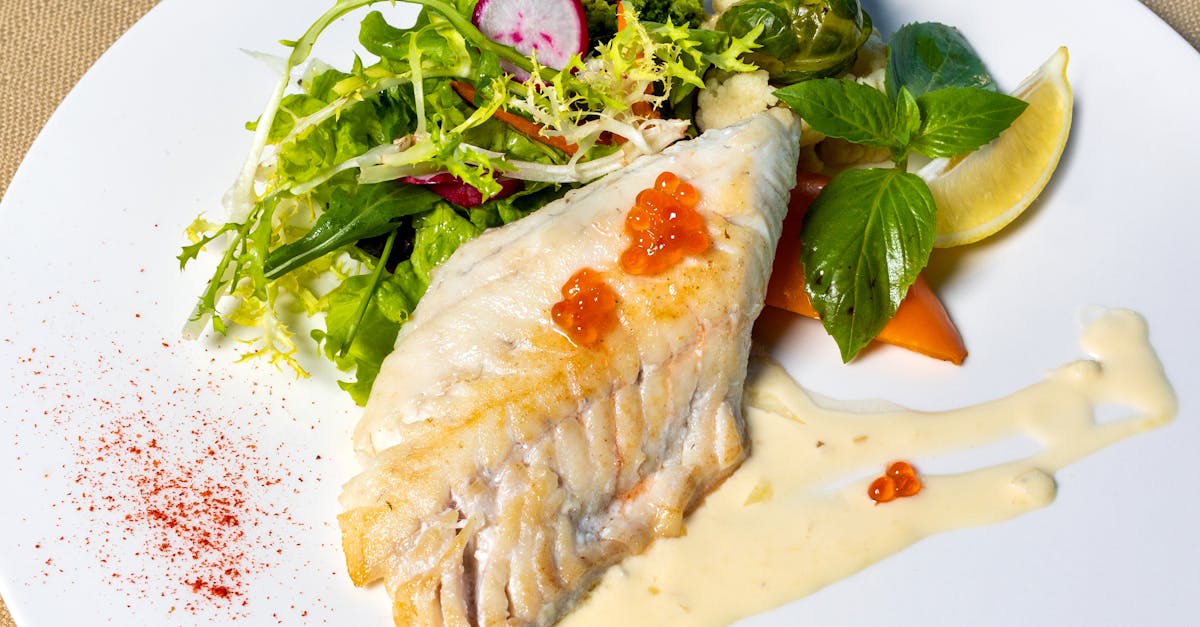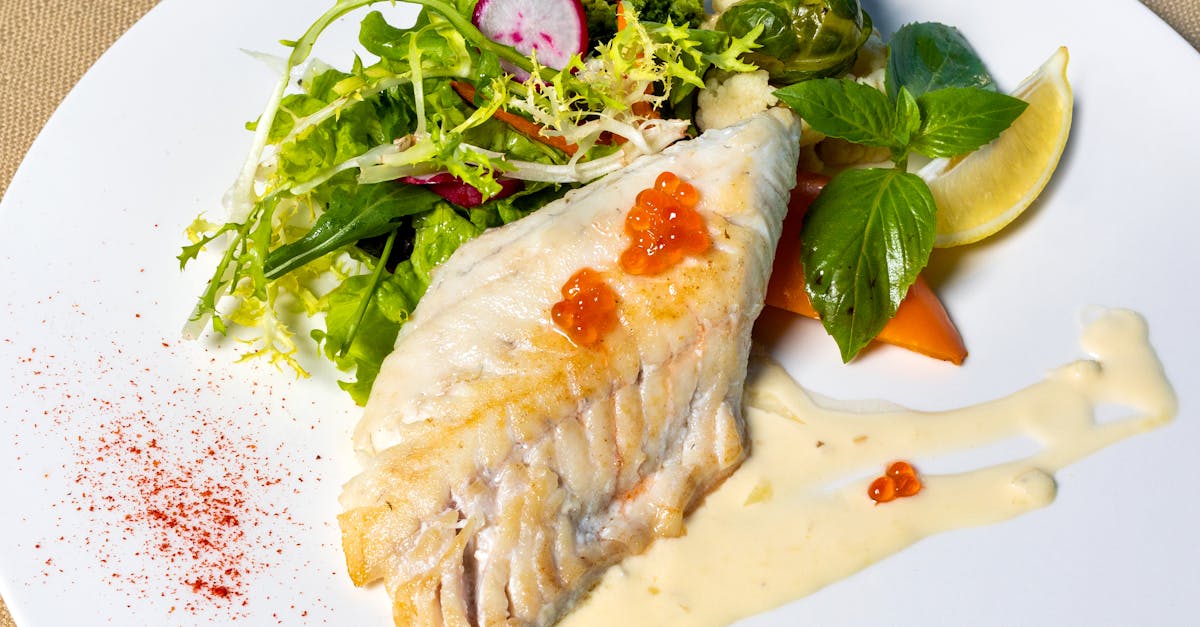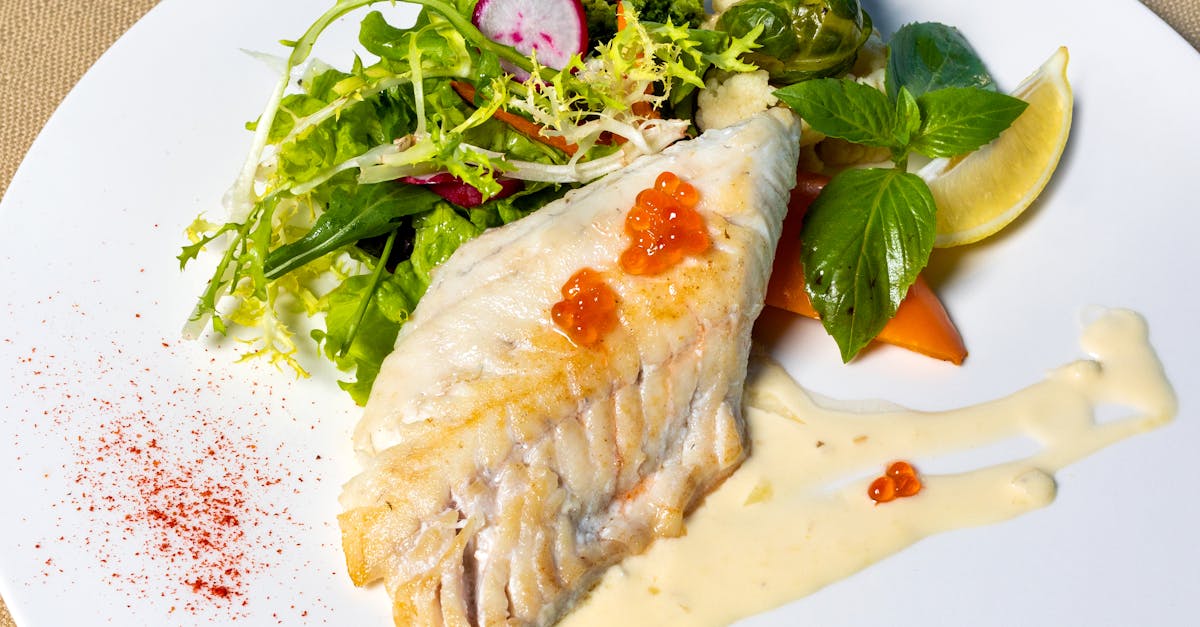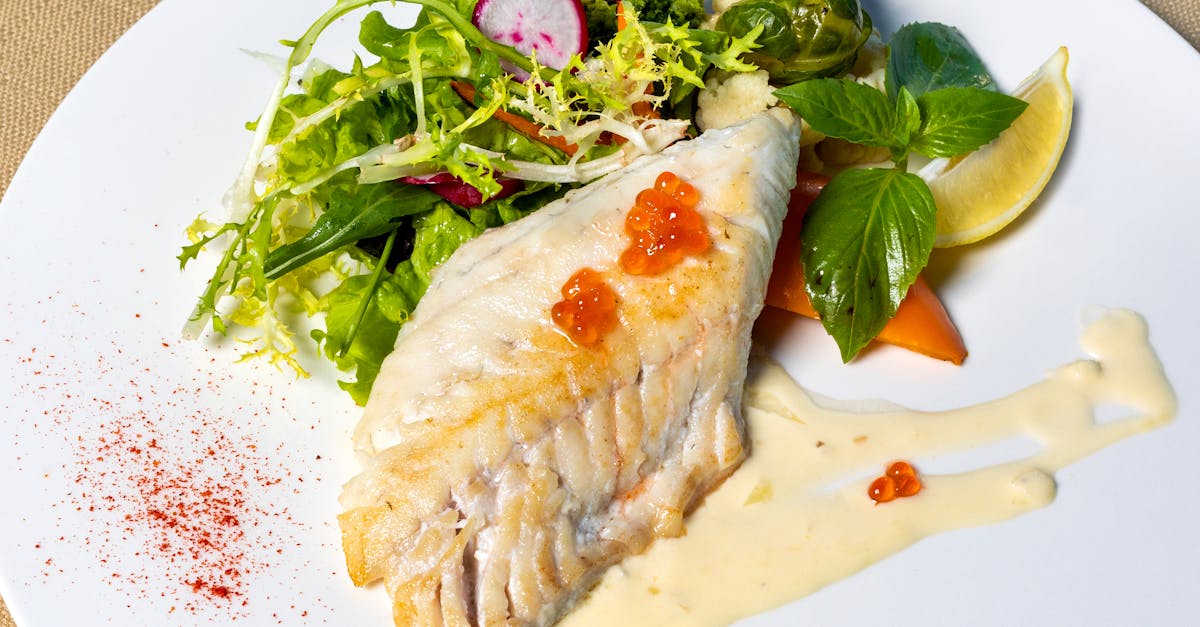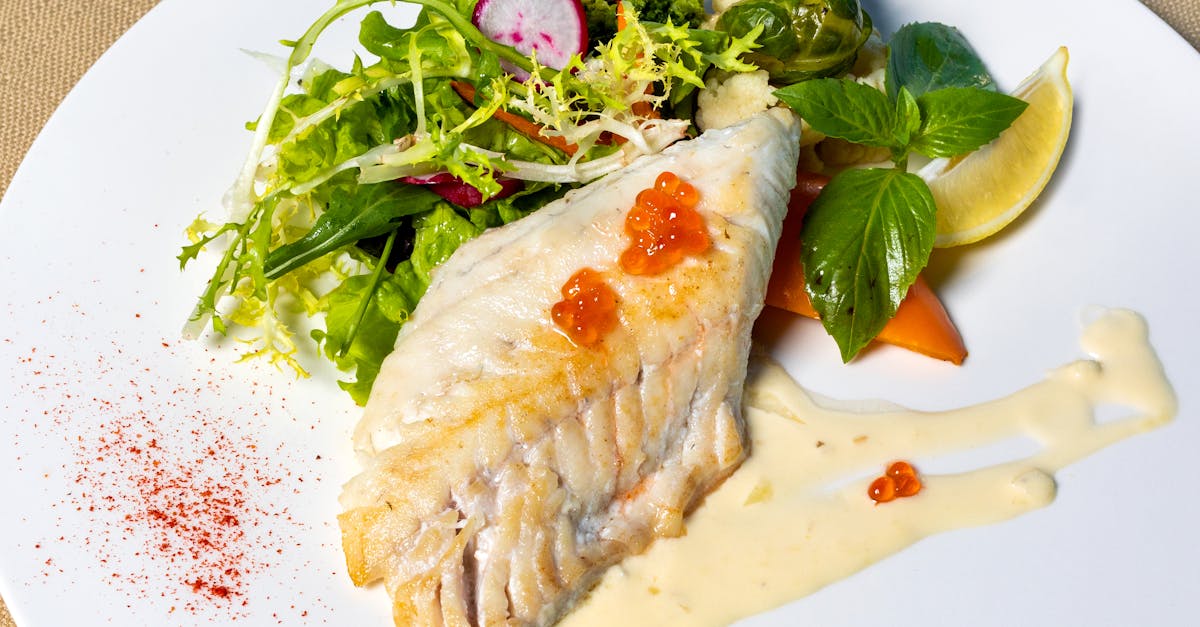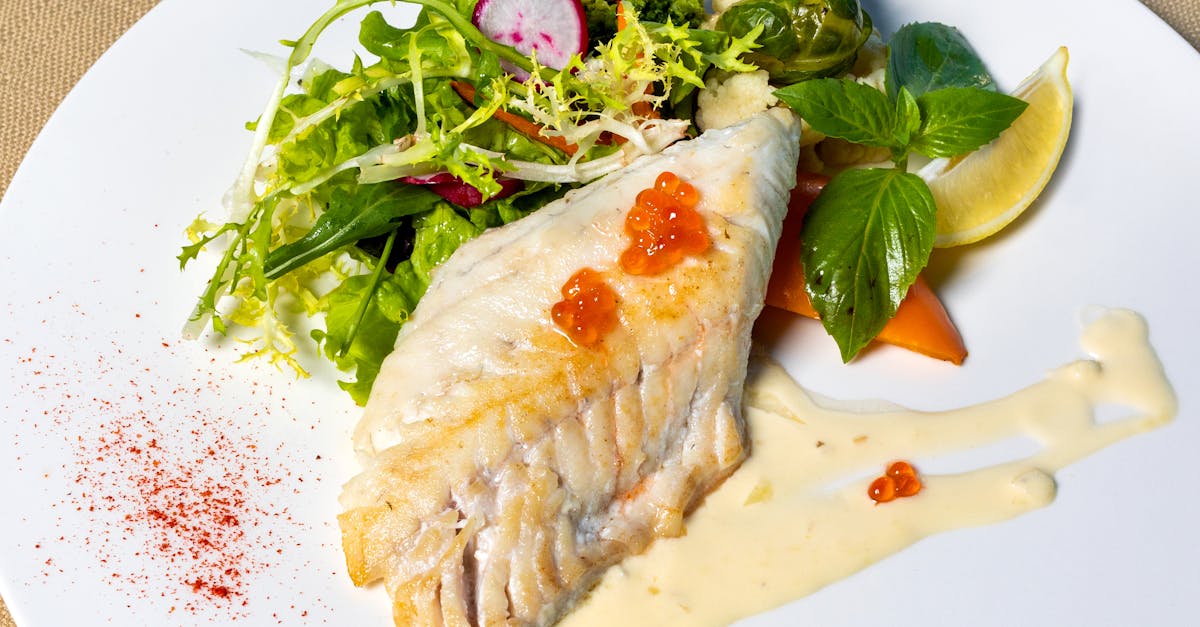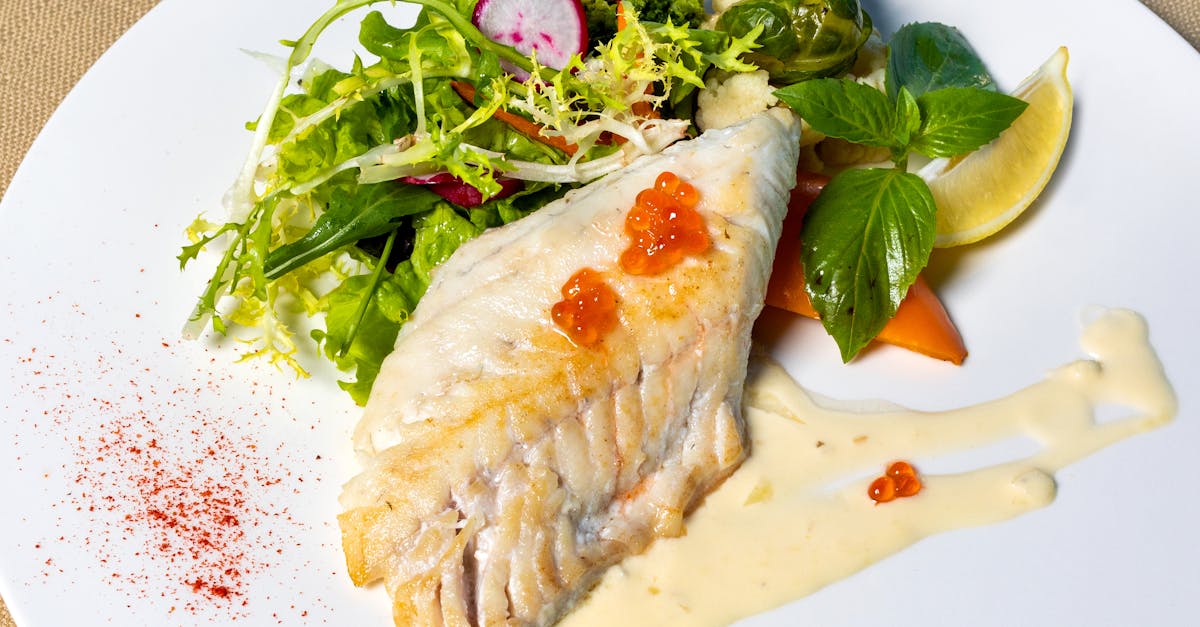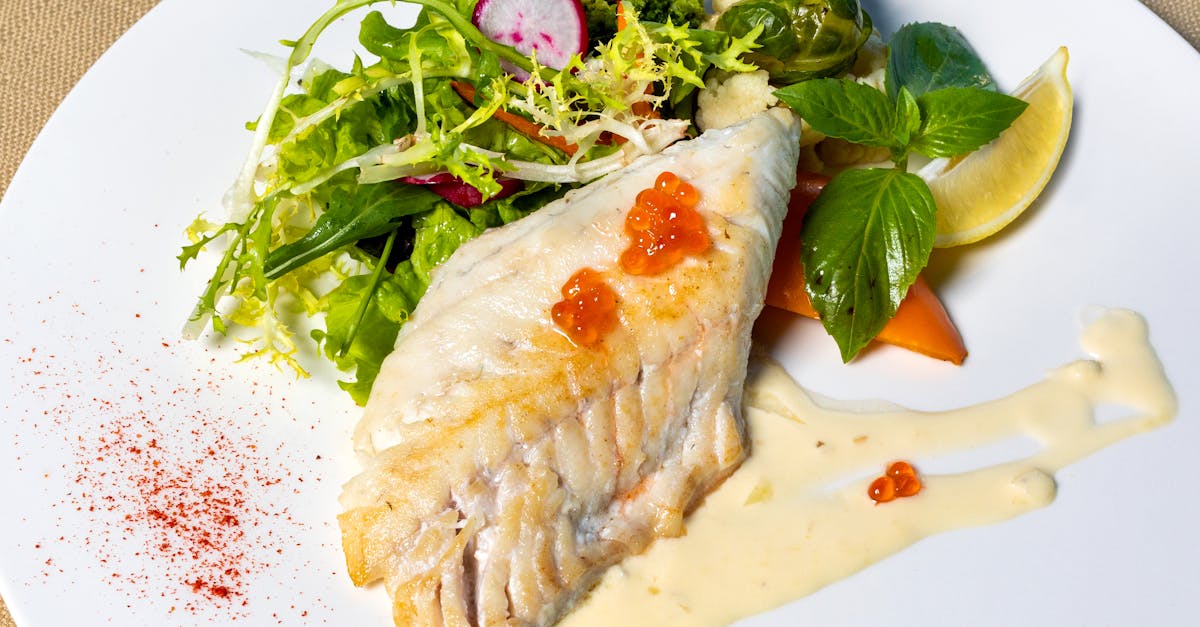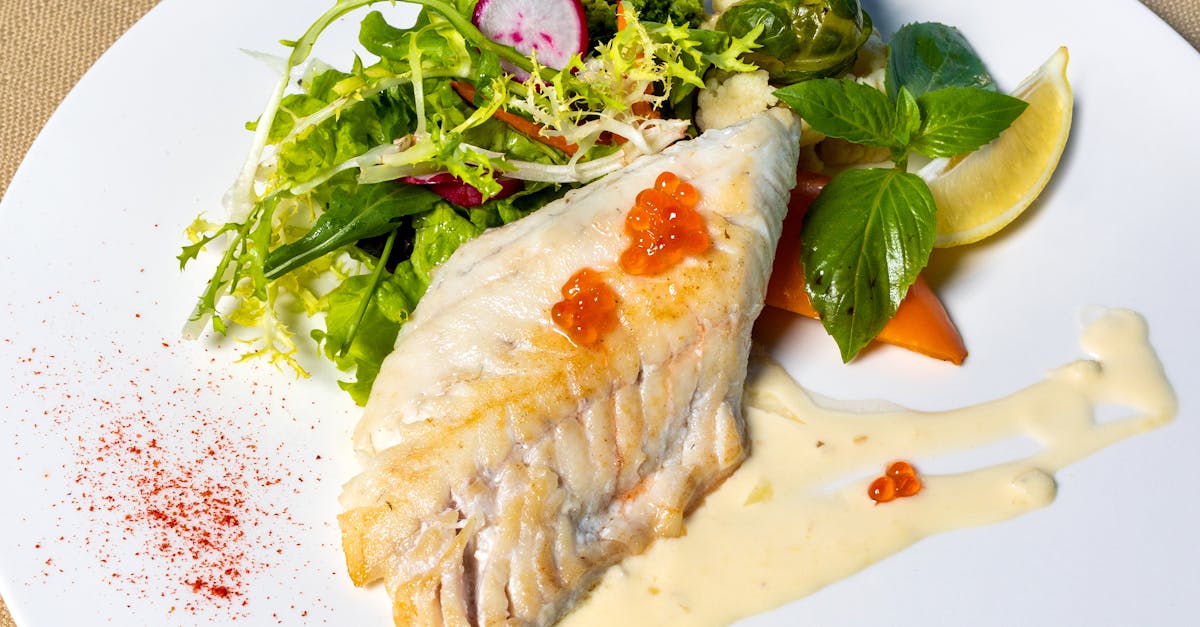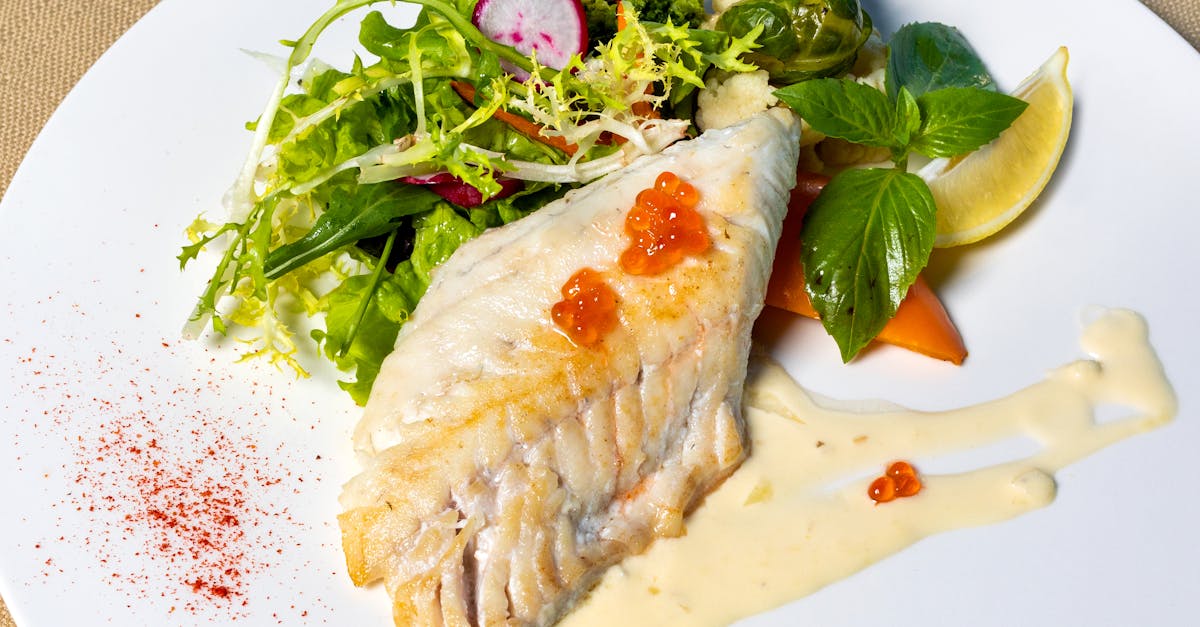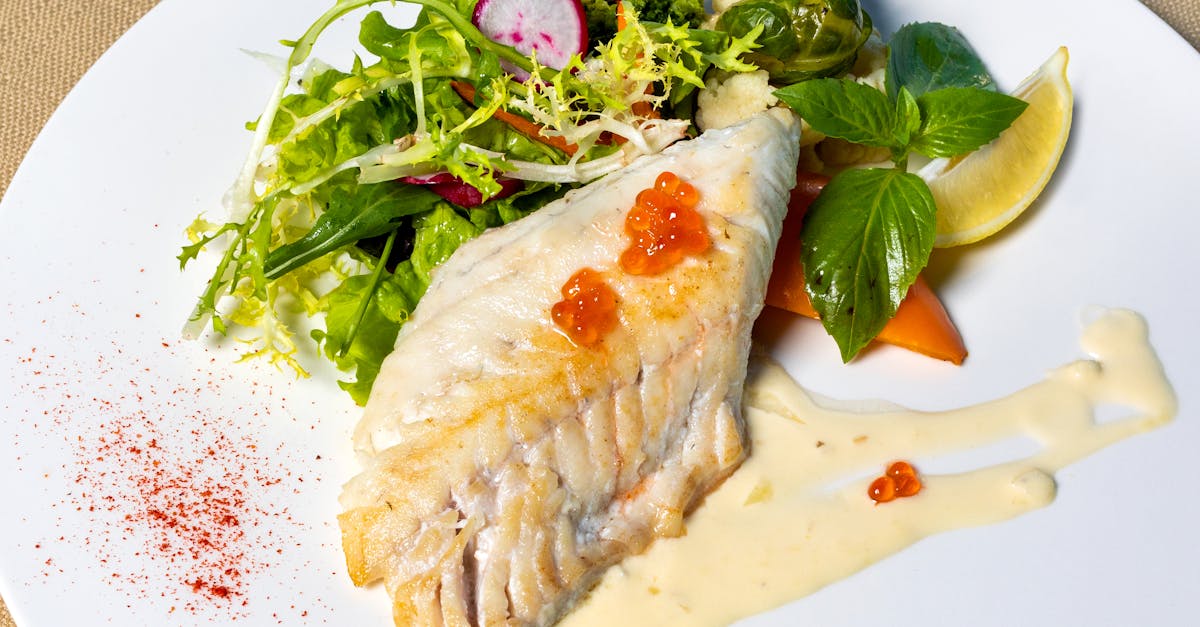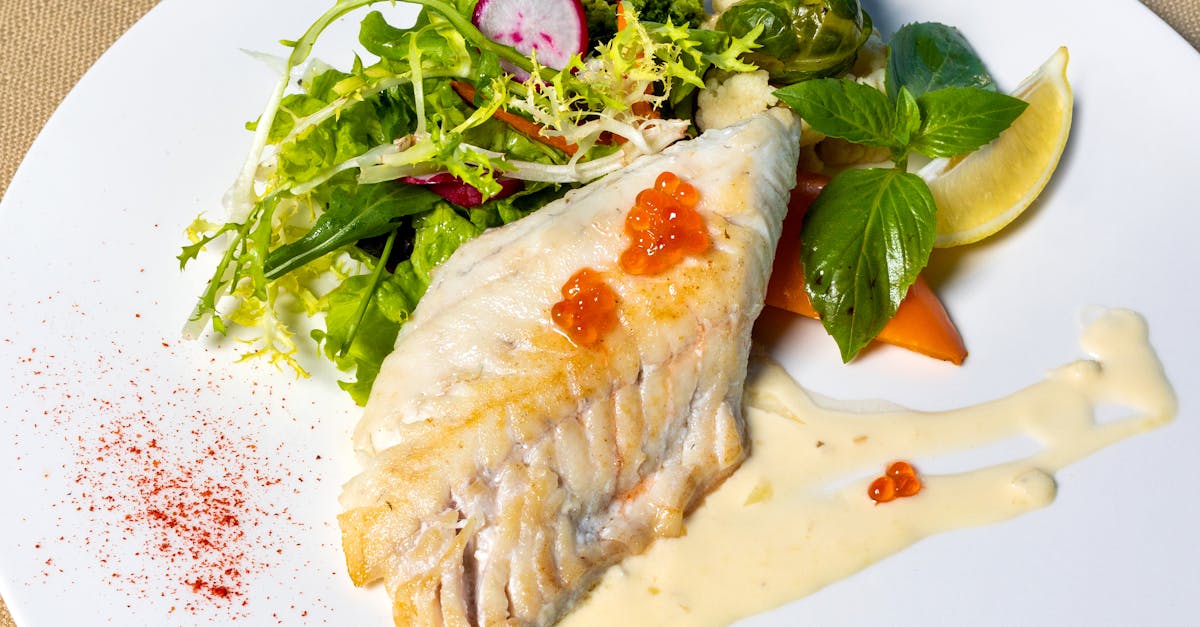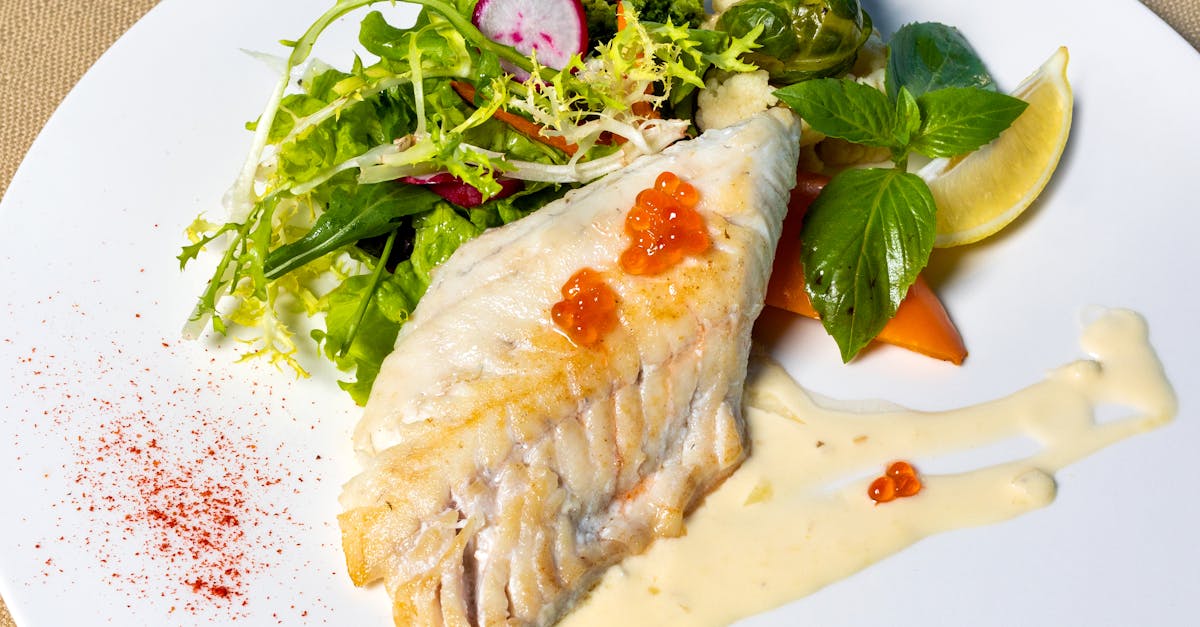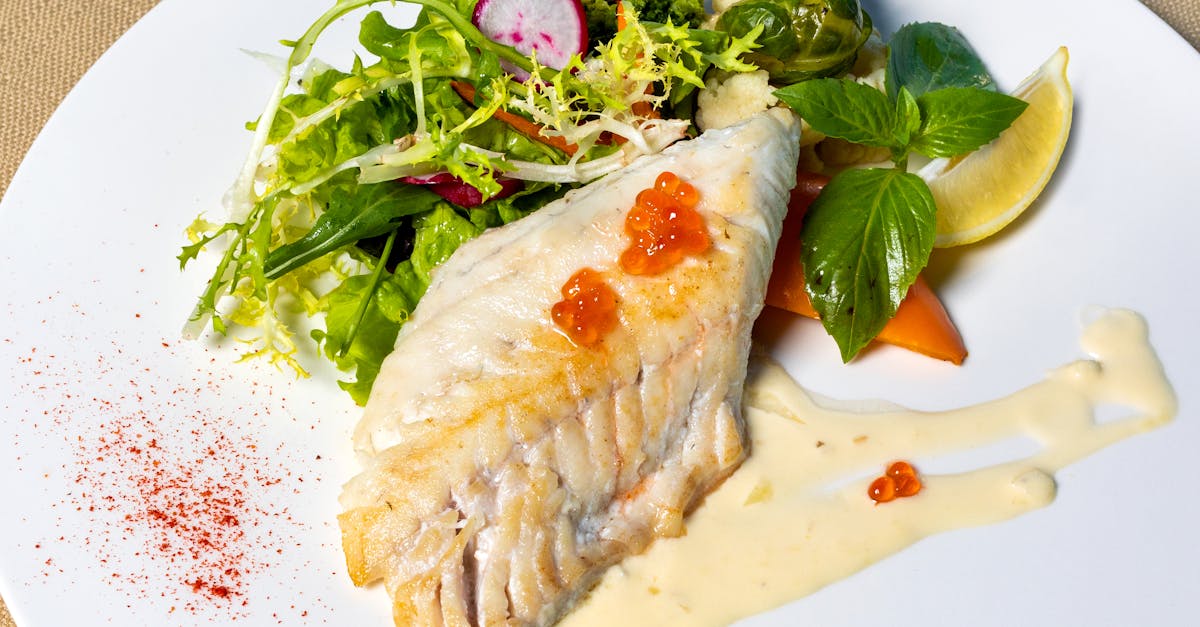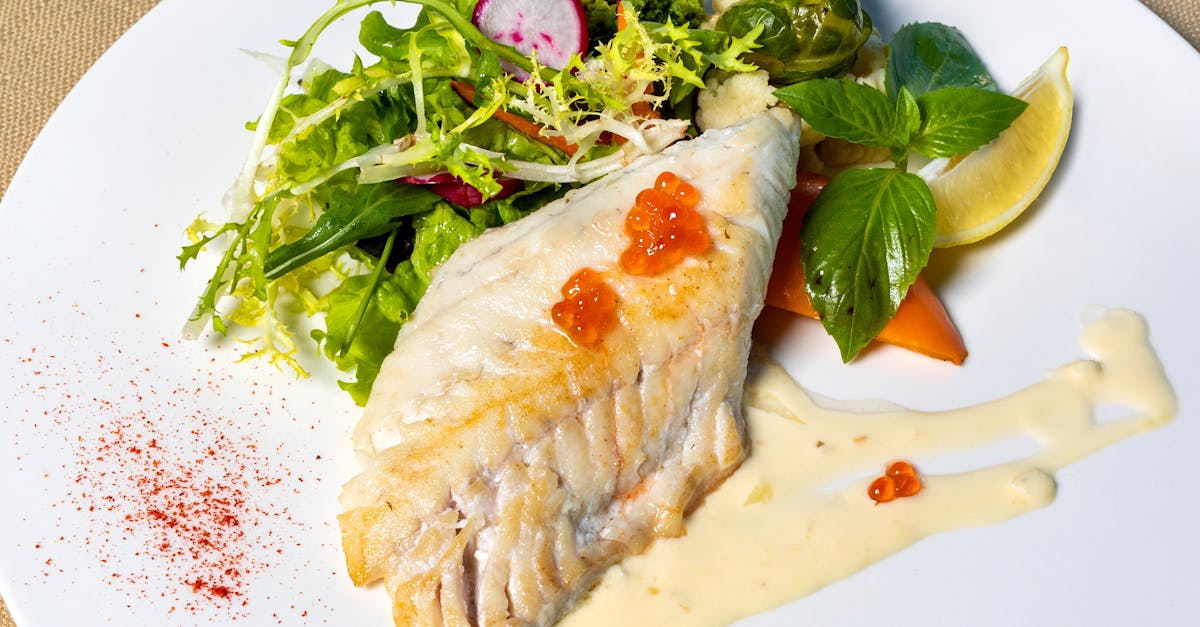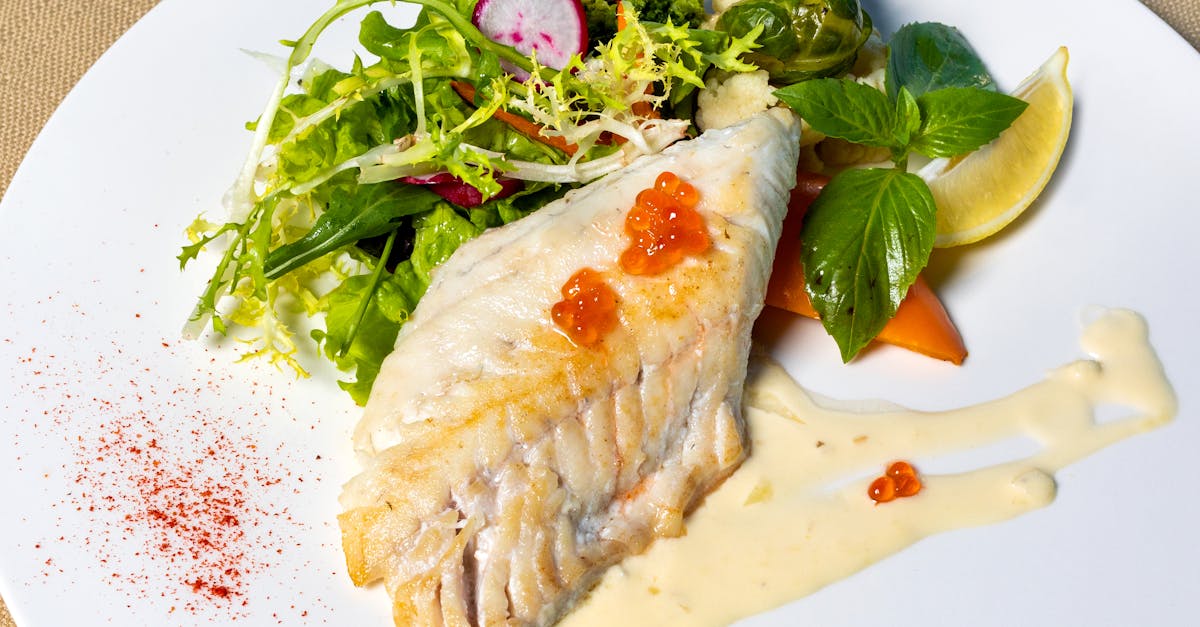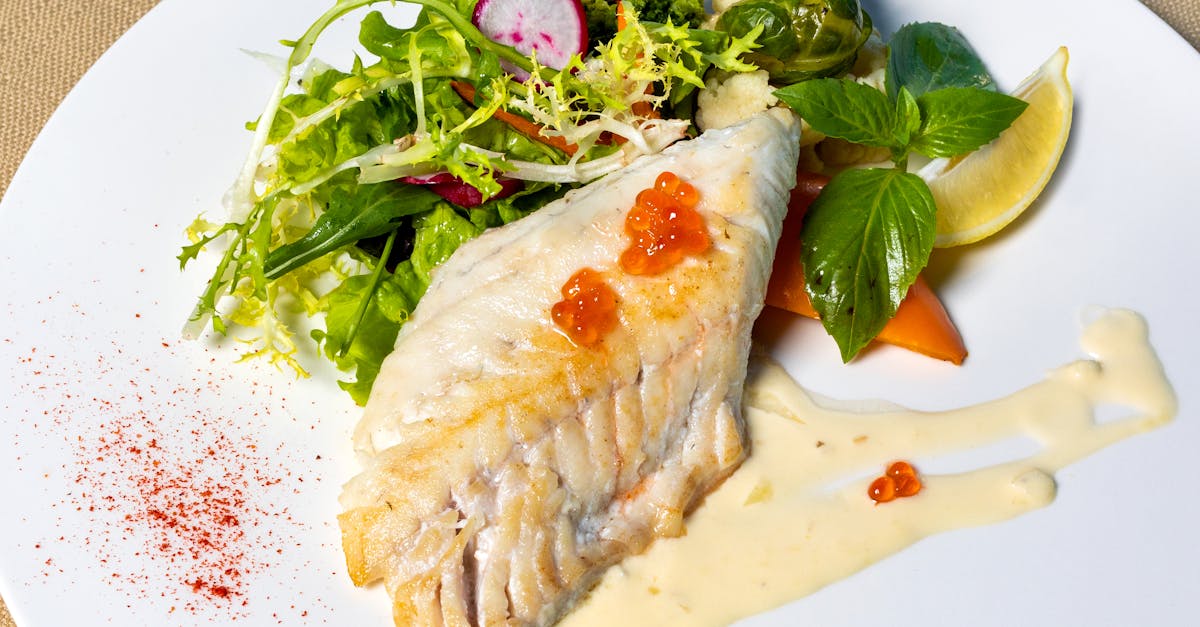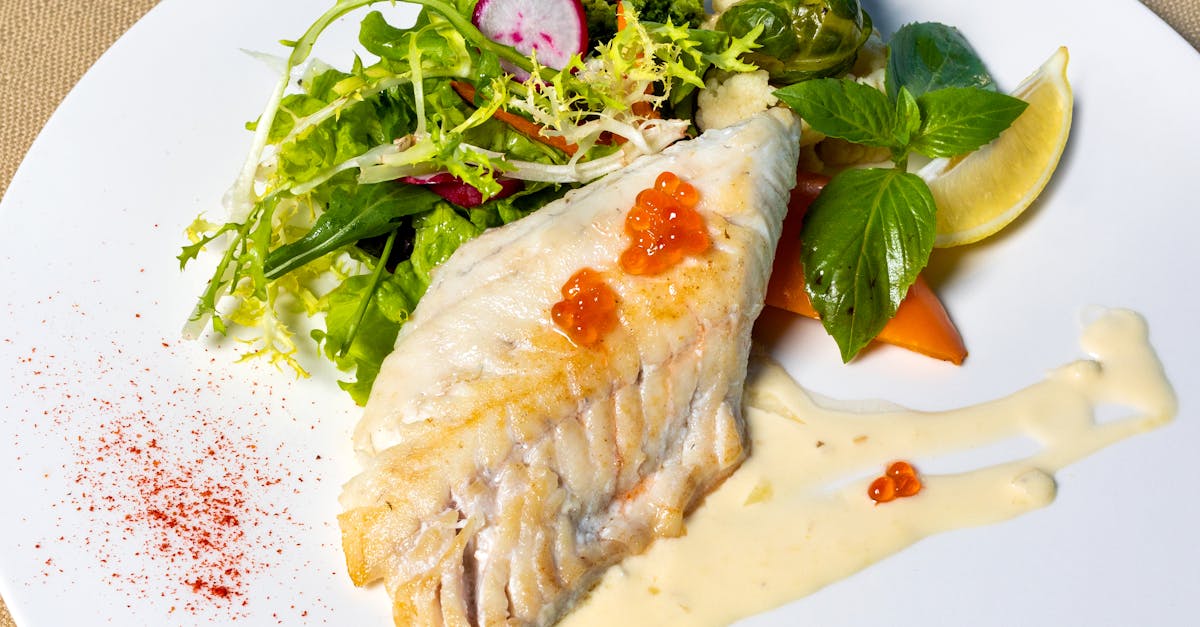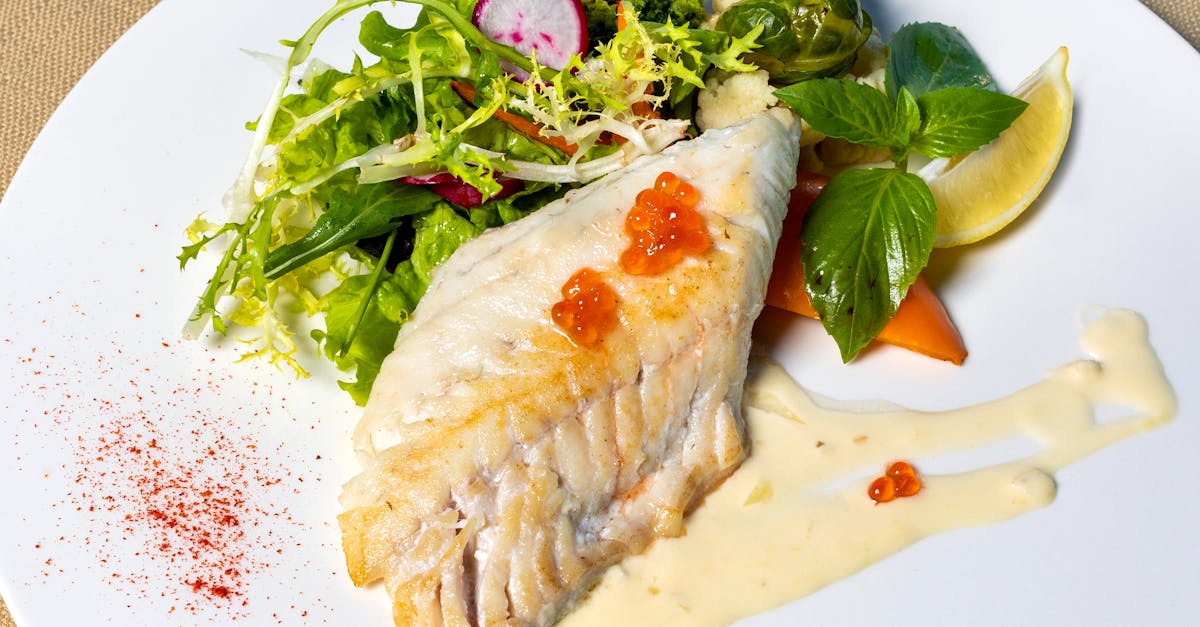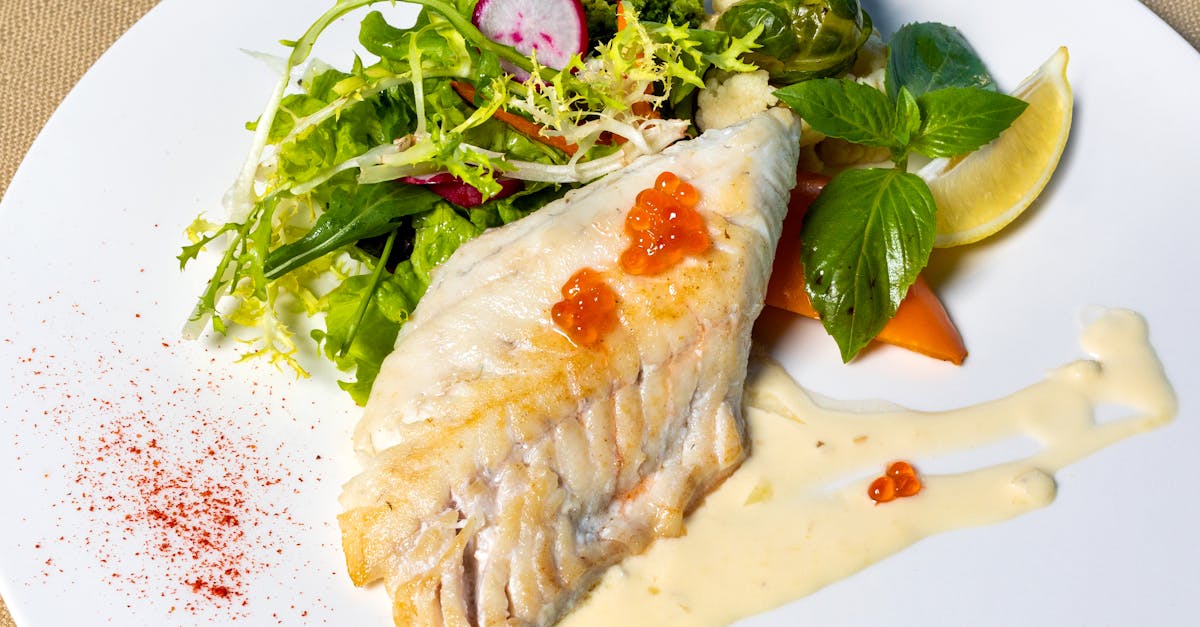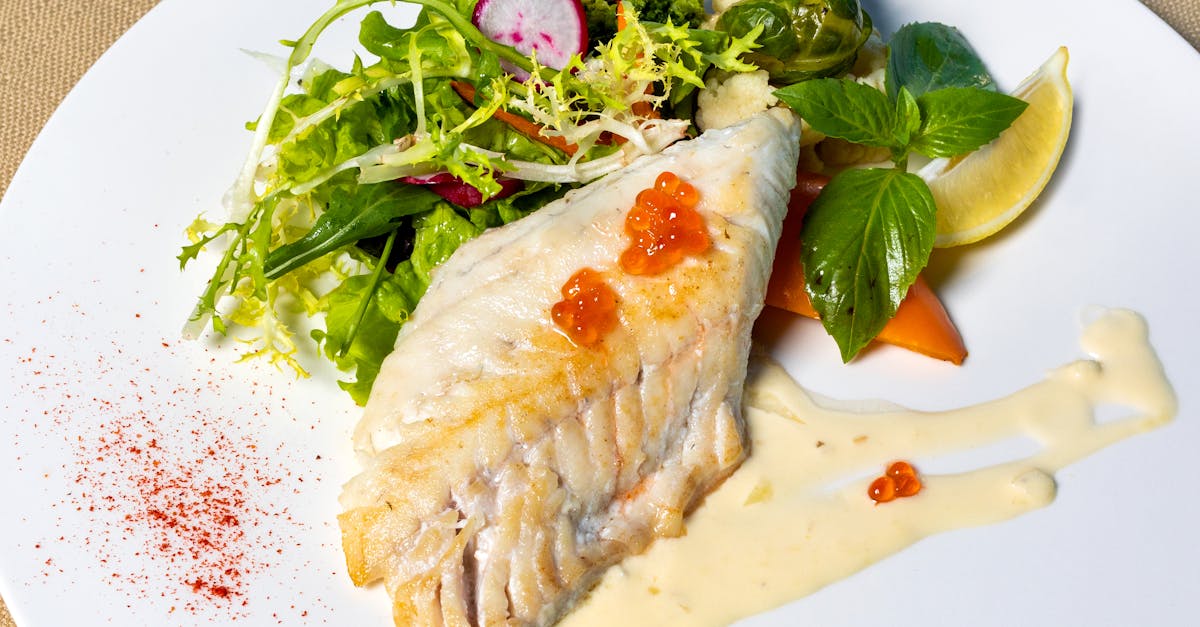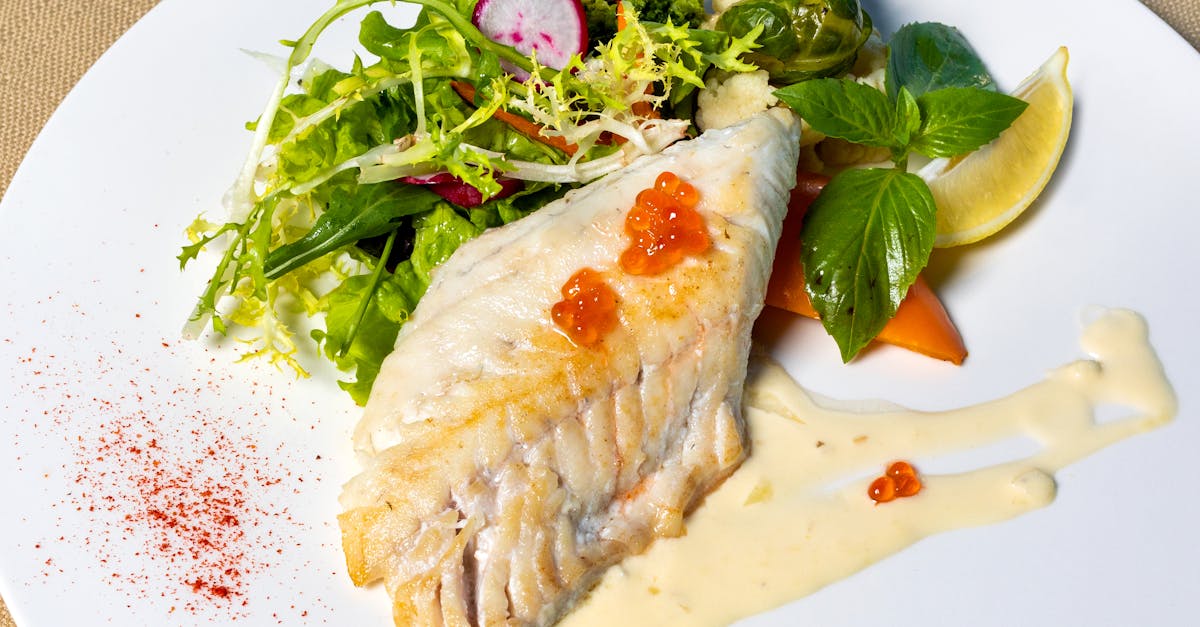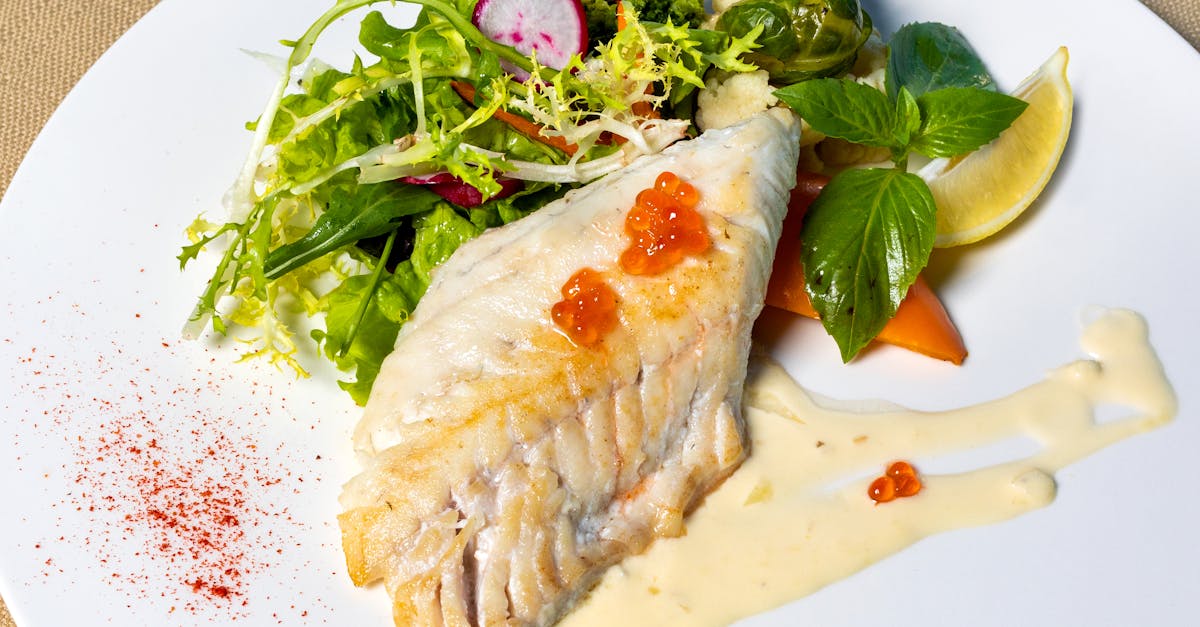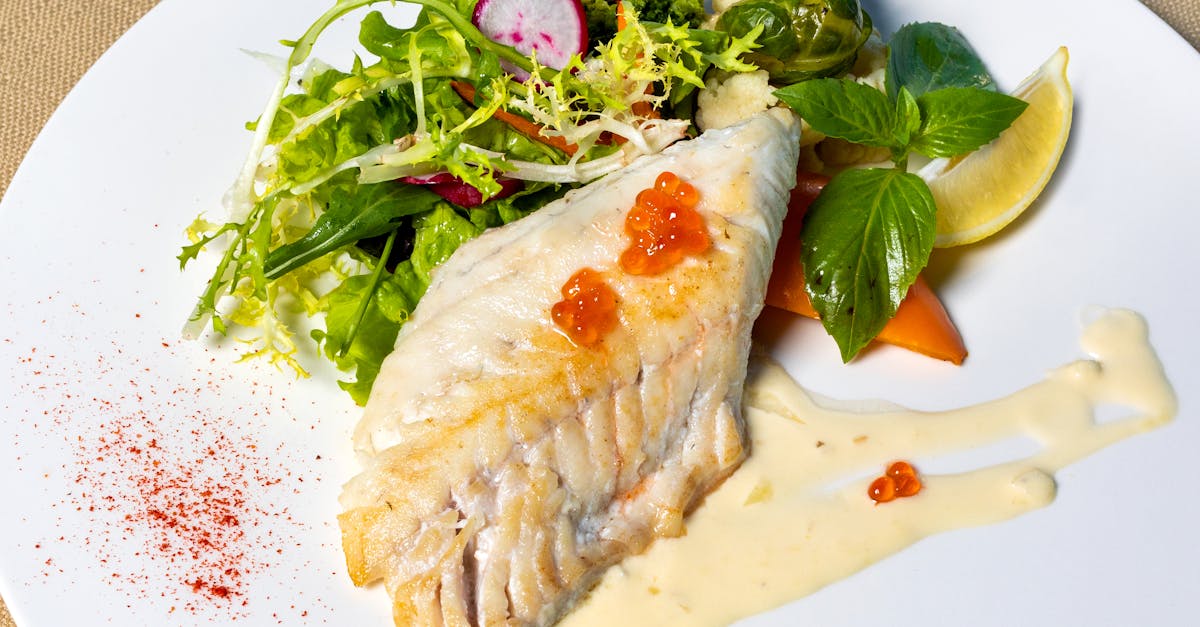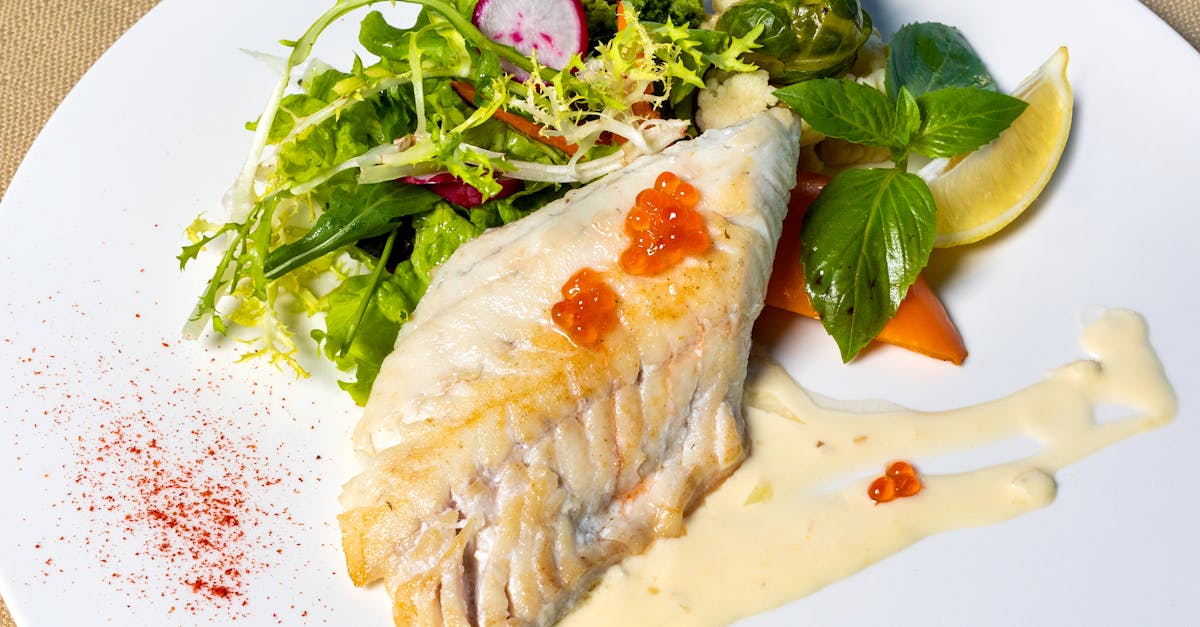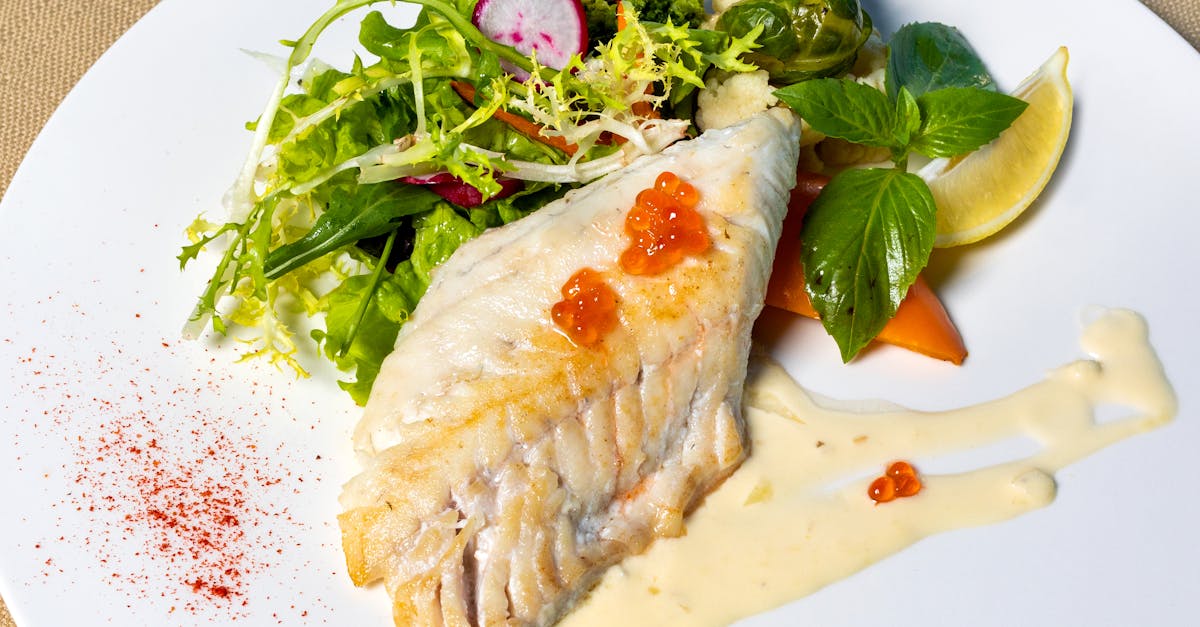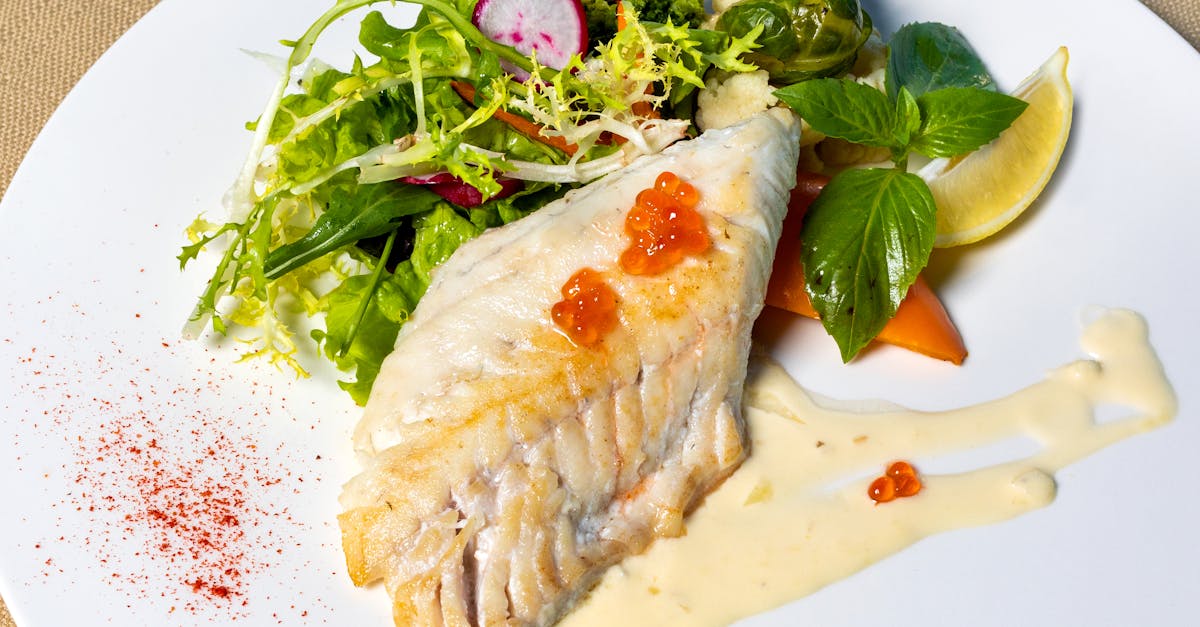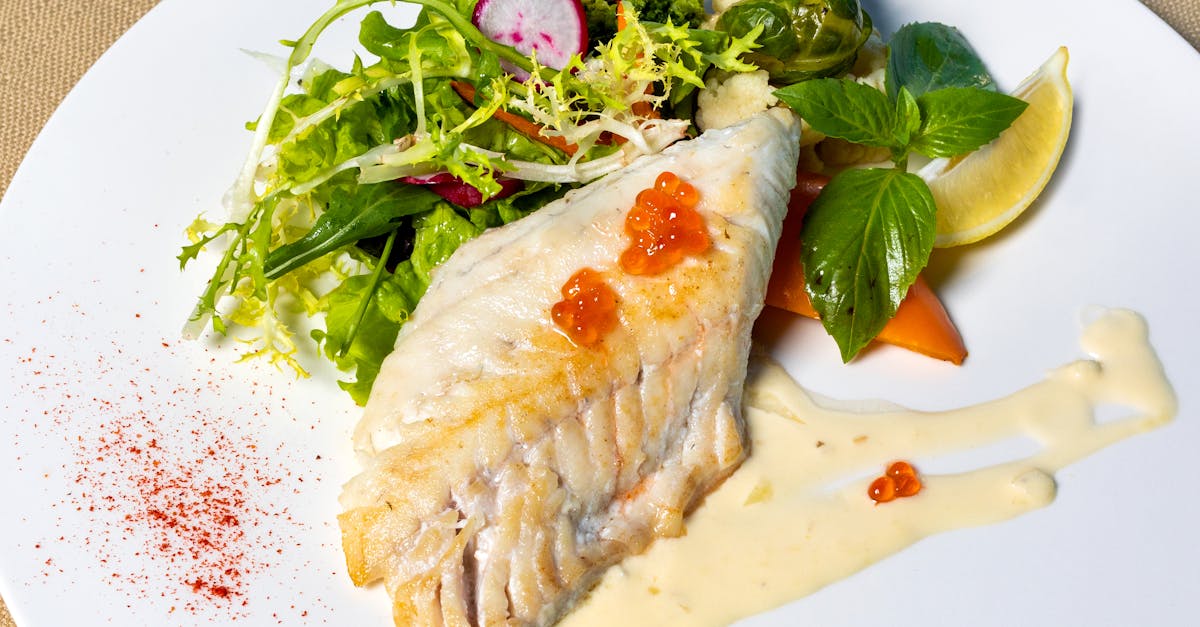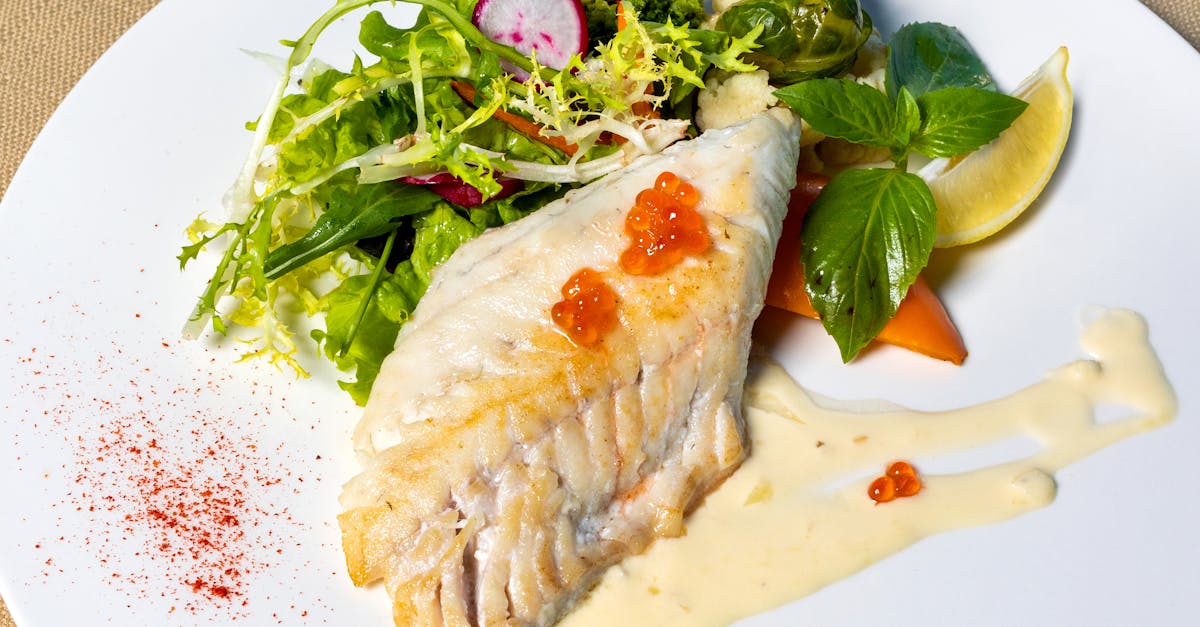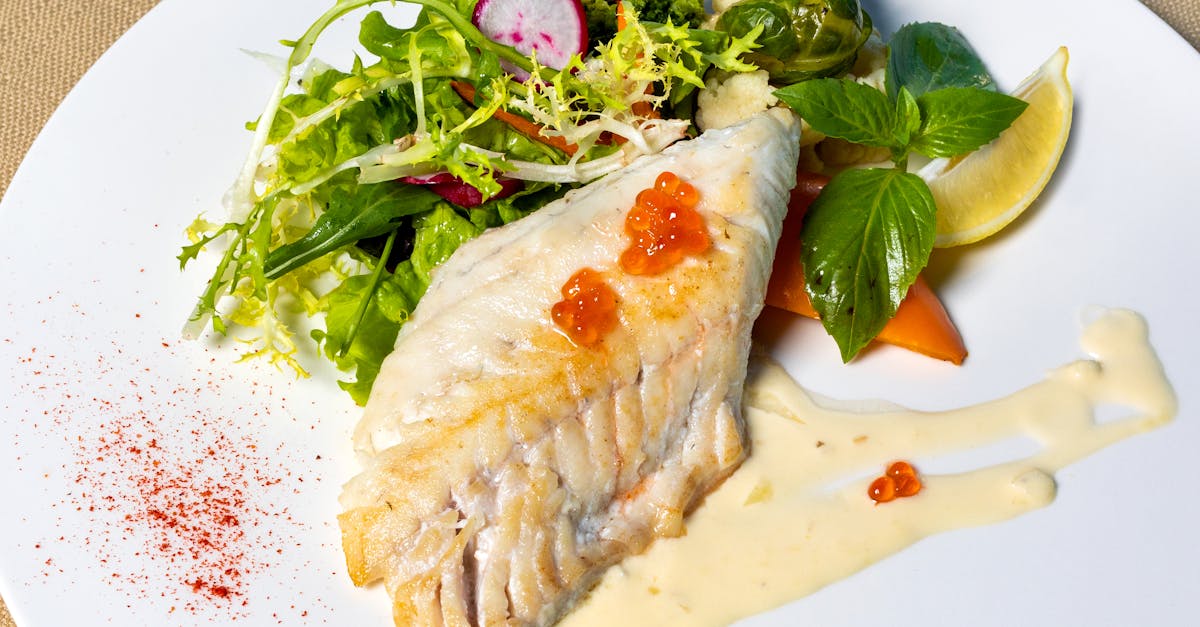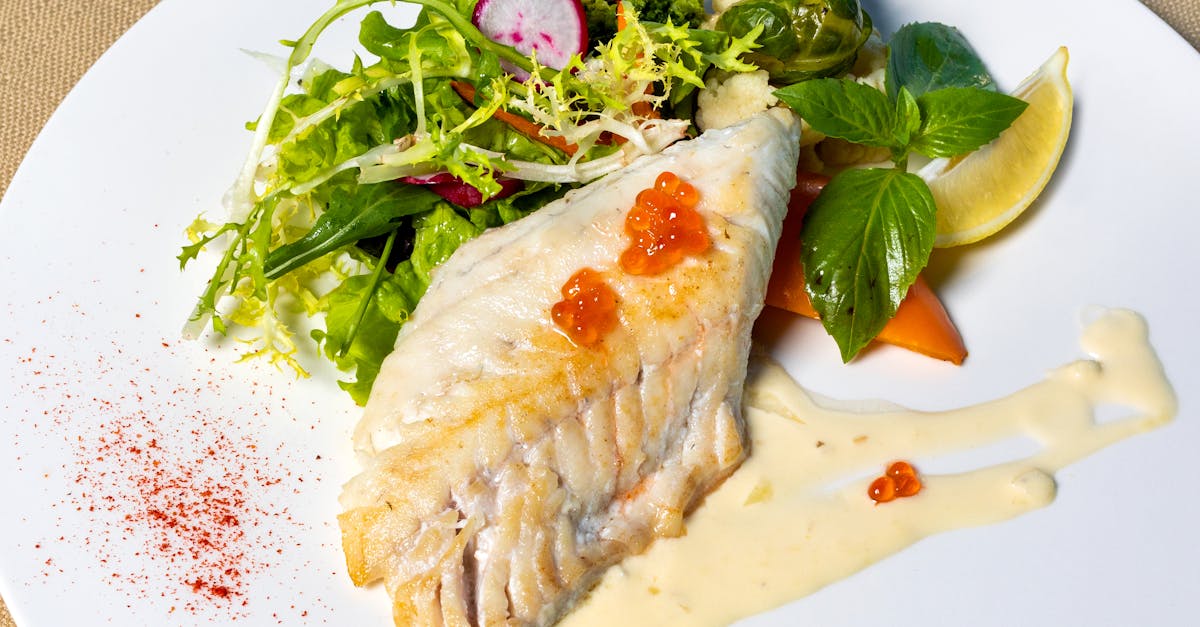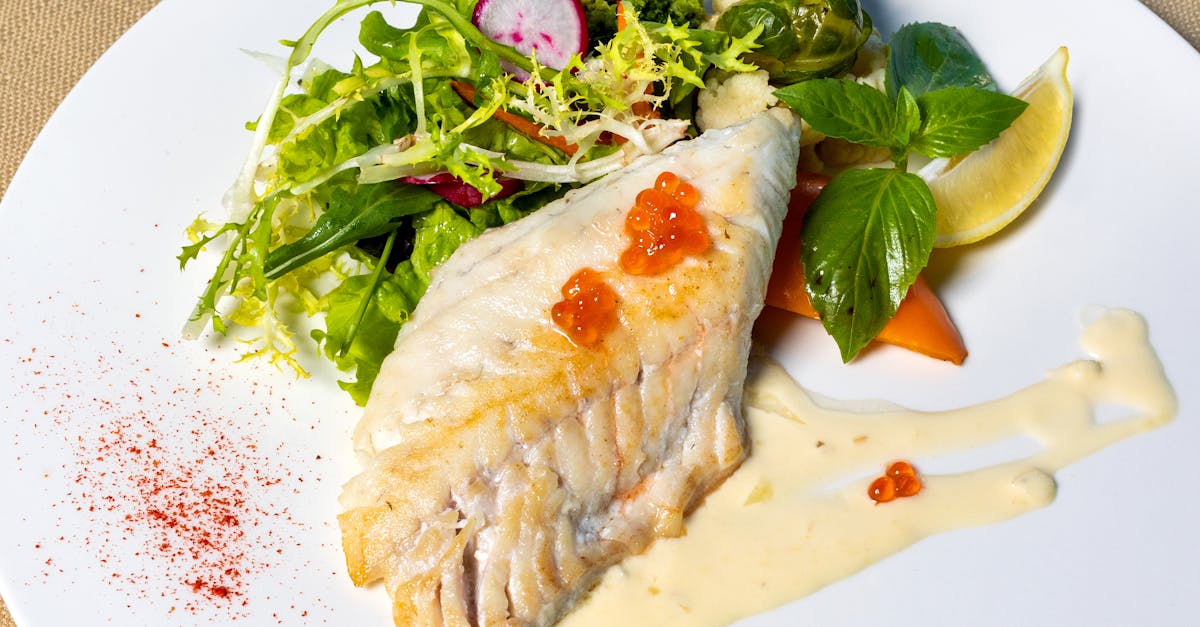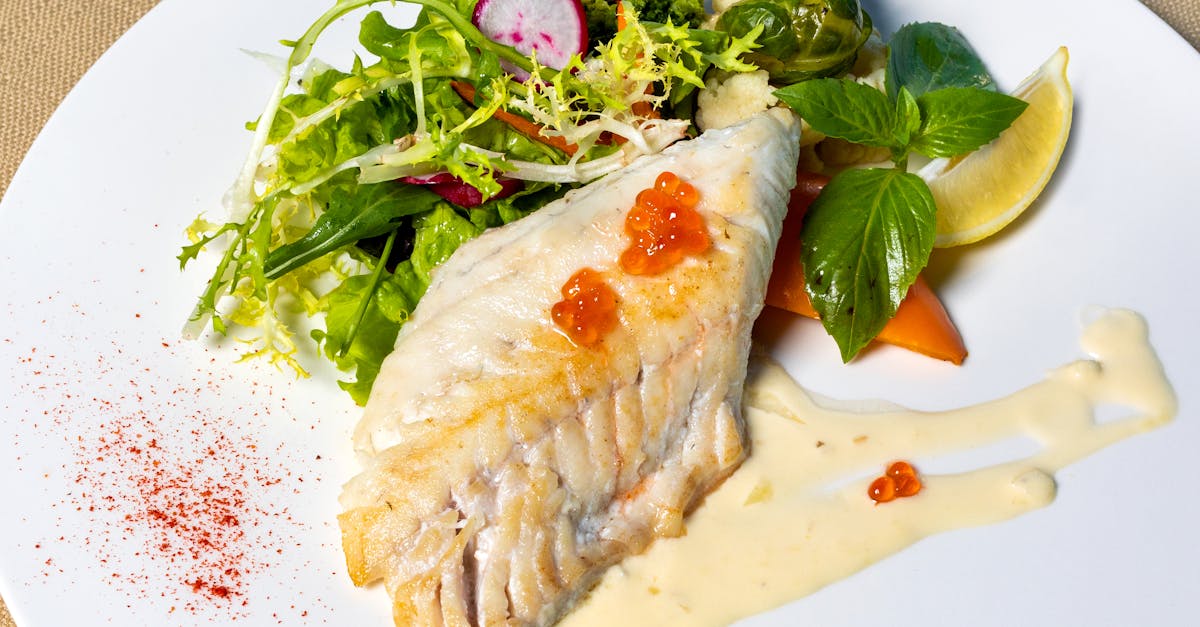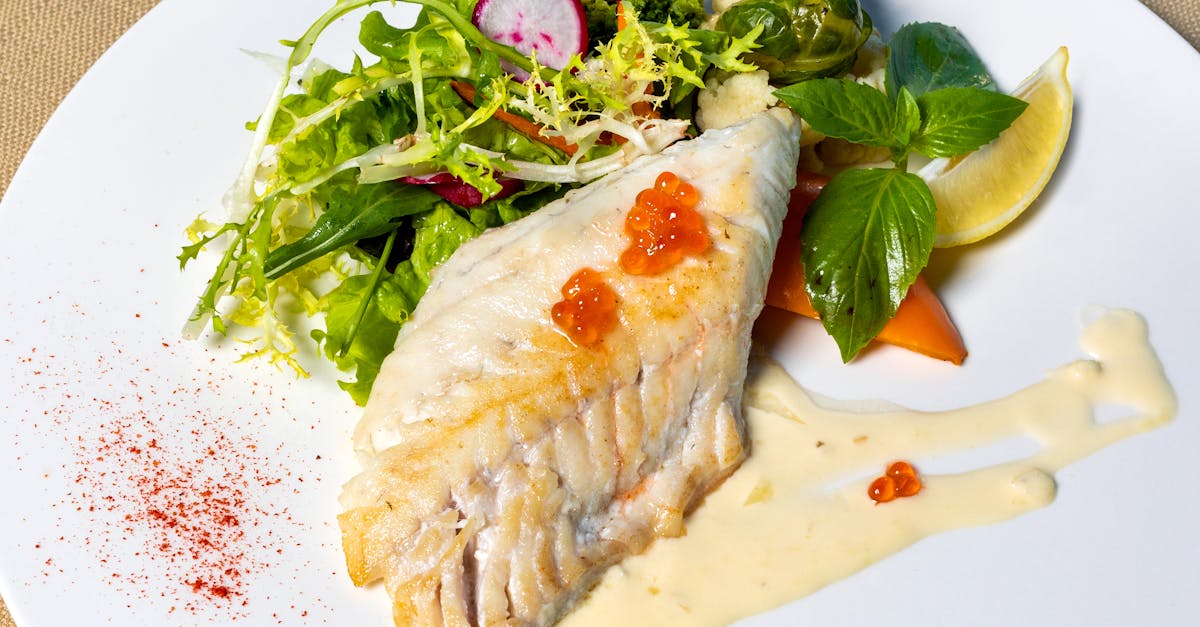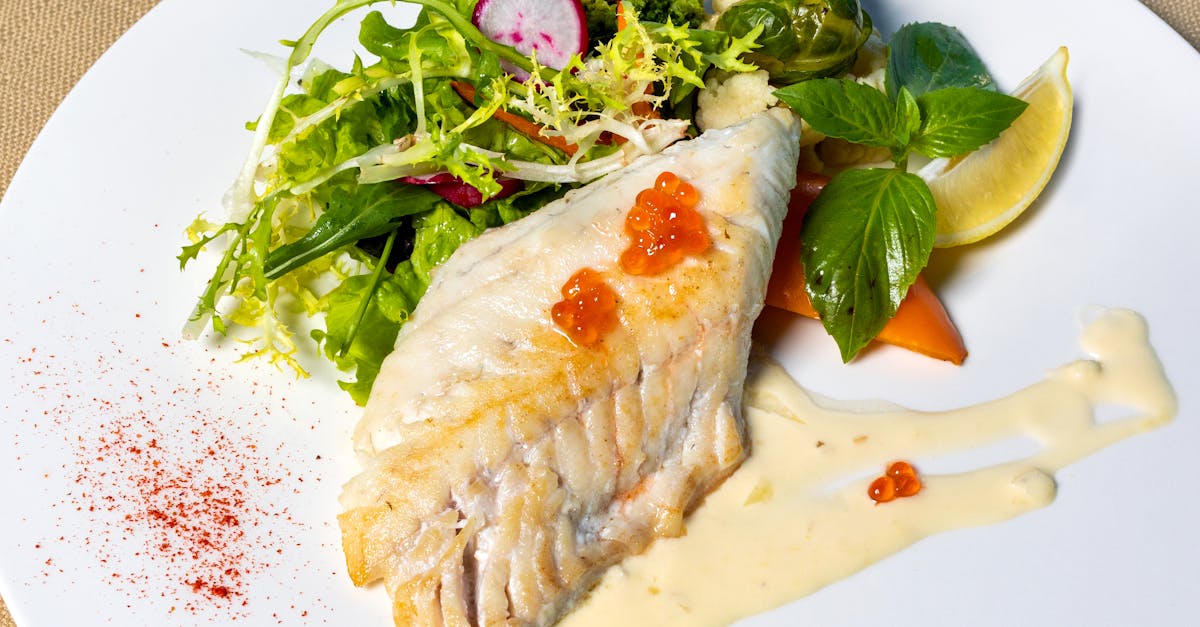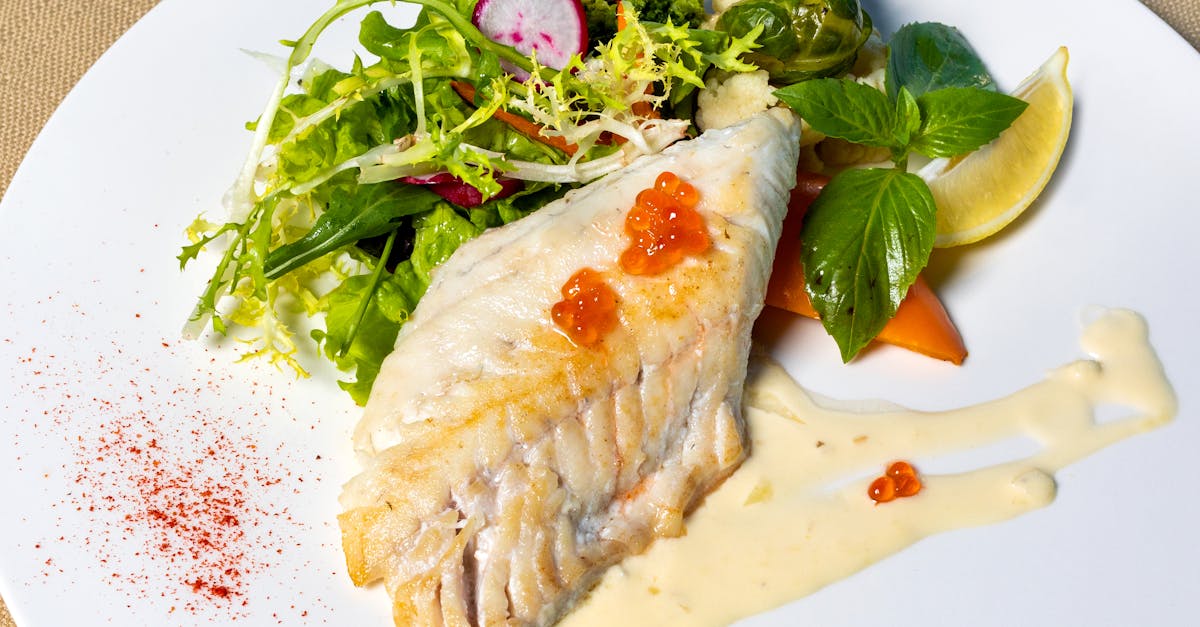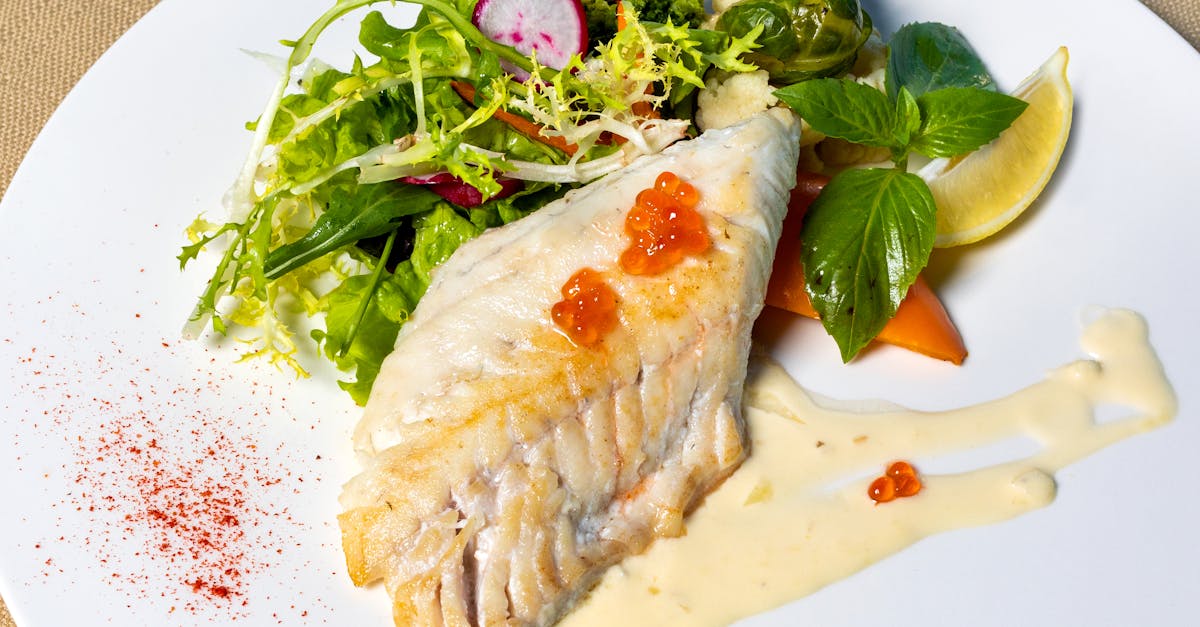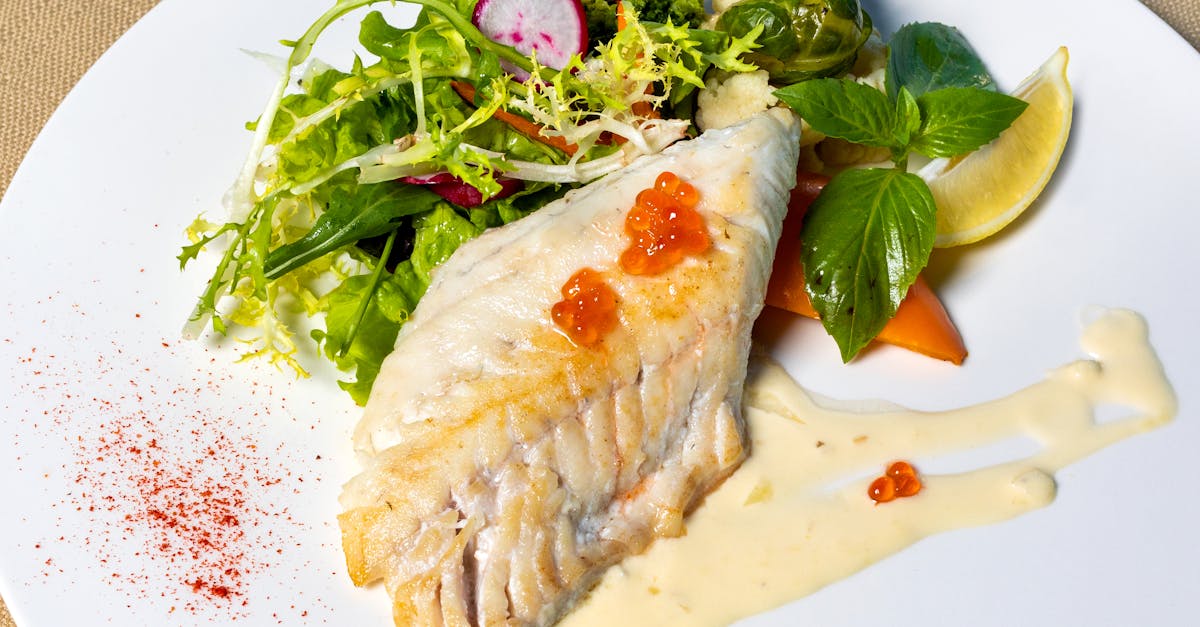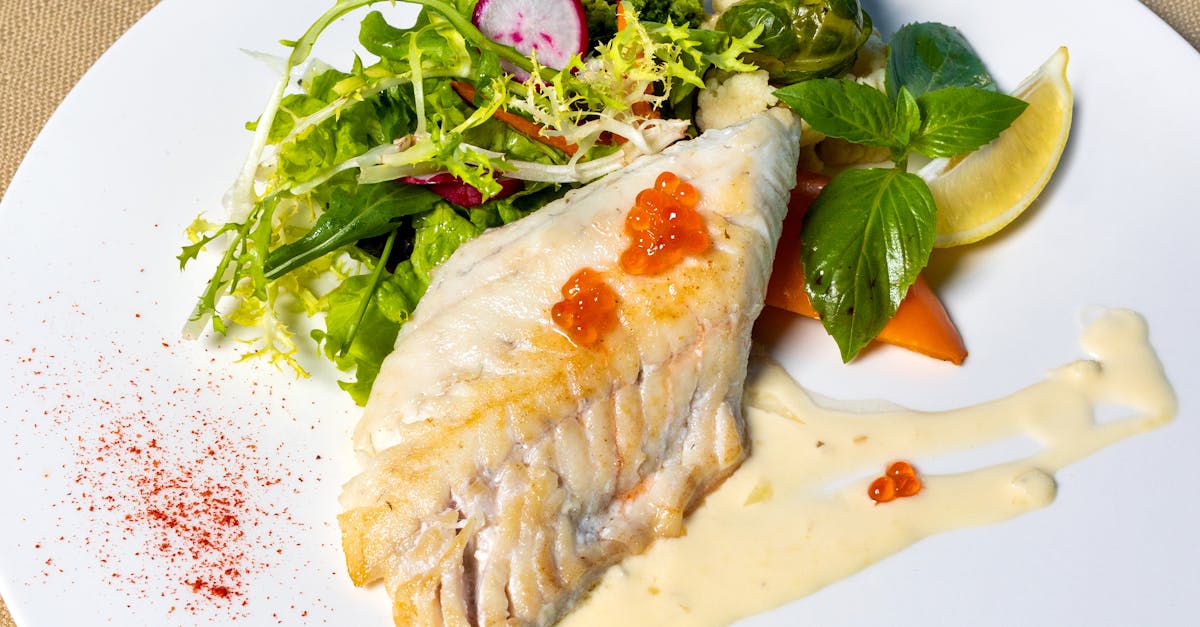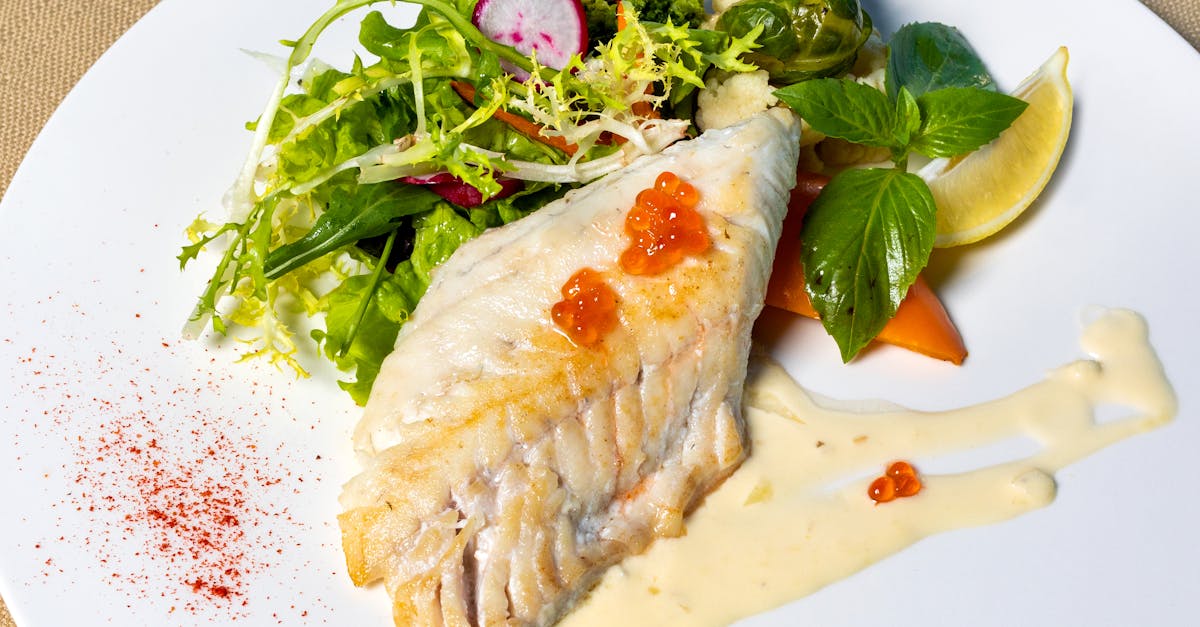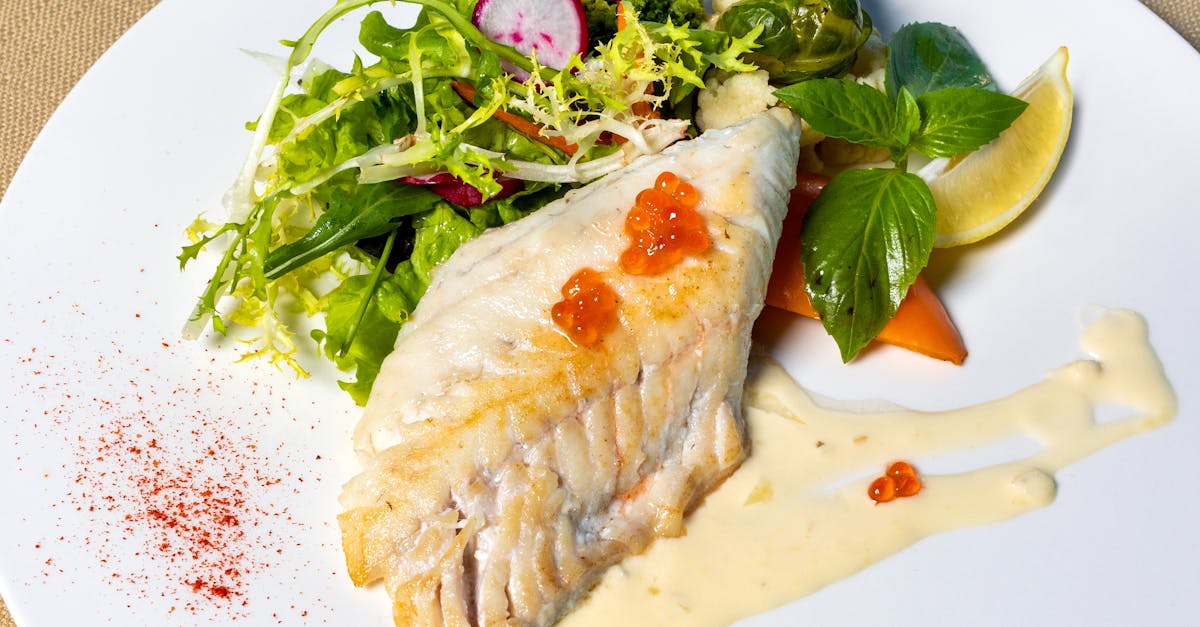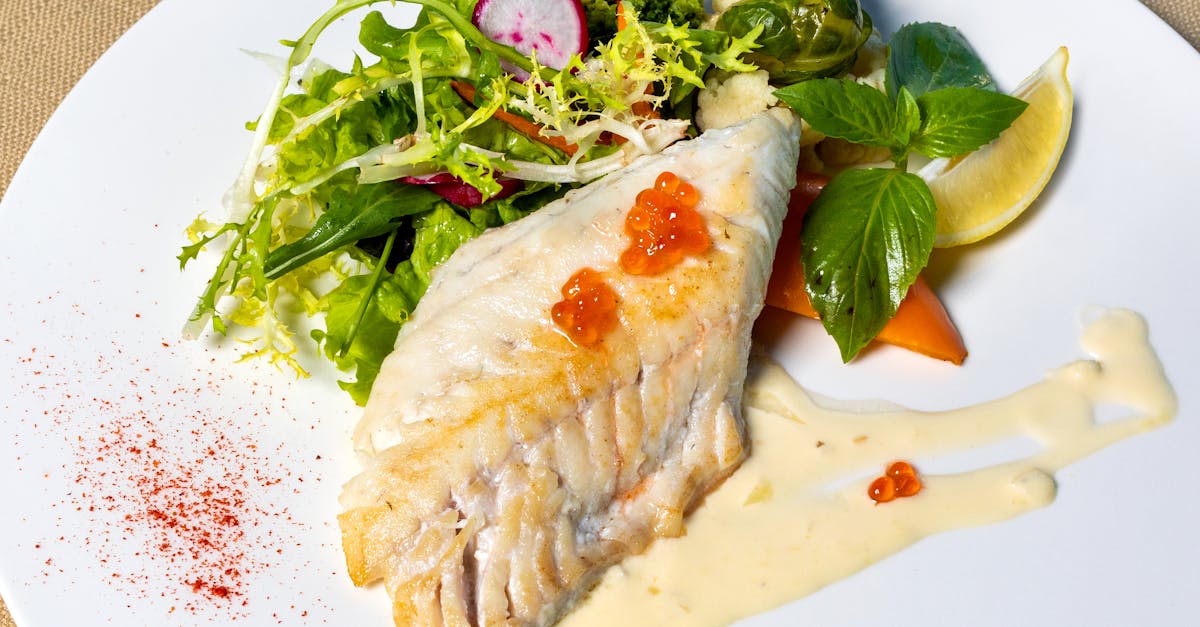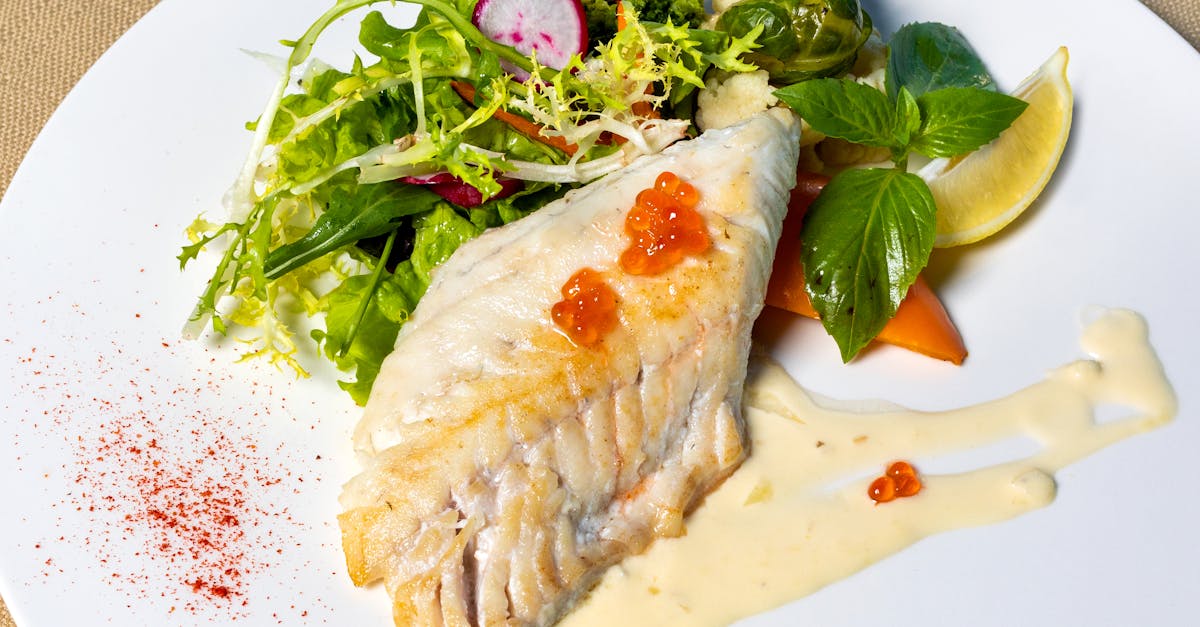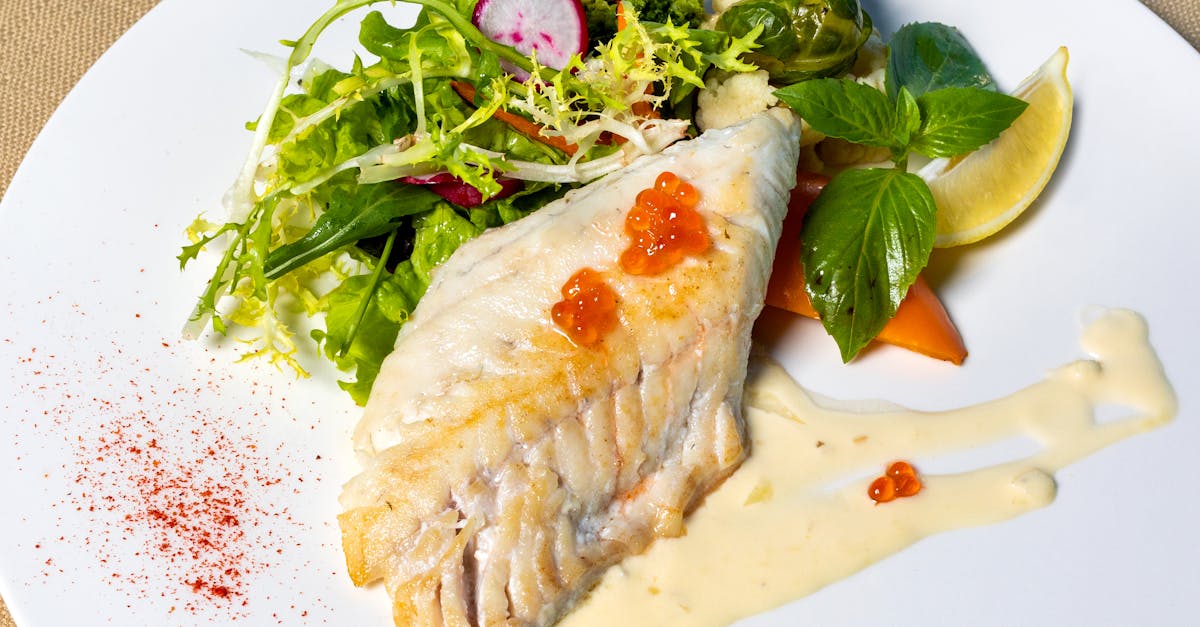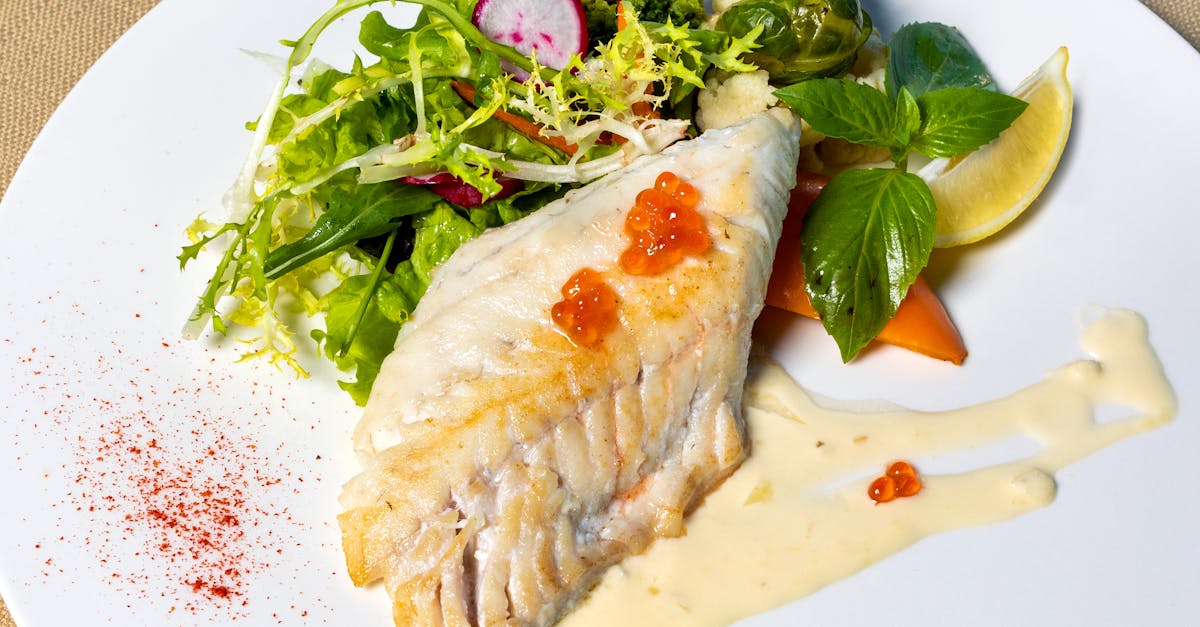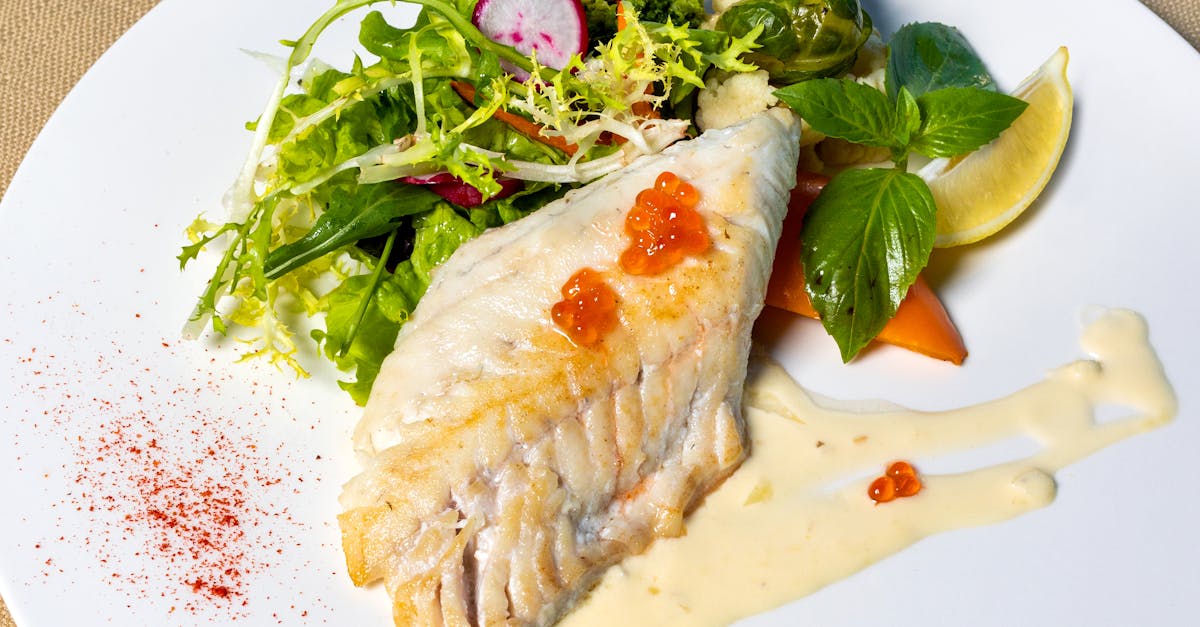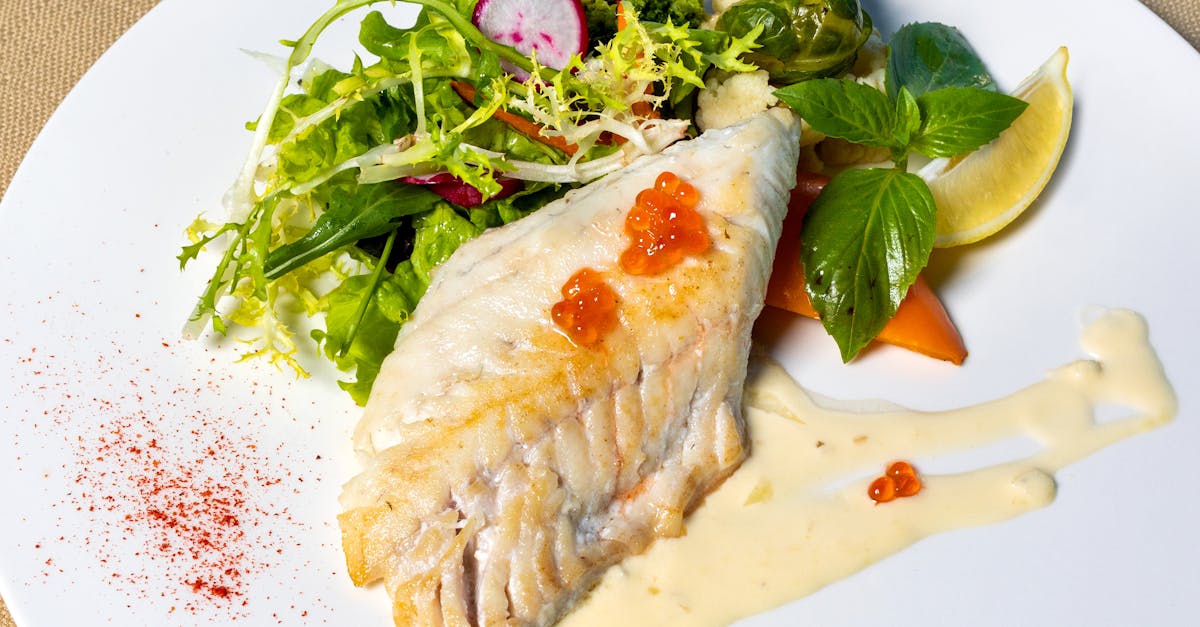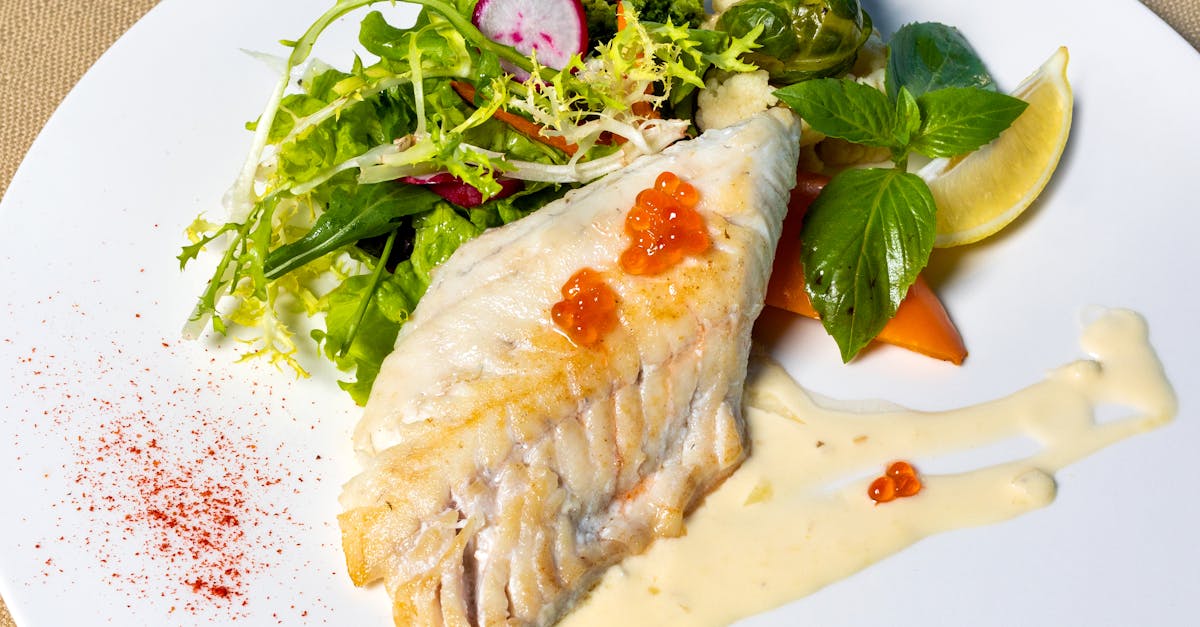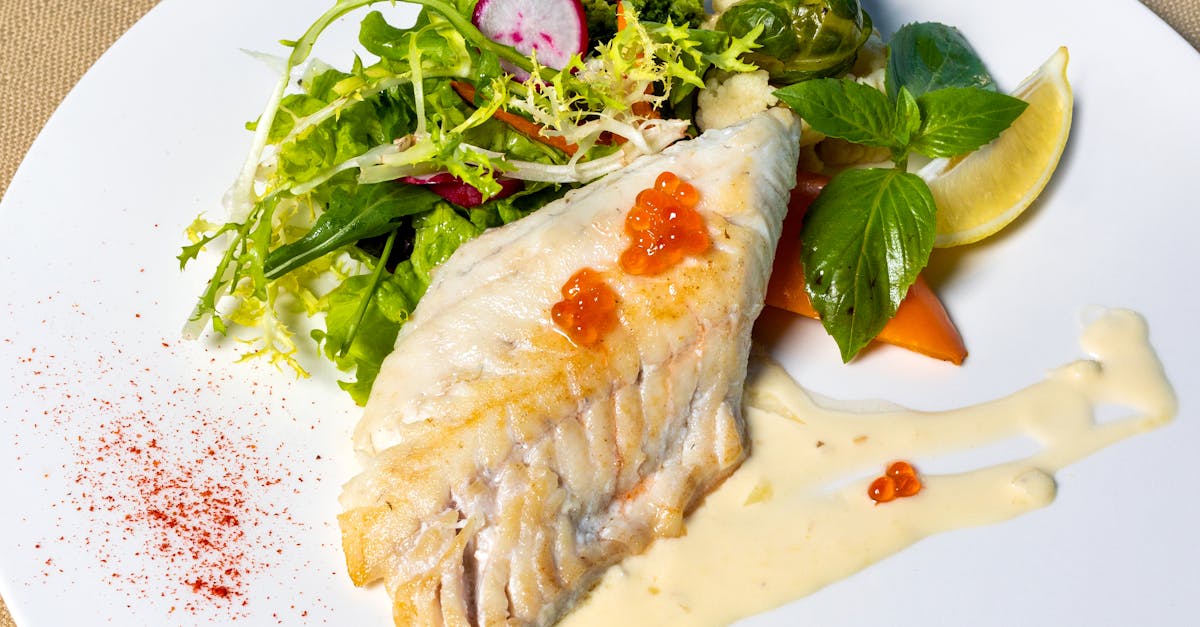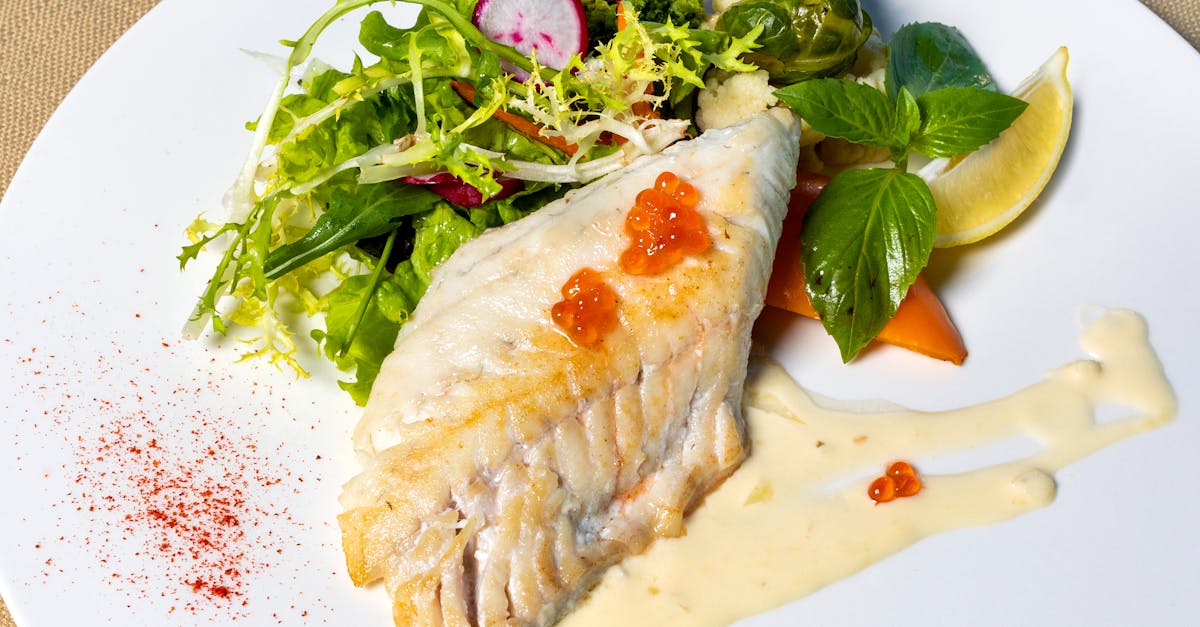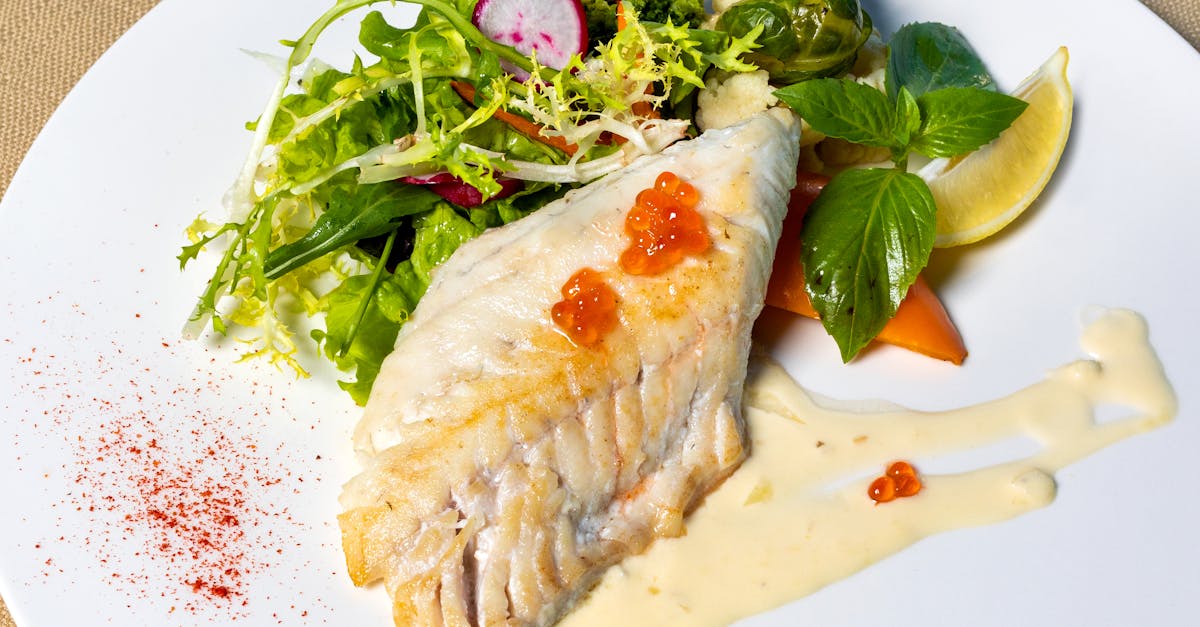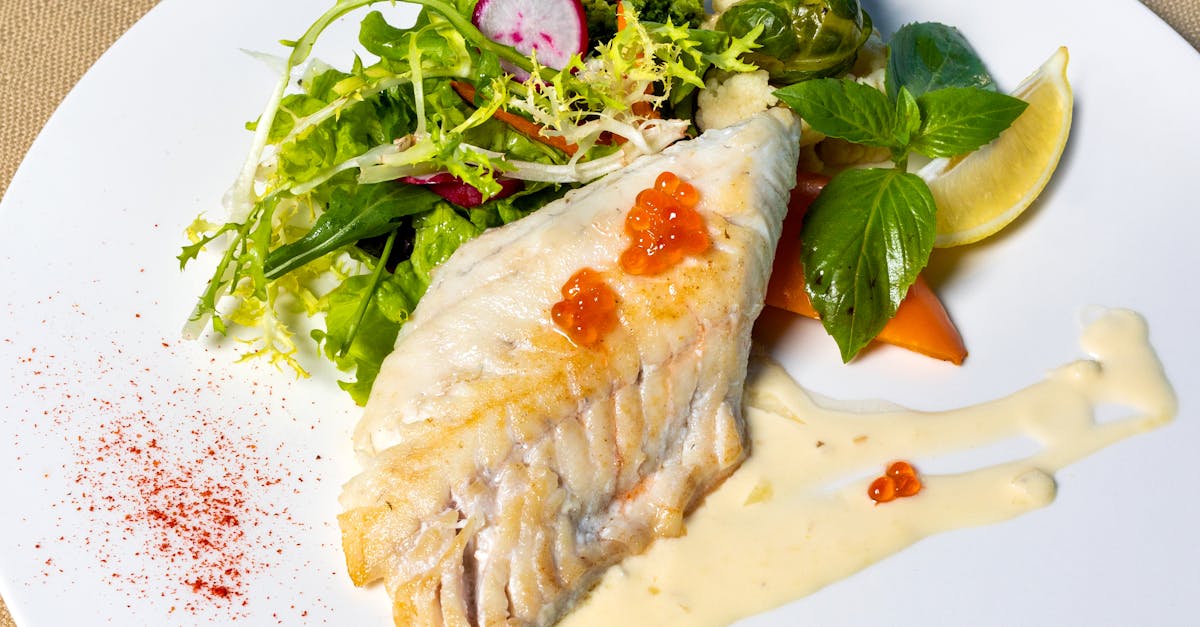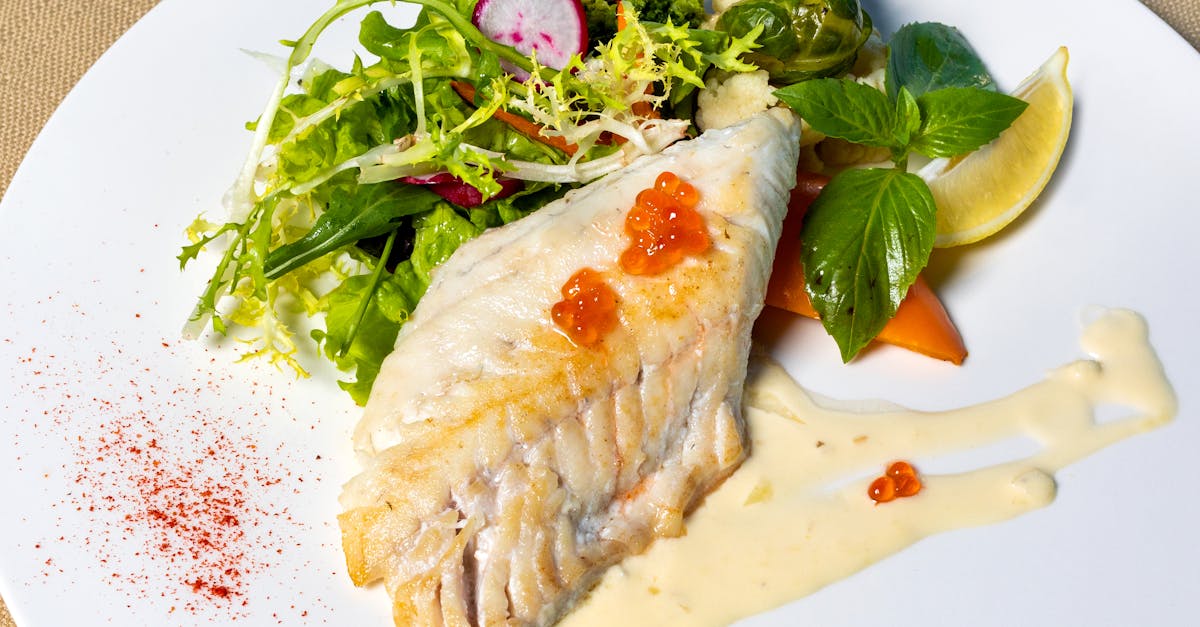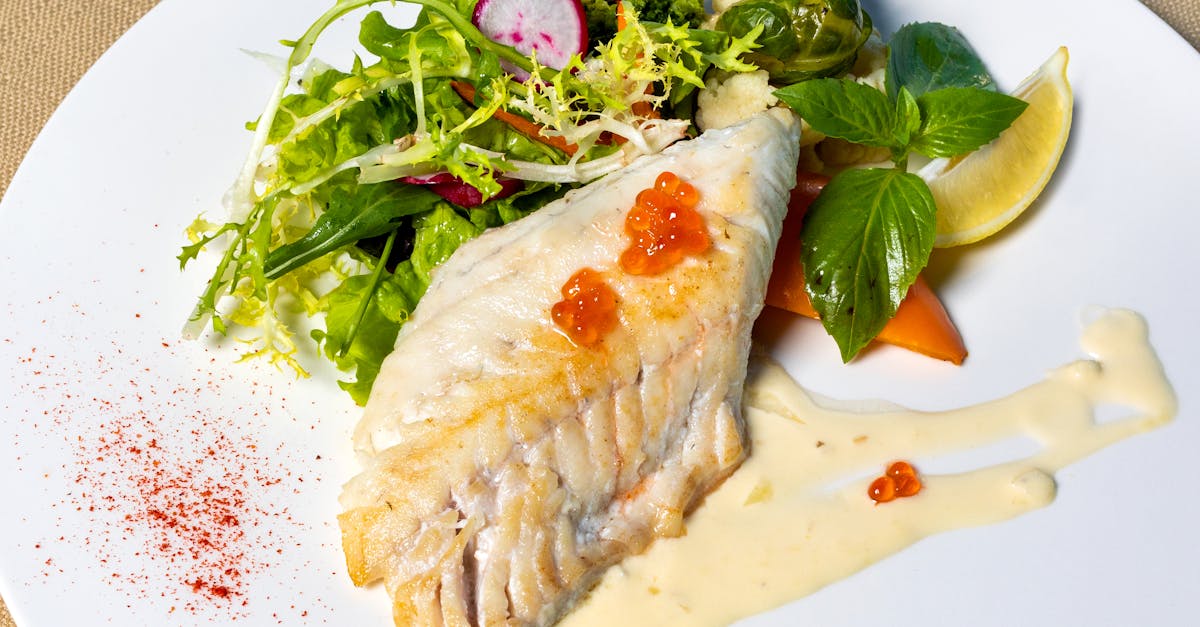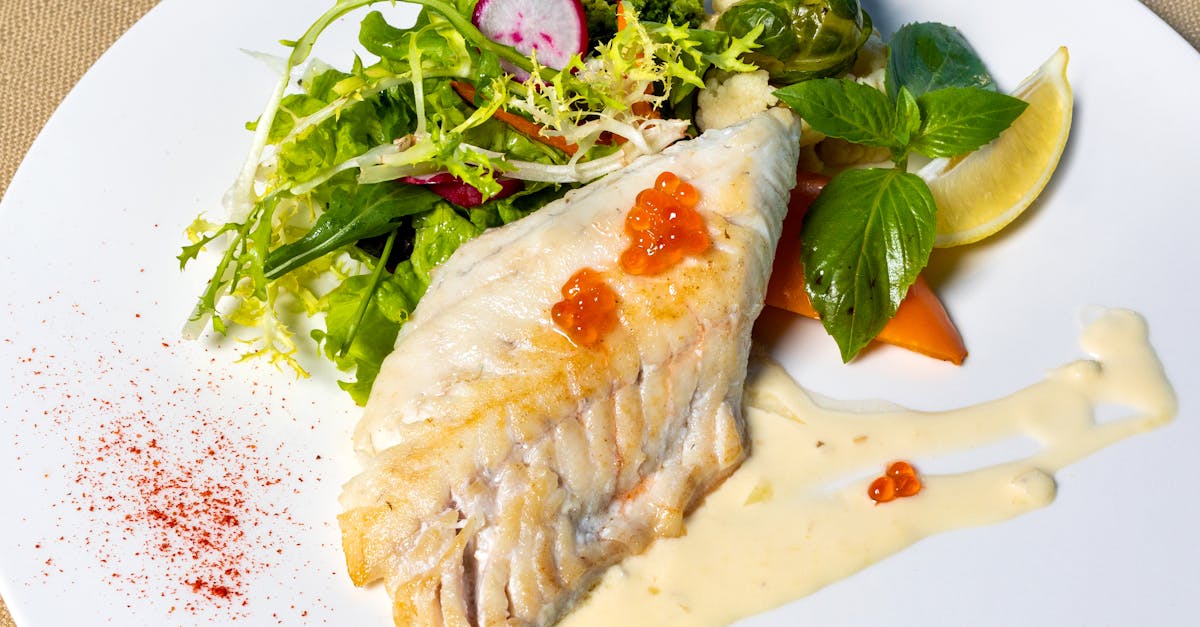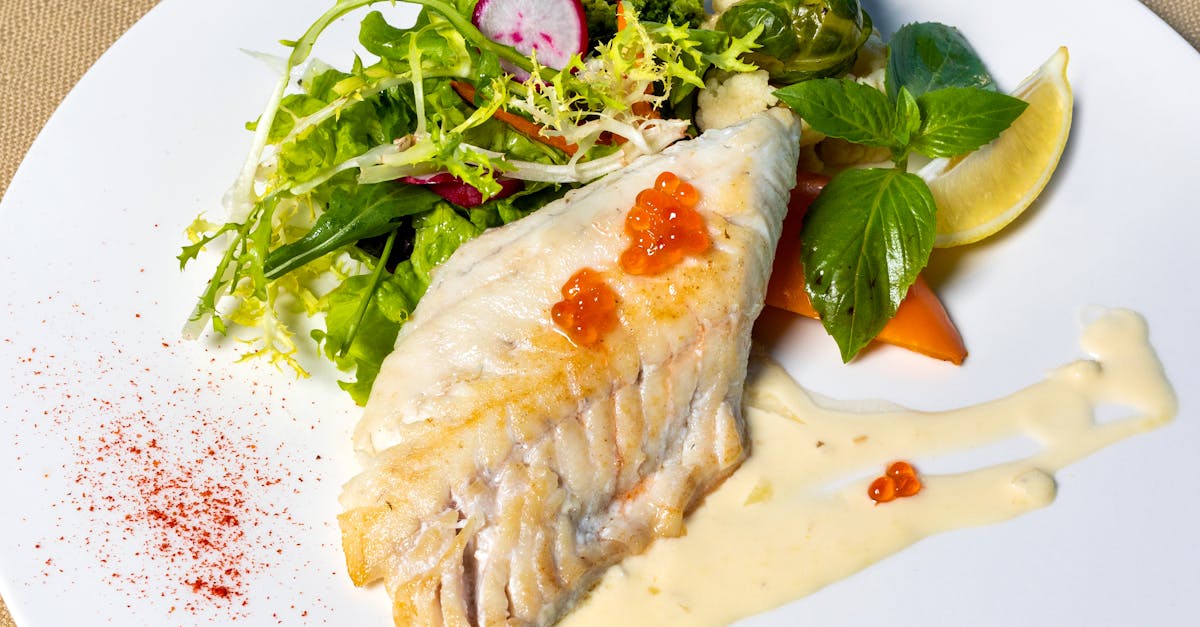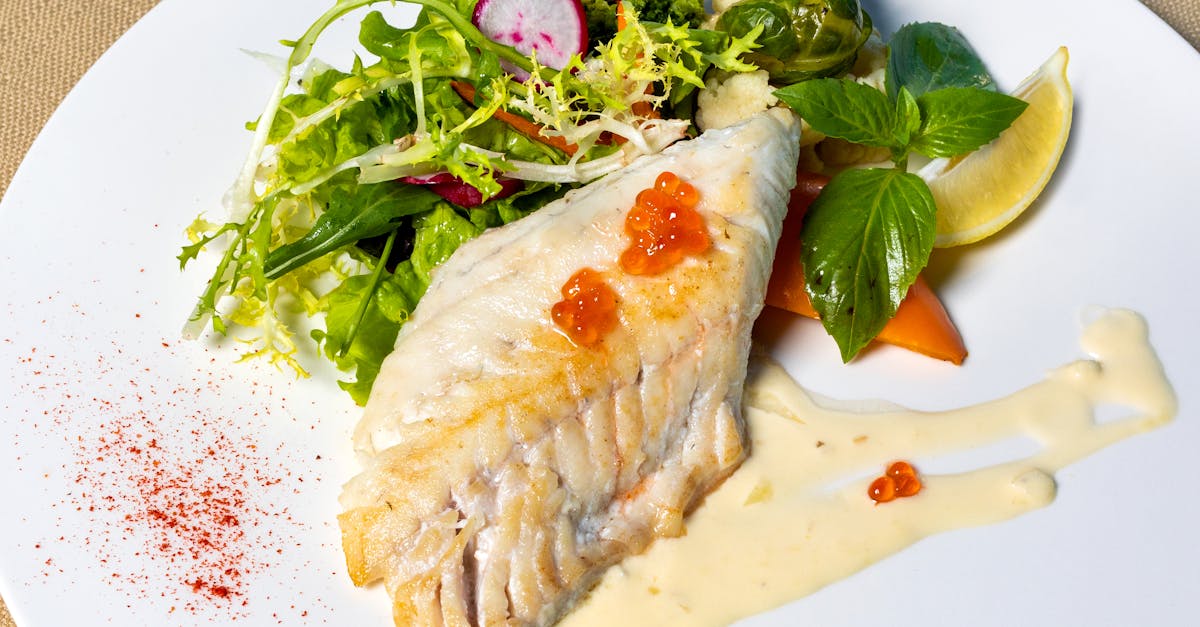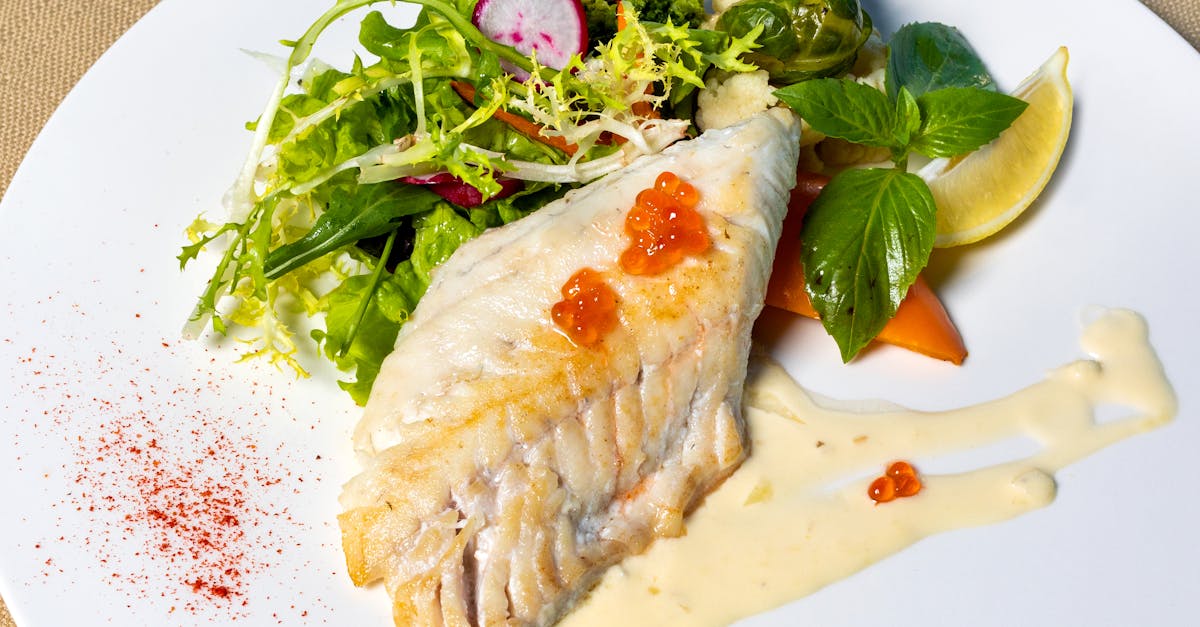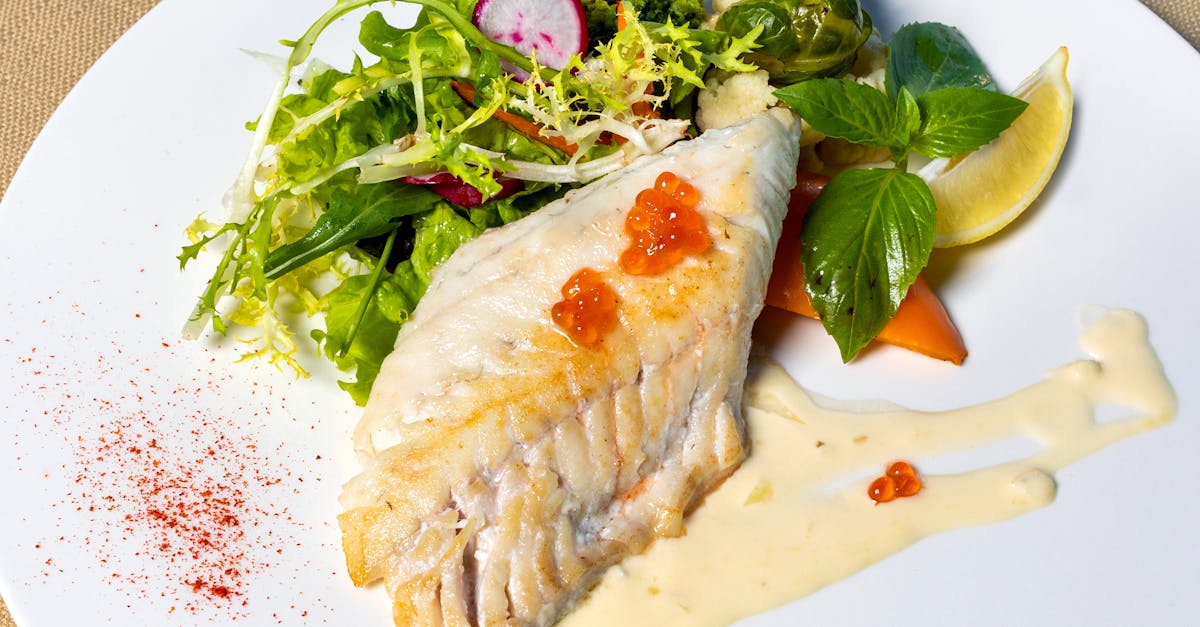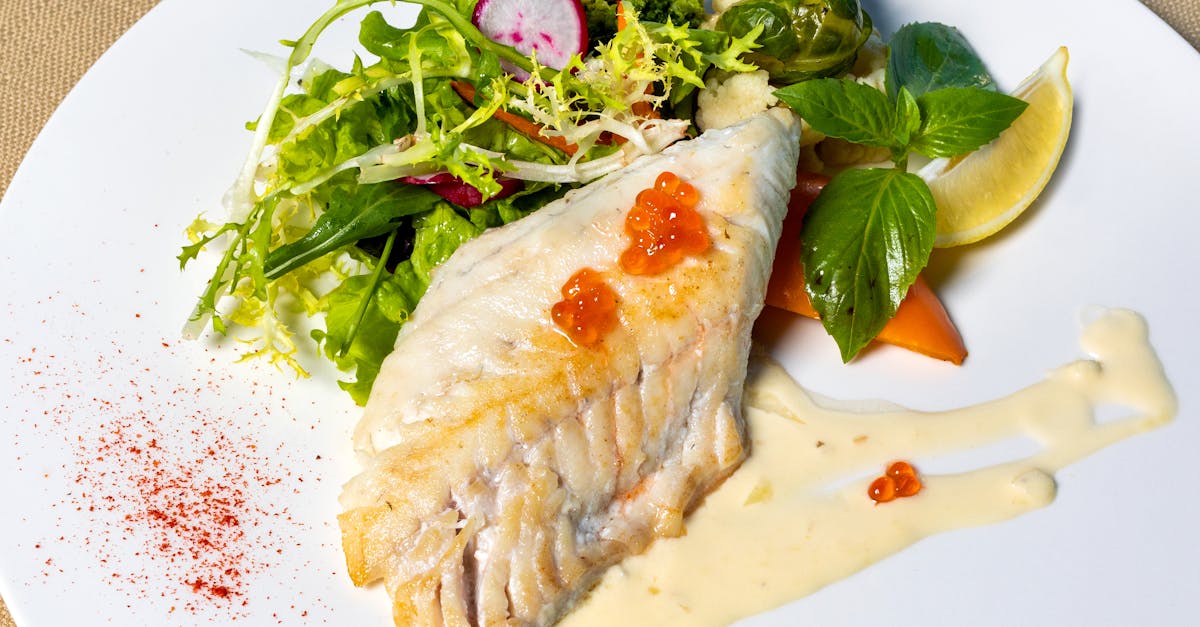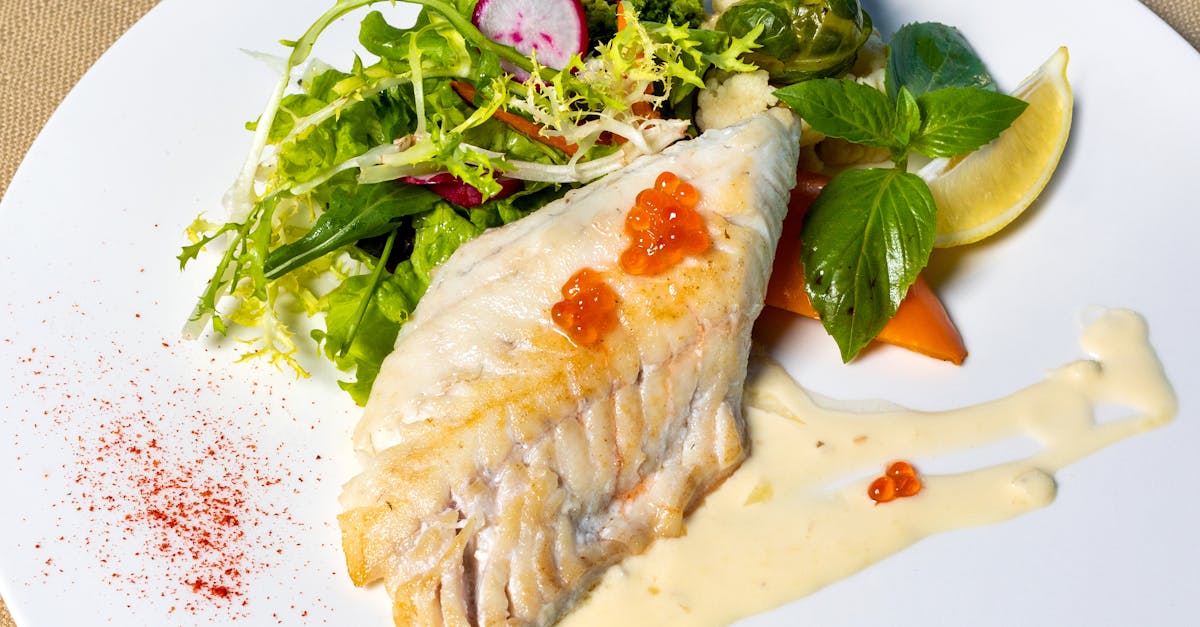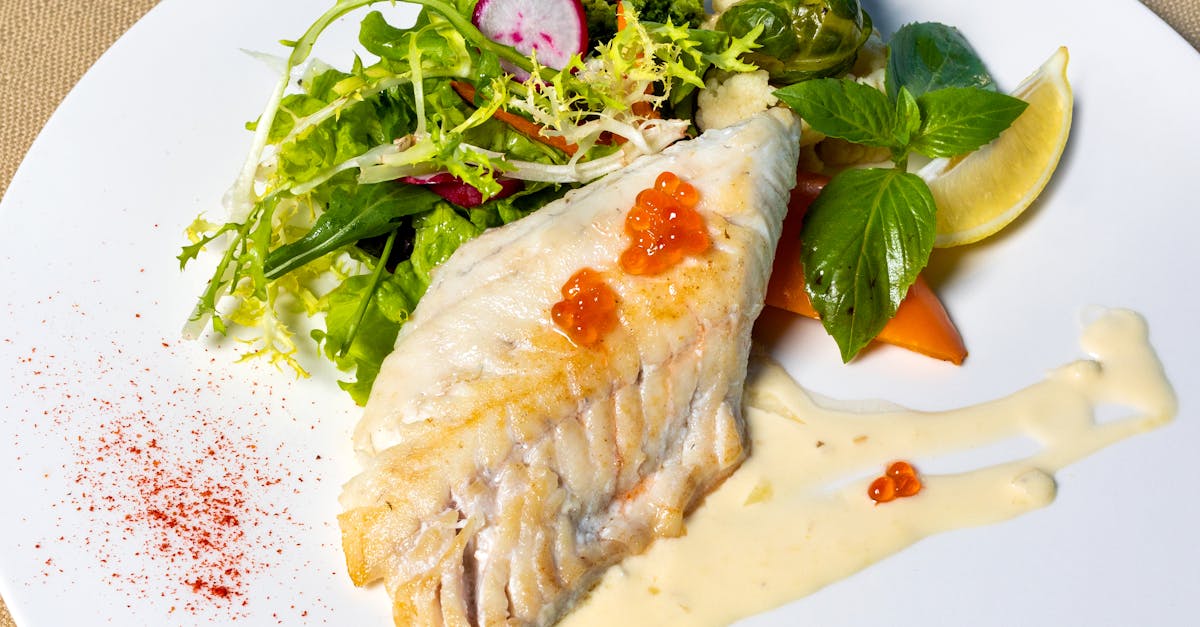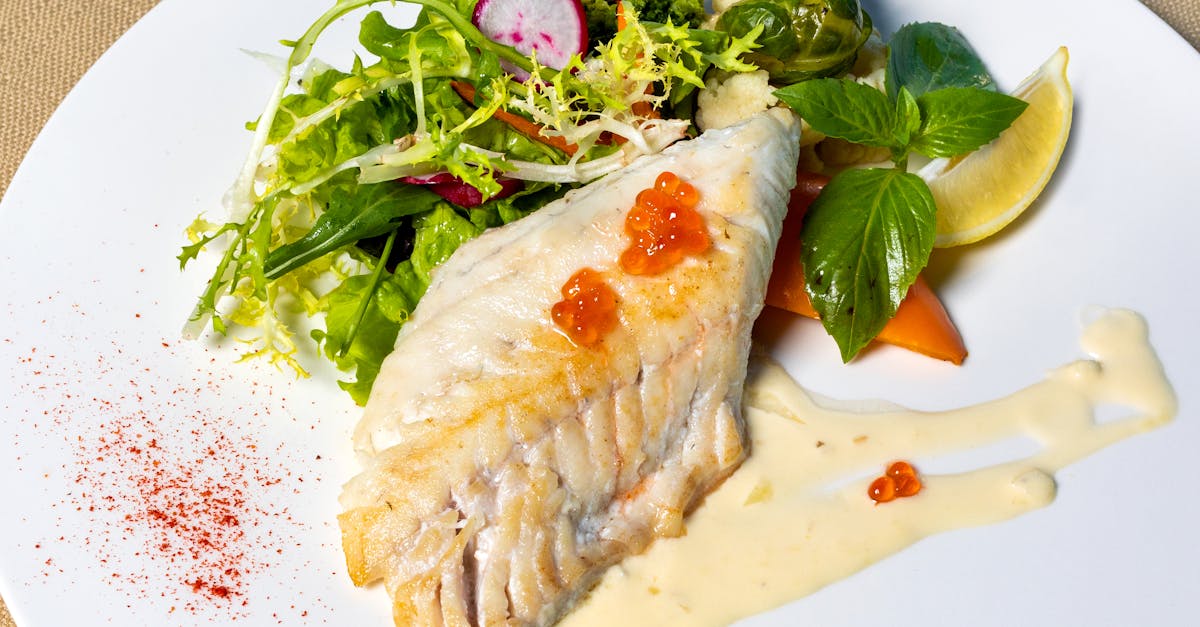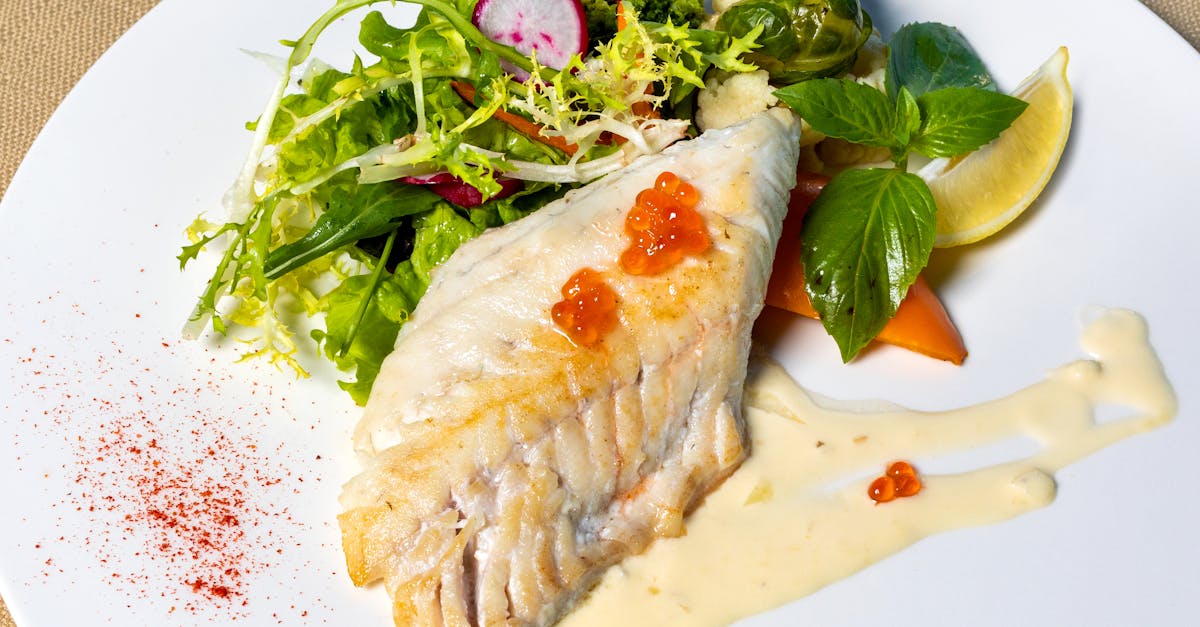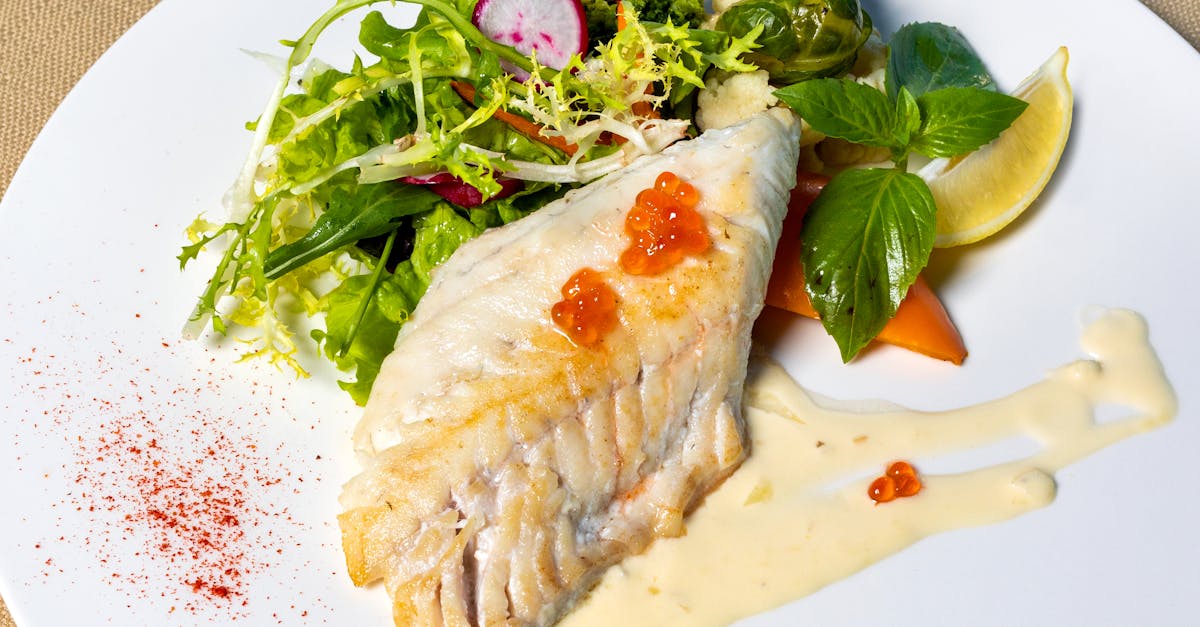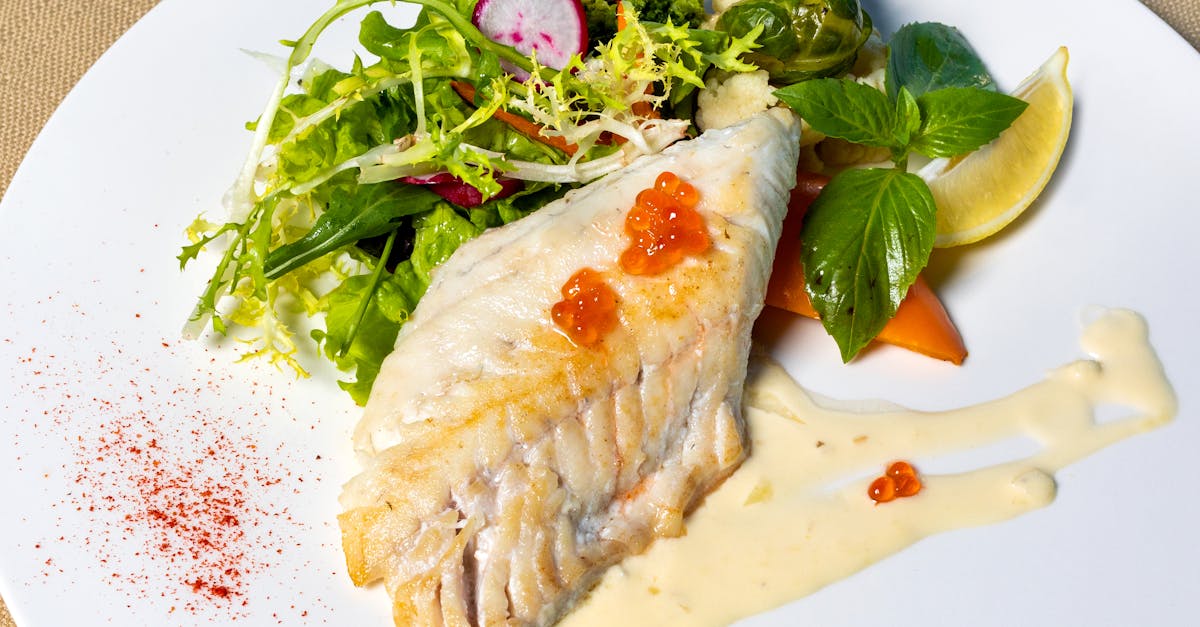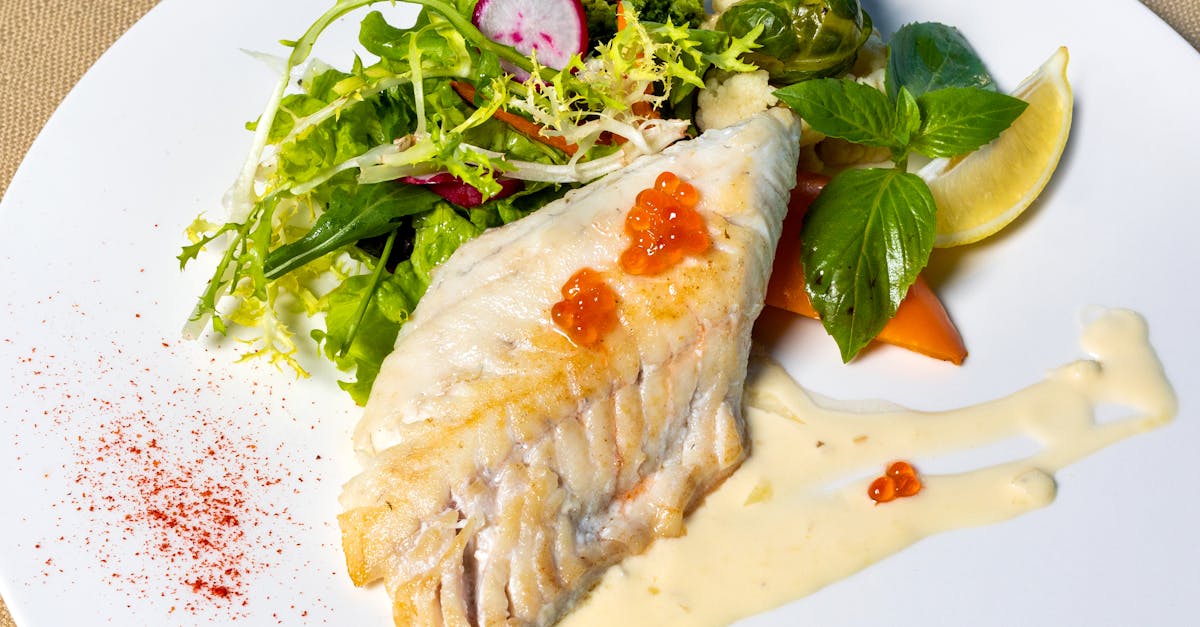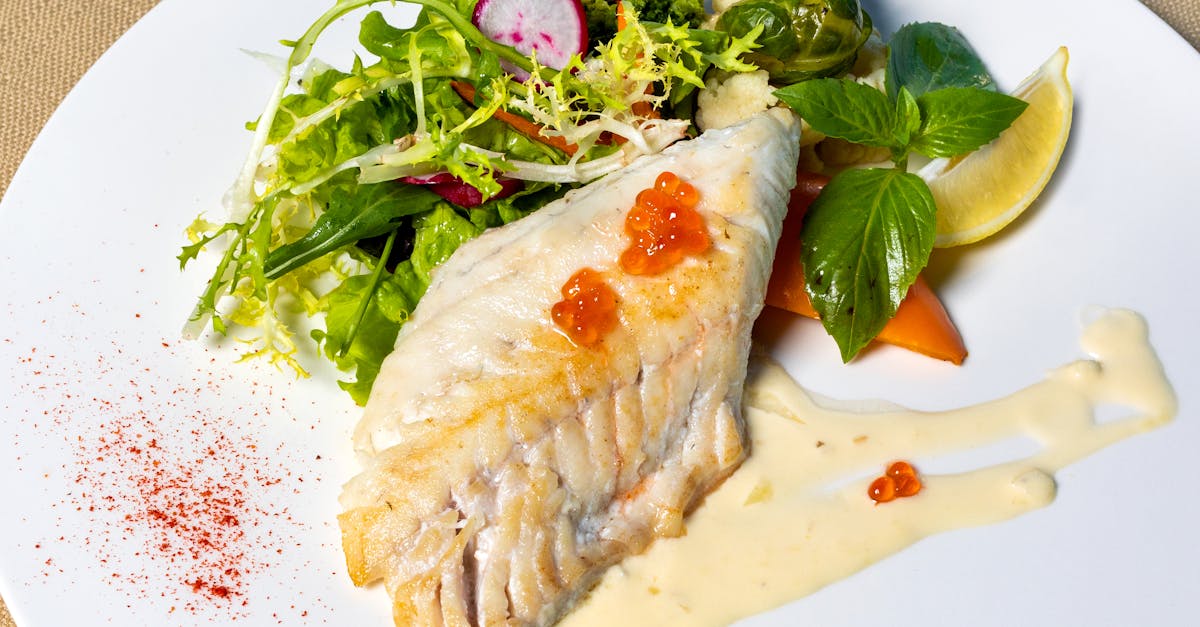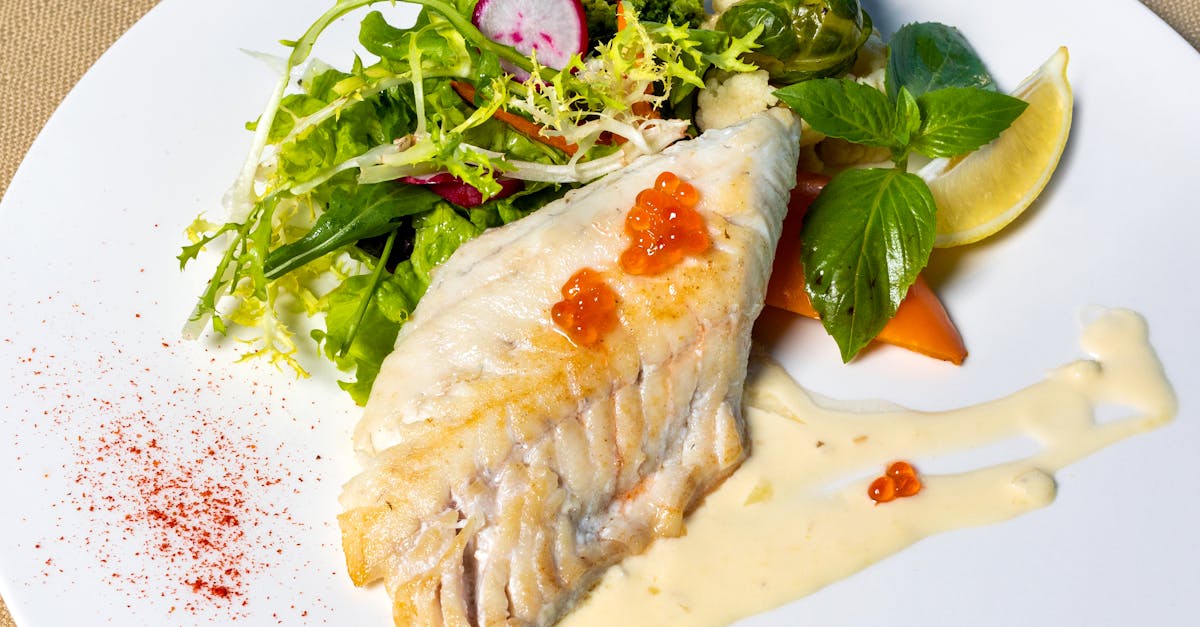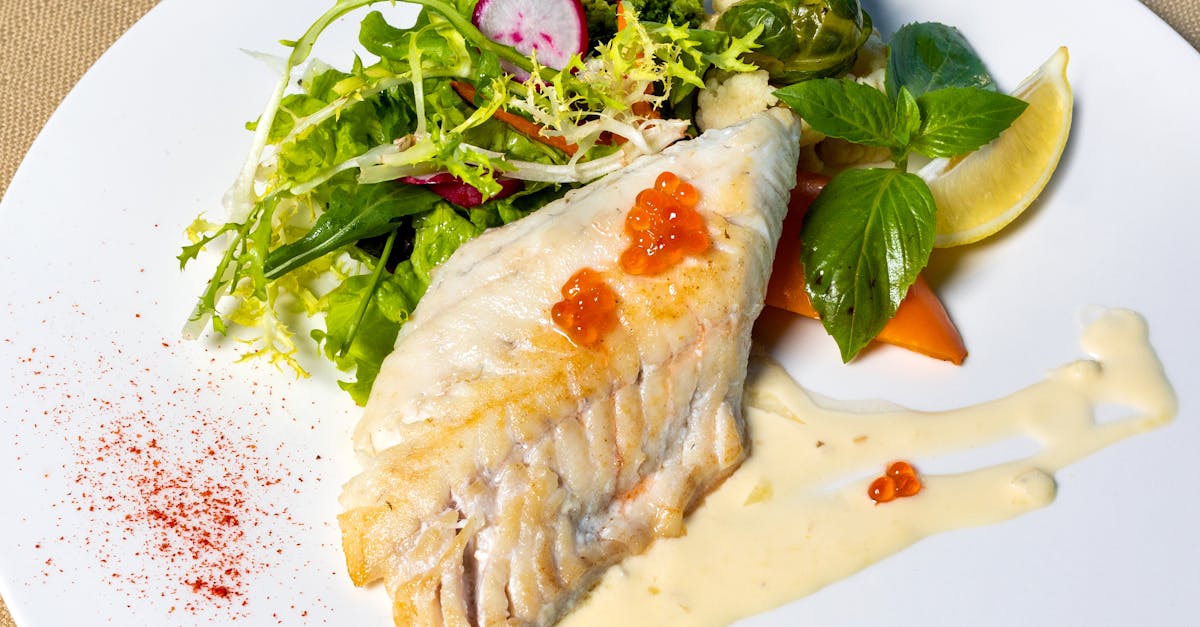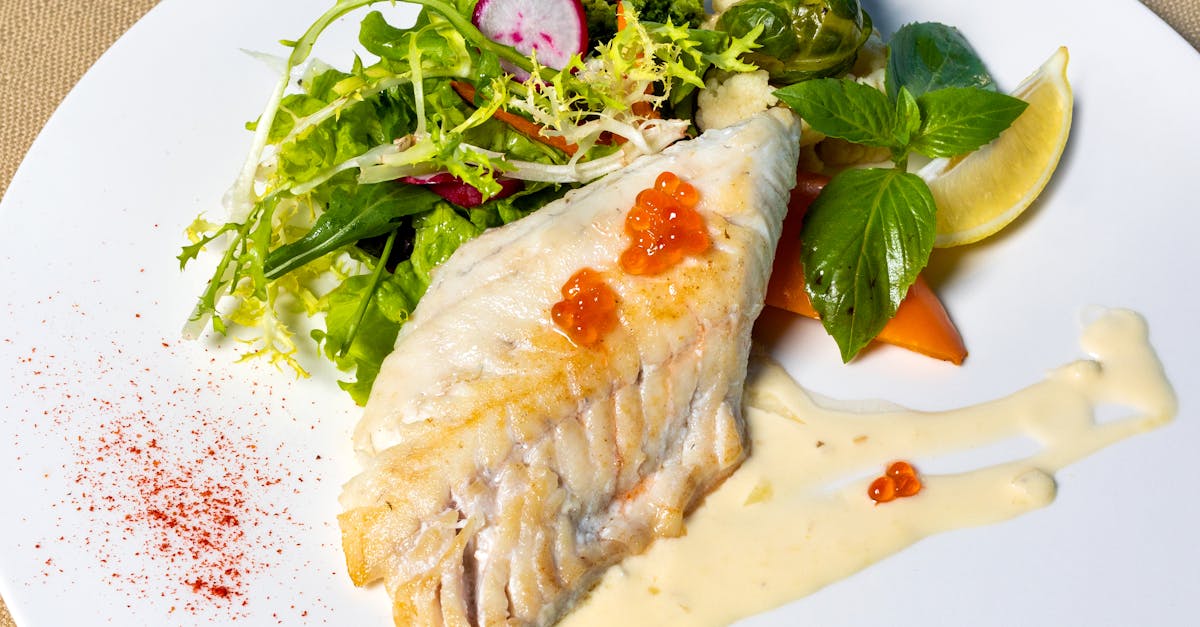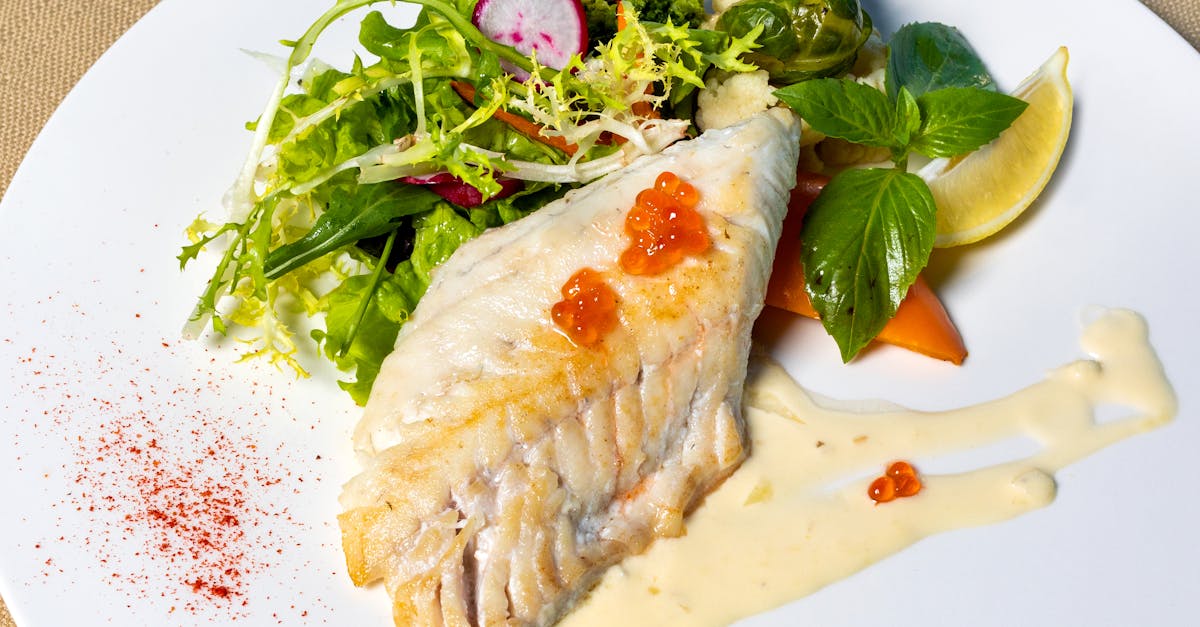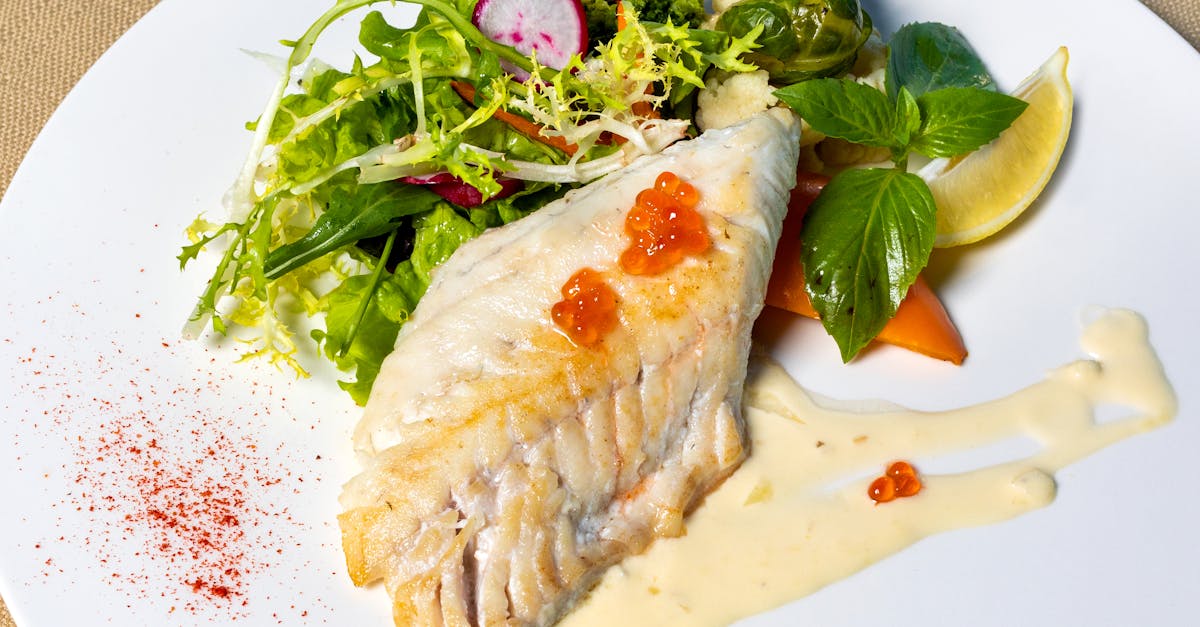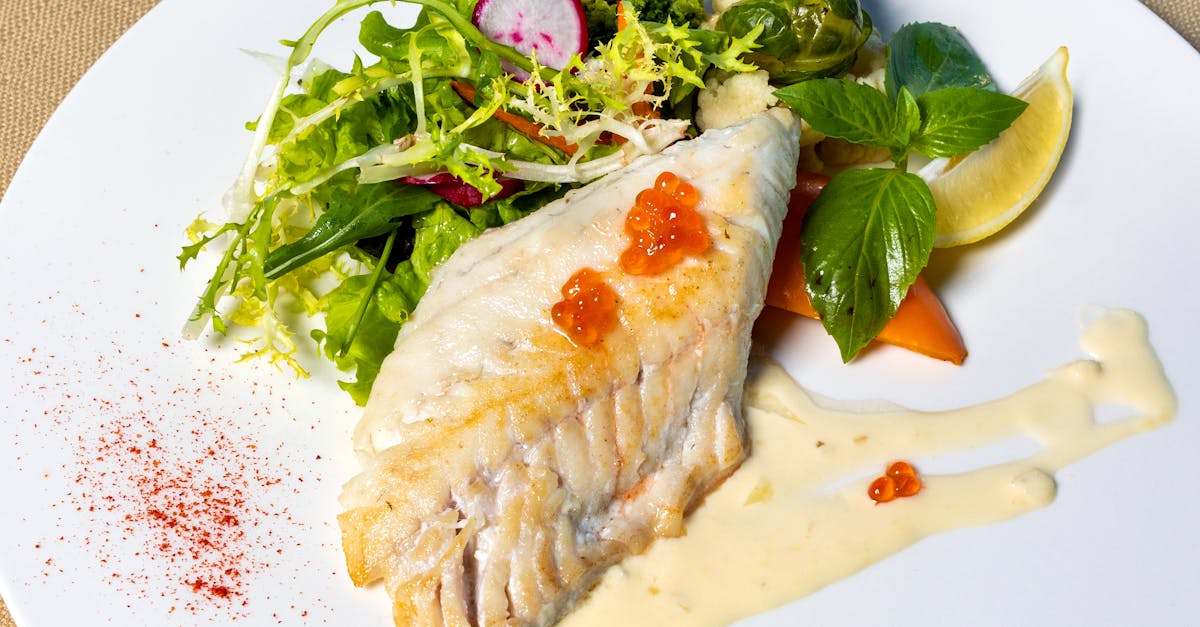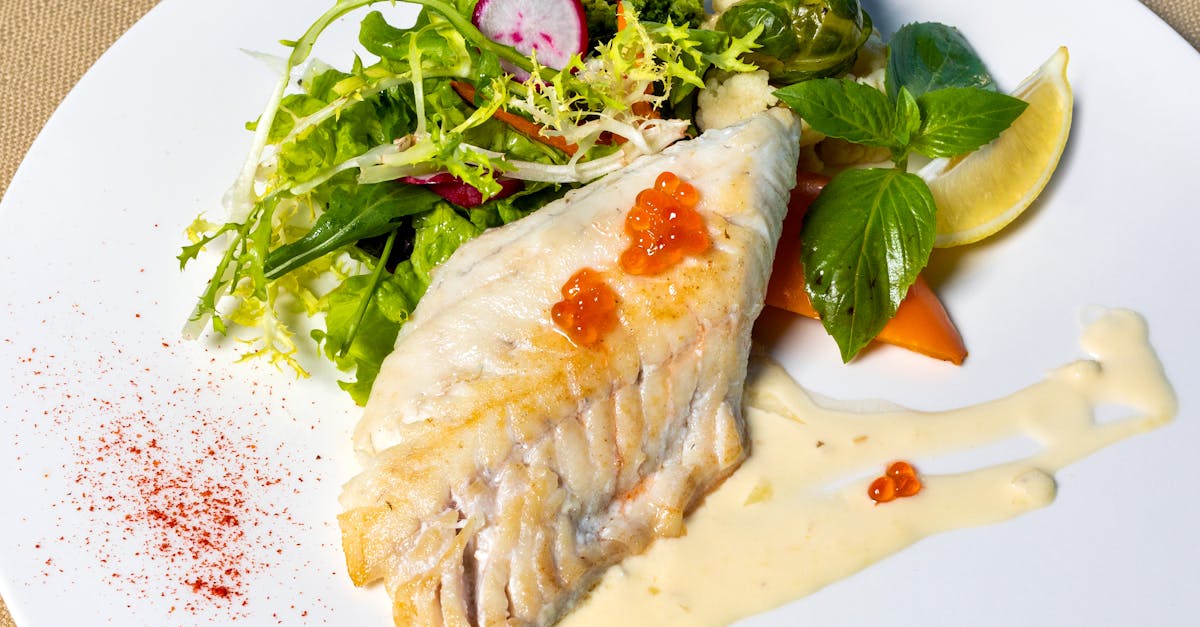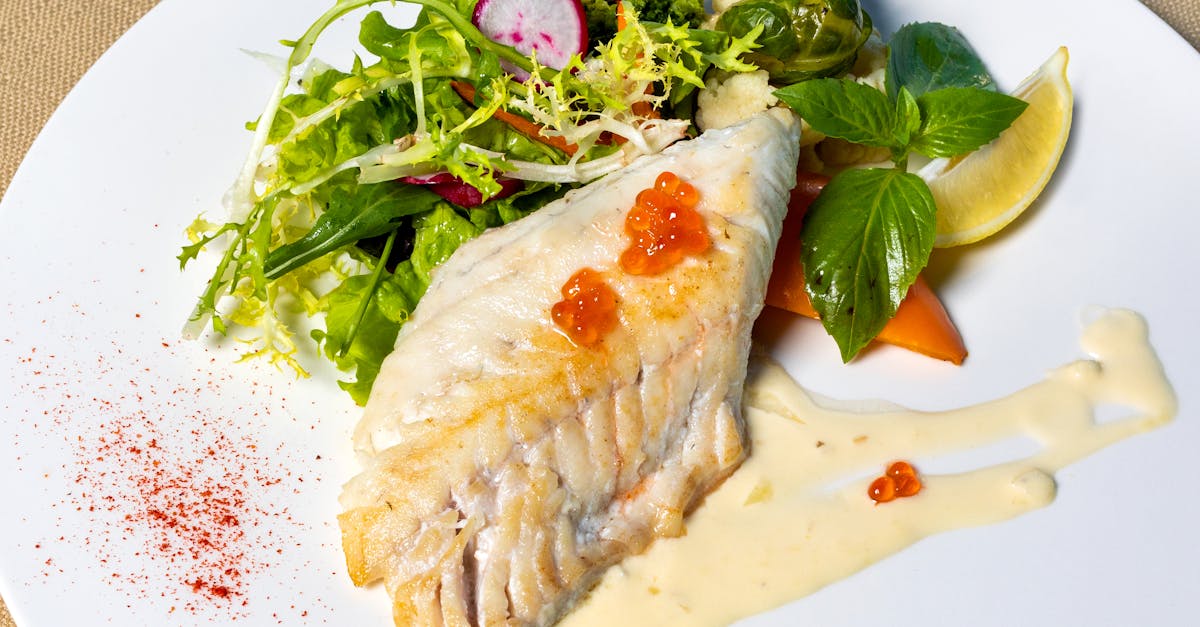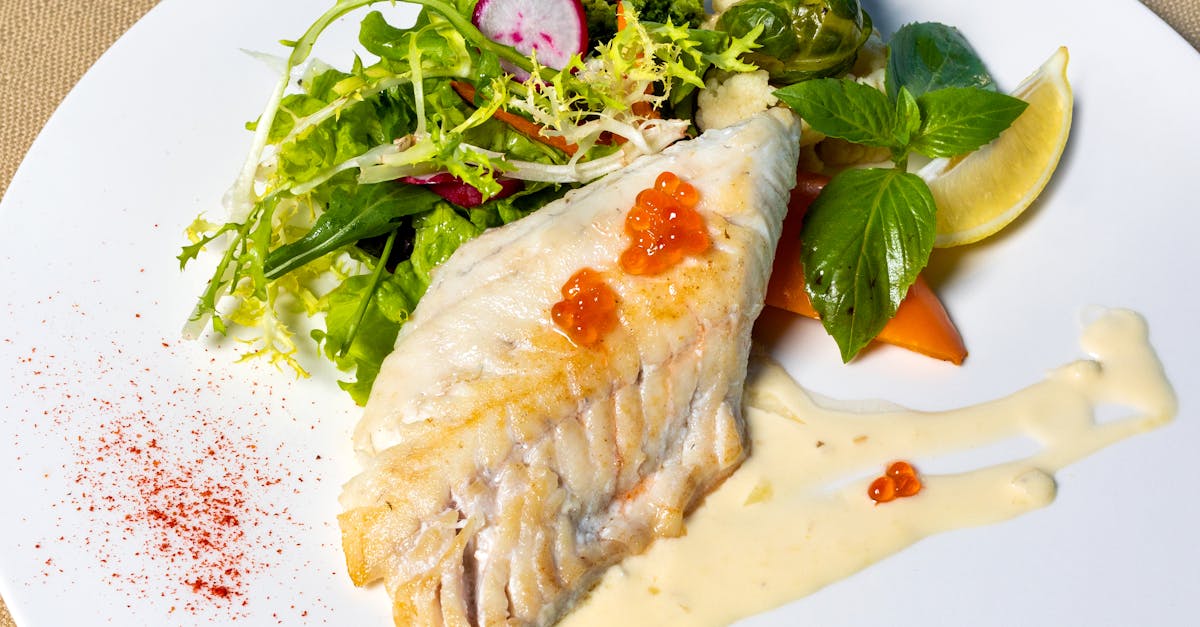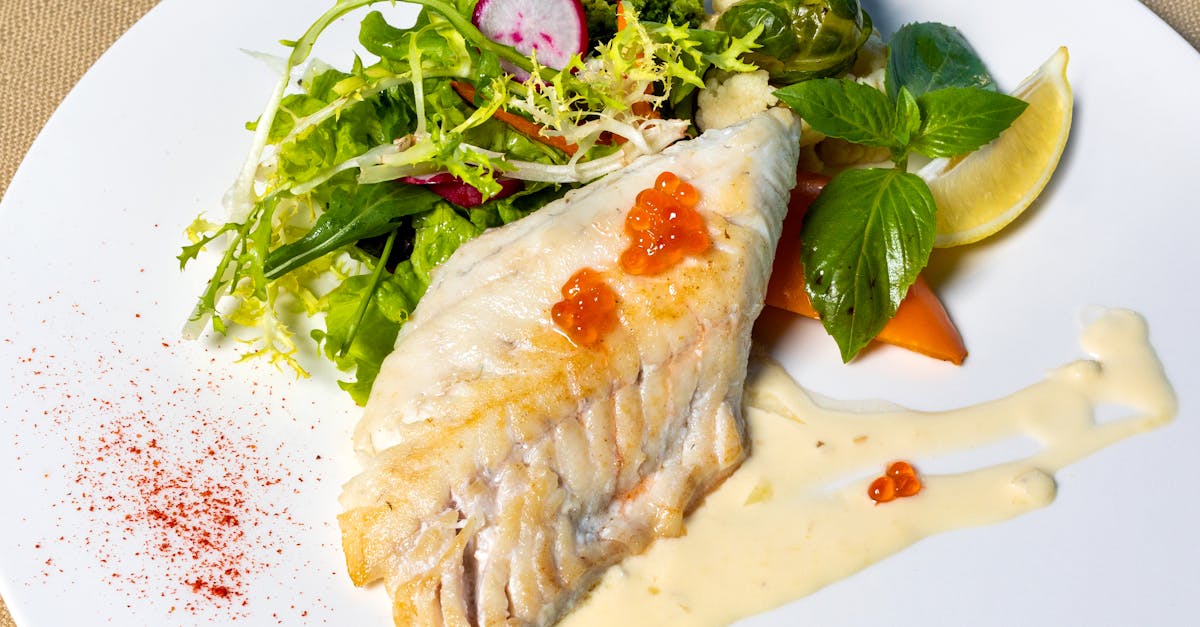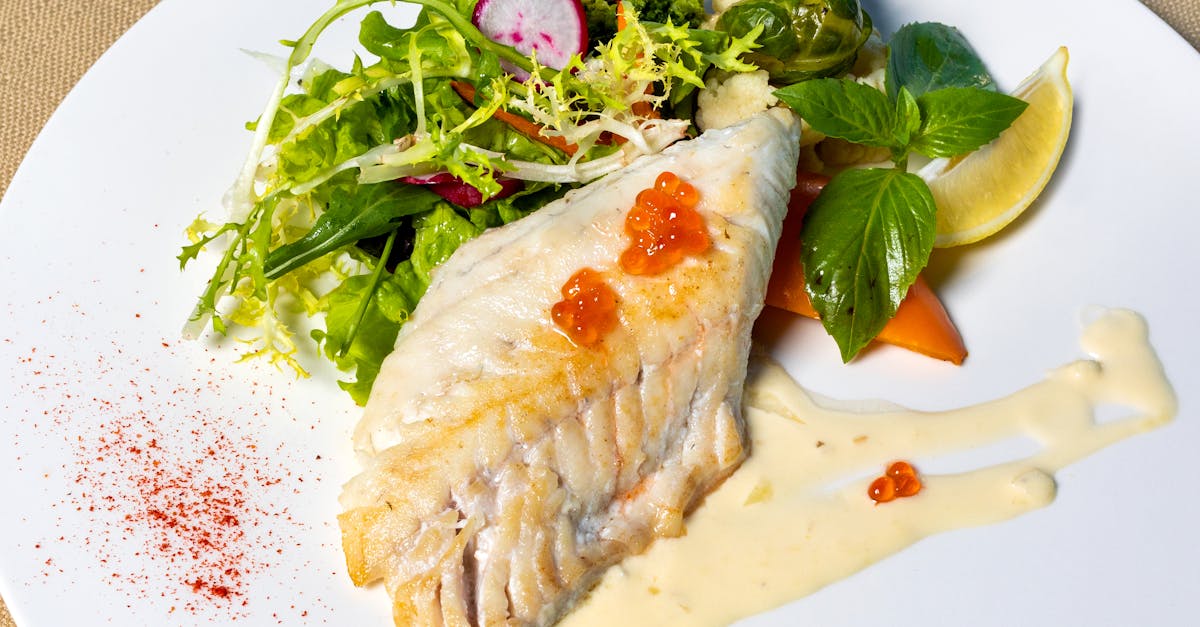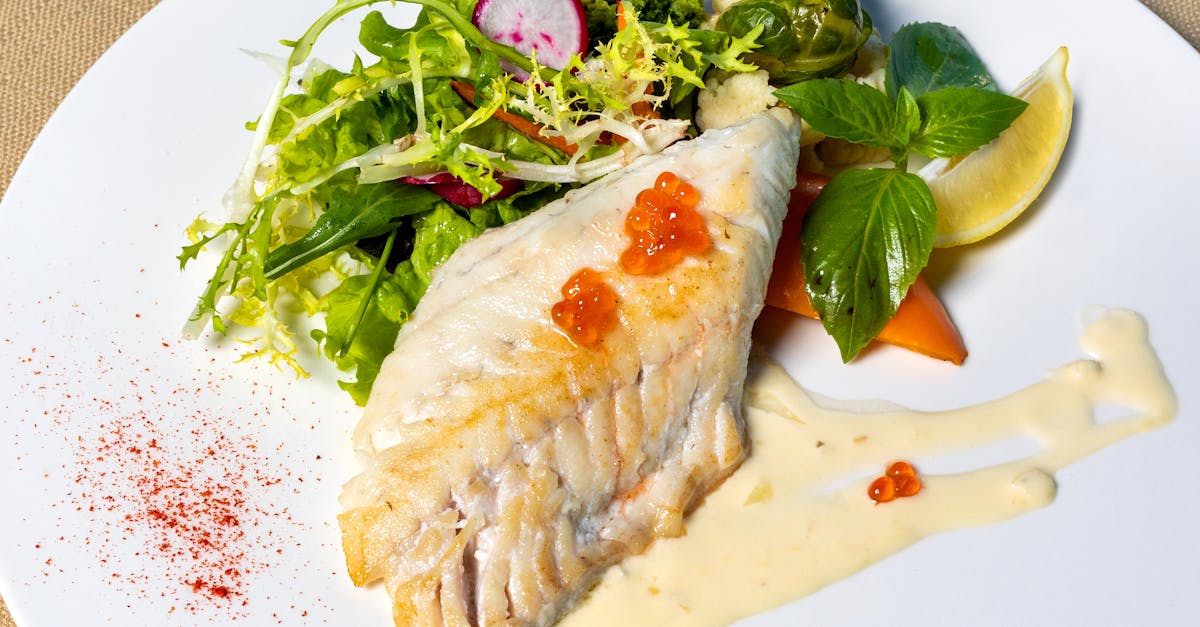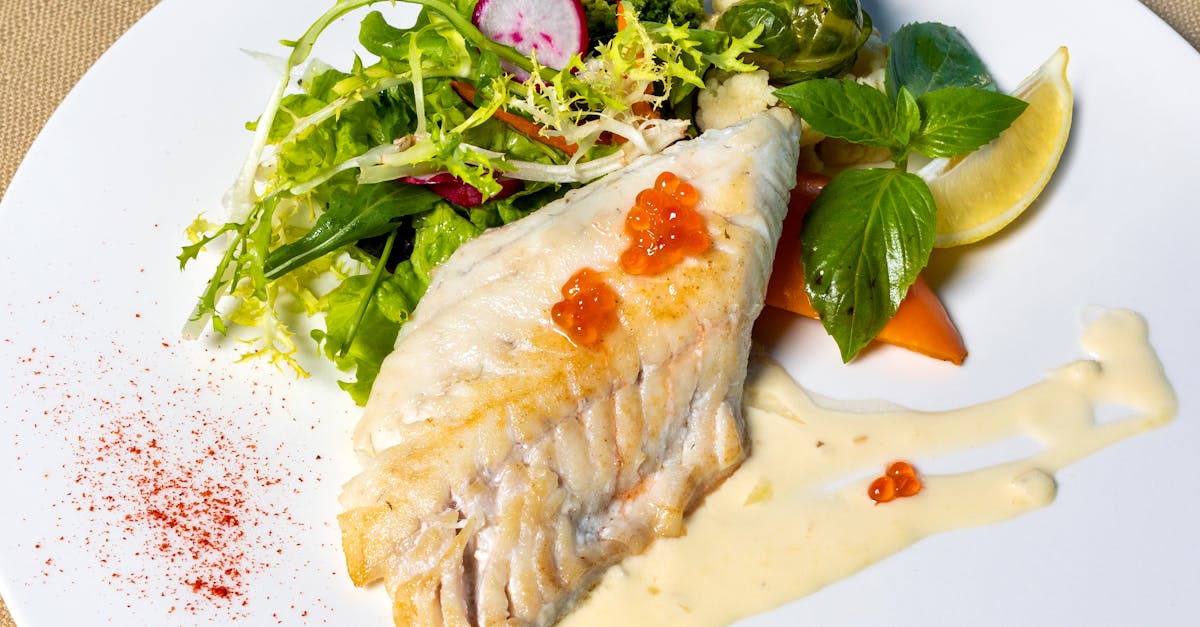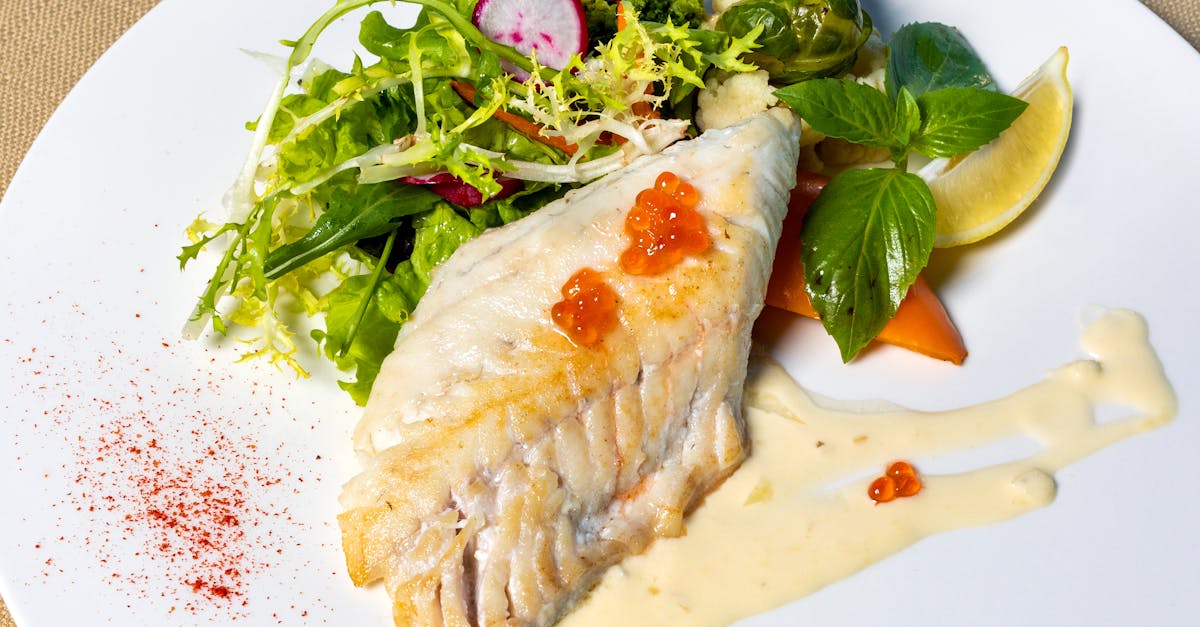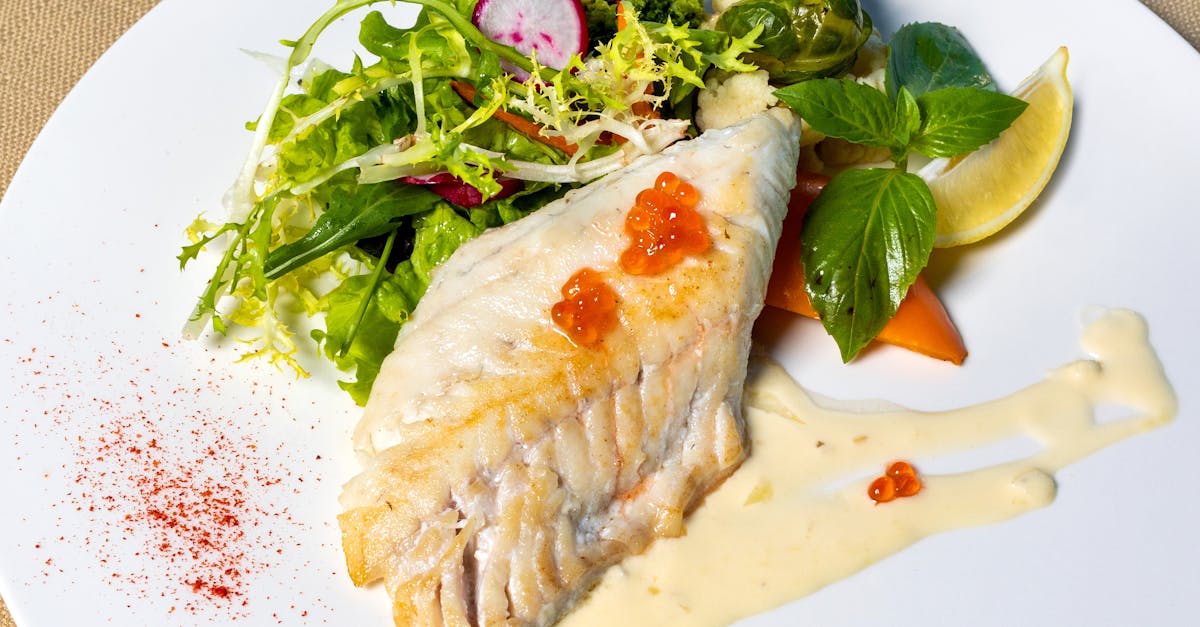Delicious Frozen Haddock and Skinless Haddock Recipes to Try
Key Takeaways
- Comprehending Haddock Species
- The Market for Frozen Haddock
- Advantages of Opting for Frozen Haddock
- Procuring Frozen Haddock
- Preparing and Cooking Frozen Haddock
Understanding Haddock
Haddock is a popular fish known for its mild flavour and flaky texture, making it a favourite in various culinary dishes. Often found in frozen food aisles, frozen haddock is available in multiple forms, including fillets and whole fish, providing versatility for home cooks. Individually quick-frozen techniques ensure that haddocks retain their freshness and quality, making them a convenient option for busy lifestyles. The nutritional benefits of frozen haddock, along with its ease of preparation, contribute to its demand among health-conscious consumers, cementing its place as a staple in many households. Understanding the characteristics of haddock can enhance the cooking experience and lead to delightful meals.
Characteristics of Haddock
Haddock has a distinct appearance, characterised by its slender, elongated body that typically reaches up to 90 cm in length. The skin is usually grey to blue on the back, with a paler belly and a prominent lateral line. A notable feature is the dark stripe that runs along its side, which aids in its identification. Many consumers prefer frozen haddock due to its ability to retain these qualities even after freezing. Flash frozen immediately after being caught, the fish preserves its texture and flavour, making it a popular choice among frozen foods.
The flavour of haddock is mild, making it an appealing option for various culinary applications. The flesh is white and flaky, and it becomes tender when cooked. Freezing haddock helps maintain its freshness, which is crucial for both quality and taste. Storing frozen haddock in the freezer allows for convenient meal preparation while ensuring that the fish remains safe for consumption. Ice used during the freezing process also plays a vital role in preventing freezer burn, further ensuring the quality of frozen haddock products.
- Haddock has a mild, delicate flavour that pairs well with various seasonings and sauces.
- The flesh of haddock is renowned for its white, flaky texture.
- It is often used in popular dishes such as fish and chips, chowders, and casseroles.
- Nutritionally, haddock is a good source of protein and low in fat.
- When shopping for haddock, look for bright eyes and moist, firm flesh as indicators of freshness.
- Cooking methods for haddock include baking, grilling, steaming, and frying.
- Sustainable fishing practices are important to consider when sourcing haddock to ensure environmental preservation.
Popular Varieties of Haddock
Several popular varieties of frozen haddock are commonly found in markets today. The most recognised type is the Atlantic haddock, known for its delicate, flaky texture and mild flavour. This variety is often favoured for its adaptability in various recipes. Freezers must be maintained properly to avoid freezer burn, which can compromise the quality of the fish. Ice crystals and frost formation can indicate that frozen haddock has been improperly stored or has been in cold storage for too long, affecting its taste and texture.
Another variety gaining traction is the Pacific haddock, which features a slightly richer taste compared to its Atlantic counterpart. This type is often sought after for its versatility in cooking methods, from grilling to baking. Consumers appreciate frozen haddock for its convenience but should ensure proper storage to maintain freshness. Careful evaluation of packaging can help identify any signs of deterioration like frost or ice crystals, indicating that the product may not be at its best.
The Frozen Haddock Market
The growing popularity of frozen haddock reflects a shift in consumer preferences towards convenient and nutritious meal options. As more households embrace the flexibility of frozen foods, frozen haddock has emerged as a sought-after choice for quick yet satisfying dinners. Recipes featuring frozen haddock often highlight its ability to absorb flavours, making it an ideal candidate for seasoning with ingredients like chilli flakes. The versatility of frozen haddock supports various cooking methods, allowing it to be baked, grilled, or pan-fried, and reaching the perfect level of heat for optimal taste. Retailers are responding to this increasing demand by expanding their offerings of frozen haddocks, ensuring consumers have access to quality products that can easily fit into their busy lifestyles.
Trends in Frozen Haddock Demand
The frozen haddock industry has seen a significant rise in demand as consumers increasingly seek convenient and nutritious meal options. Frozen haddock products, including fillets and portions, are appealing due to their longer shelf life and ease of preparation. Many households incorporate frozen haddock into their weekly meal plans, utilising various frozen haddock recipes that highlight its versatility in creating delicious dishes. This trend is not only reflective of consumer preferences but also the growing emphasis on sustainable seafood sourcing.
Market analysis indicates that frozen haddock dishes are becoming staples in both homes and restaurants. Chefs and home cooks alike appreciate the consistent quality of frozen haddock, often preferring it over fresh alternatives for its affordability and convenience. As the frozen haddock market expands, innovative recipes and cooking methods continue to emerge, further enticing customers to explore the culinary potential of frozen haddock fillets.
- Increased consumer awareness of the health benefits of seafood, contributing to higher demand for frozen haddock.
- Growth in e-commerce platforms allowing easier access to frozen seafood products for consumers.
- Rising interest in meal prep and cooking at home, boosting the use of frozen ingredients, including haddock.
- Expansion of frozen seafood options in supermarkets, facilitating greater choice for consumers.
- Increased collaboration between suppliers and retailers to promote frozen haddock products through marketing campaigns.
- Preference for frozen haddock among younger consumers searching for quick and nutritious meal solutions.
- Focus on eco-friendly packaging and sustainable sourcing practices to cater to environmentally conscious shoppers.
Key Players in the Frozen Haddock Industry
The frozen haddock industry is dominated by several key companies that play a crucial role in sourcing and distributing this popular fish. These players often focus on various types of haddock, including whole haddock and pink haddock, to cater to diverse consumer preferences. By maintaining sustainable practices, these companies ensure that the haddock caught is not only abundant but also meets the high standards required by the market.
Many of these industry leaders also emphasize the importance of quality control in their operations. They work closely with fisheries to guarantee that their frozen haddock retains its freshness and flavour. The ability to effectively fry haddock and prepare it in various culinary styles has made frozen options increasingly appealing to consumers. As frozen seafood continues to grow in popularity, these companies are likely to remain at the forefront, shaping trends in the frozen fish market.
Benefits of Choosing Frozen Haddock
Frozen haddock provides numerous advantages for those looking to incorporate this versatile seafood into their meals. The quick frozen process preserves the freshness and nutritional value of haddock fish, making it an excellent choice for a healthy diet. Whether preparing a chosen haddock recipe or simply pan-frying a haddock fillet, the ease of cooking with frozen form allows for a convenient dining experience. The consistent quality of frozen haddock ensures that each meal is not only nutritious but also delicious, offering a delightful option for busy households.
Nutritional Advantages of Frozen Haddock Fish
Frozen haddock is an excellent source of lean protein, making it a popular choice among health-conscious consumers. The fish is low in fat while providing essential nutrients such as omega-3 fatty acids. Boneless haddock fillets are particularly convenient for meal preparation, allowing for easy incorporation into various dishes. The sustainability of haddock populations also contributes to its appeal, as responsible sourcing practices ensure that the fish is available for future generations.
Smoked haddock offers a unique flavour while still delivering similar nutritional benefits. When seasoned haddock is prepared, it can enhance the taste without adding unnecessary calories. This fish is versatile and can be used in numerous recipes, from classic fish and chips to hearty soups. Choosing frozen haddock ensures that these nutritional advantages are preserved, providing a nutritious option for any meal plan.
Versatility in Cooking with Frozen Haddock
Frozen haddock is celebrated for its adaptability in various culinary applications. Home cooks and professional chefs alike appreciate the convenience of having this fish available in the frozen section. One popular preparation method is air fryer haddock, which yields a crispy texture while preserving moisture. This technique highlights the delicate flavours of Scottish caught haddock, making it an ideal choice for quick weeknight dinners.
The versatility of frozen haddock extends beyond simple frying techniques. It can be baked, grilled, or even used in soups and stews, showcasing its robust character even in its frozen state. Many recipes suggest storing frozen haddock in a suggested frozen shelf for easy access while meal planning. This flexibility allows for a plethora of creative dishes that cater to various tastes and dietary preferences.
Sourcing Frozen Haddock
Finding the best sources for frozen haddock involves understanding both the product and the market. Many consumers look for frozen seafood at local supermarkets, where the frozen food compartment often features a range of frozen fish options, including frozen haddock. Some buyers prefer sourcing directly from suppliers that specialise in frozen fish direct, ensuring freshness and quality. The freezing process plays a critical role in preserving nutrients and flavour, making frozen haddock a convenient choice for home cooks. Recognising reputable brands that adhere to high standards can enhance your experience with frozen fish products.
Where to Buy Frozen Haddock Fish
Frozen haddock can be purchased at various locations, including supermarkets and specialised fish markets. Many grocery stores offer a selection of frozen seafood in their freezers, with frozen haddock often packaged with a protective ice glaze for optimal freshness. This ice layer prevents any excessive frost from forming on the fish, ensuring it retains its quality during freezer time. Local fishmongers may provide an even fresher option, allowing consumers to choose from a range of cold water fish, including haddock.
Online retailers also cater to those looking to buy frozen haddock, offering convenient delivery options to your doorstep. These platforms often provide detailed information about the sourcing and quality of the fish, making it easier to select the best product. Be sure to check the packaging for any signs of damage and verify that the frozen haddock has been stored properly in a food freezer to maintain its desired taste and texture.
Evaluating Quality in Frozen Haddock Products
Quality assessment of frozen haddock products involves examining several factors, including freshness and packaging integrity. Look for iqf haddock fillets, which signify individually quick-frozen fish that retain their flavour and texture. Ensuring proper freezer storage is essential to maintain the integrity of the fish. Products should be kept at a consistent temperature throughout the cold storage chain to prevent freezer burn and preserve quality.
Another crucial aspect of evaluating frozen haddock is checking the appearance and smell upon thawing. Fresh frozen haddock should have a clean scent, devoid of any off-putting odours. Seasoning options like dried chilli flakes can enhance the dish, but it is important to start with high-quality fish. Always verify the packaging for any signs of damage that could compromise the fish's condition during transport and storage.
Cooking and Preparing Frozen Haddock
For optimal results, selecting the best methods for cooking frozen haddock is essential. Begin by ensuring that the frozen haddock is properly thawed, preferably in the refrigerator or using chilled gel packs to maintain freshness. Pre-heat your oven or skillet to the appropriate temperature, allowing for even cooking. Whether you choose to bake, grill, or pan-fry, the key is to ensure that the fish reaches a safe internal temperature while retaining its moistness and flavour. These techniques can help you achieve perfectly cooked frozen haddock, elevating your culinary experience.
Best Methods for Cooking Frozen Haddock
Cooking frozen haddock offers a range of delicious possibilities. For a simple yet effective approach, baking is a popular choice. Preheat your oven and place the frozen haddock fillet directly on a baking tray. Season it according to your chosen haddock recipe. The frozen form of the fish helps to retain moisture during cooking, ensuring a tender and flaky texture. Baking typically requires about 20-25 minutes, depending on the thickness of the fillet, allowing for a hands-off cooking experience.
Pan-searing is another excellent method to prepare frozen haddock. Begin by defrosting the haddock fish thoroughly before cooking. Heat a non-stick skillet over medium-high heat and add a small amount of oil. Once hot, place the haddock fillet in the pan and cook for approximately 4-5 minutes on each side. This quick frozen method locks in flavours while creating a crispy exterior. Whichever technique you choose, these cooking methods highlight the versatility of frozen haddock in any meal.
Conclusion
Frozen haddock stands out as a nutritious choice within the frozen seafood market, boasting a range of benefits that appeal to health-conscious consumers. The freezing process preserves its delicate flavour and texture, ensuring that this frozen fish retains its essential nutrients. Shoppers can conveniently find frozen haddock in the frozen food compartment of supermarkets, often labeled as "frozen fish direct" for easy access. Its versatility in various recipes makes frozen haddock a staple ingredient in many households, encouraging a variety of cooking techniques that can enhance meals while maintaining quality and taste.
FAQS
What are the benefits of choosing individually quick frozen haddock over fresh options?
Choosing individually quick frozen haddock can provide several advantages, including convenience, extended shelf life, and preserving the fish's quality and taste. Individually quick frozen seafood helps maintain its freshness, allowing you to enjoy haddock that is as close to fresh as possible.
How does frozen haddock compare to fresh haddock in terms of taste and texture?
Frozen haddock can maintain its taste and texture very well if it is properly handled and thawed. Many people find that well-frozen haddock can be just as delicious and flaky as fresh haddock, offering a convenient alternative without sacrificing quality.
What is the best way to cook frozen haddock to enhance its flavour and maintain its texture?
The best way to cook frozen haddock is by first thawing it in the refrigerator overnight. Once thawed, you can season it lightly with herbs and a squeeze of lemon, then bake or grill it for about 15-20 minutes. This method helps to enhance its flavour and maintain its texture, ensuring a delicious meal that preserves the fish's natural qualities.
How should I store frozen haddock to maintain its quality and avoid spoilage?
To maintain the quality of frozen haddock and avoid spoilage, it is essential to store it at a consistent temperature of -18°C (0°F) or lower. Ensure the haddock is tightly sealed in its packaging to prevent exposure to air or moisture, which can cause freezer burn. Additionally, keep the haddock on a shelf rather than the door of the freezer to avoid fluctuations in temperature when the door is opened. Proper storage methods will help retain the haddock's flavour and texture until you're ready to cook it.
What nutritional advantages does frozen haddock offer compared to other frozen fish options?
Frozen haddock is an excellent source of protein and contains essential nutrients such as omega-3 fatty acids, vitamin B12, and selenium, making it more nutritious than some other frozen fish options. Its preparation method helps retain these nutrients, promoting overall health benefits.
- Home
- Top Reads
- Roundup of Sustainable Seafood Alternatives
- Review of Certification Schemes for Sustainable Seafood
- 10 Tips for Responsible Purchasing of Frozen Haddock
- Historical Overview of Haddock Fishing Practices
- Why Should You Consider Certification Schemes for Sustainable Seafood?
- Why is Consumer Awareness Important for Sustainable Seafood?
- What are the Best Alternatives to Frozen Haddock?
- What is the Environmental Impact of Fishing Practices?
- How to Reduce Your Impact When Buying Frozen Haddock
- How to Choose Sustainable Frozen Haddock
- Roundup of Consumer Guides for Responsible Seafood Purchasing
- Review of Sustainable Seafood Certification Schemes
- Historical Overview of Haddock Fishing Practices
- 10 Alternatives to Frozen Haddock You Should Try
- Why Overfishing is a Concern for Haddock Populations
- Why Consumer Awareness Matters in Sustainable Seafood
- What to Know About the Environmental Impact of Fishing Practices
- What to Consider When Purchasing Frozen Haddock
- How to Choose Sustainable Seafood Alternatives to Frozen Haddock
- How to Identify Certified Sustainable Seafood
- Roundup of Best Practices for Responsible Seafood Purchasing
- Review of Sustainable Seafood Certification Schemes
- The Historical Context of Haddock Fishing
- What Are the Environmental Impact of Fishing Practices
- 10 Alternatives to Frozen Haddock
- Why Consumer Awareness Matters in Seafood Purchasing
- Why Overfishing Threatens Haddock Populations
- What to Know About Certification Schemes for Sustainable Seafood
- How to Support Sustainable Fishing Practices
- Roundup of Alternatives to Frozen Haddock
- How to Choose Sustainable Frozen Haddock
- Reviewing Certification Schemes for Sustainable Seafood
- 10 Sustainable Seafood Options to Consider
- The History of Haddock Fishing Practices
- Why You Should Care About Haddock Populations
- Why Sustainable Seafood Matters
- What Are the Consequences of Overfishing Haddock
- What to Know About Haddock Sustainability
- How to Choose Sustainable Frozen Haddock
- How to Reduce Overfishing Impact
- Why Overfishing Threatens Haddock Populations
- Review of Certification Schemes for Sustainable Seafood
- Roundup of Sustainable Seafood Alternatives to Frozen Haddock
- 10 Key Facts About Sustainable Fishing Practices
- The History of Fishing Practices and Their Environmental Impact
- Why is Consumer Awareness Important for Sustainable Seafood
- What is the Role of Certification Schemes for Sustainable Seafood
- What Alternatives Exist for Frozen Haddock
- How to Choose Sustainable Frozen Haddock
- How to Evaluate the Environmental Impact of Fishing Practices
- Roundup of Best Recipes Using Frozen Haddock
- Review of Popular Frozen Haddock Brands
- 7 Health Benefits of Eating Frozen Haddock
- Historical Significance of Haddock in British Cuisine
- Why Some People May Be Allergic to Haddock
- Why is Frozen Haddock a Healthy Choice
- What to Consider When Buying Frozen Haddock
- What are the Macronutrients in Frozen Haddock
- How to Properly Store Frozen Haddock
- How to Choose the Best Frozen Haddock
- Review of Frozen Haddock Brands: Which is the Best
- Roundup of the Best Fish for Nutrition
- 10 Health Benefits of Eating Haddock
- The History of Haddock Consumption in the UK
- What are the Health Benefits of Consuming Haddock
- Why You Should Consider Eating Haddock Regularly
- How to Cook Frozen Haddock for Maximum Nutritional Benefits
- What Nutrients are Found in Frozen Haddock
- How to Incorporate Frozen Haddock into a Healthy Diet
- Why is Frozen Haddock a Healthy Choice for Fish Lovers
- Roundup of Nutritional Comparisons Between Haddock and Other Fish
- Review of the Best Frozen Haddock Brands
- 10 Health Benefits of Eating Haddock
- The Historical Significance of Haddock in British Cuisine
- Why Should You Be Aware of Haddock Allergies
- Why is Frozen Haddock a Healthy Choice
- What Health Benefits Come from Eating Frozen Haddock
- What are the Macronutrients in Frozen Haddock
- How to Choose the Best Frozen Haddock
- How to Incorporate Frozen Haddock into Your Diet
- Roundup of Nutritional Benefits of Various Fish
- Review of the Best Frozen Haddock Brands
- 10 Reasons to Choose Frozen Haddock
- Historical Overview of Haddock Consumption in Britain
- Why You Should Consider Frozen Haddock for Your Next Meal
- Why is Frozen Haddock a Healthy Choice for Meals
- What Nutrients are Found in Frozen Haddock
- What are the Health Benefits of Eating Frozen Haddock
- 10 Health Benefits of Eating Haddock
- Review of the Best Frozen Haddock Products
- Historical Significance of Haddock in British Cuisine
- How to Properly Store Frozen Haddock
- Roundup of Nutritional Facts About Haddock
- How to Incorporate Frozen Haddock into Your Diet
- Why You Should Consider Fresh Haddock Over Frozen
- Why Frozen Haddock is a Healthy Choice
- What to Know About Macronutrients in Frozen Haddock
- What to Include in Your Diet Alongside Frozen Haddock
- How to Identify High-Quality Frozen Haddock
- How to Cook Frozen Haddock Perfectly
- Roundup of the top cooking methods for frozen haddock
- Review of the best frozen haddock brands
- 10 delicious ways to cook frozen haddock
- The history of frozen haddock in British cuisine
- Why you should try frozen haddock
- Why steaming frozen haddock is beneficial
- What to know about frying frozen haddock
- What to serve with poached frozen haddock
- How to grill frozen haddock like a pro
- How to bake frozen haddock to perfection
- Review of the Best Breading Options for Fried Haddock
- Roundup of the Most Common Mistakes When Frying Frozen Haddock
- 10 Best Frying Techniques for Frozen Haddock
- Historical Overview of Frying Fish in British Cuisine
- Why Frying is a Popular Method for Cooking Frozen Haddock
- Why Choose Frozen Haddock for Frying
- What to Consider When Frying Frozen Haddock
- What to Serve with Fried Frozen Haddock
- How to Prepare Frozen Haddock for Frying
- Roundup of Techniques for Preparing Frozen Haddock
- How to Fry Frozen Haddock to Perfection
- Review of Popular Frozen Haddock Brands
- 10 Best Cooking Methods for Frozen Haddock
- The History of Frozen Haddock in British Cuisine
- Why Poaching is Ideal for Cooking Frozen Haddock
- What to Know About Frying Frozen Haddock
- Why Steaming Frozen Haddock is a Healthy Option
- What to Serve with Poached Frozen Haddock
- How to Grill Frozen Haddock for a Smoky Flavour
- How to Bake Frozen Haddock to Perfection
- Roundup of Top Tips for Grilling Frozen Haddock
- Review of the Best Grills for Cooking Frozen Haddock
- 7 Best Marinades for Grilled Frozen Haddock
- Historical Grilling Techniques for Fish
- Why Choose Frozen Haddock for Your Grill
- What to Serve with Grilled Frozen Haddock
- What to Consider When Grilling Frozen Haddock
- Why Grilling Frozen Haddock is a Healthy Option
- How to Prepare Frozen Haddock for Grilling
- How to Grill Frozen Haddock to Perfection
- Roundup of the Best Cooking Methods for Frozen Haddock
- Review of the Best Frozen Haddock Brands
- 10 Delicious Ways to Cook Frozen Haddock
- The History of Frozen Haddock in British Cuisine
- Why You Should Try Grilling Frozen Haddock
- What to Know About Frying Frozen Haddock
- Why Steaming Frozen Haddock is a Healthier Choice
- How to Bake Frozen Haddock Perfectly
- How to Grill Frozen Haddock for Maximum Flavour
- What to Serve with Poached Frozen Haddock
